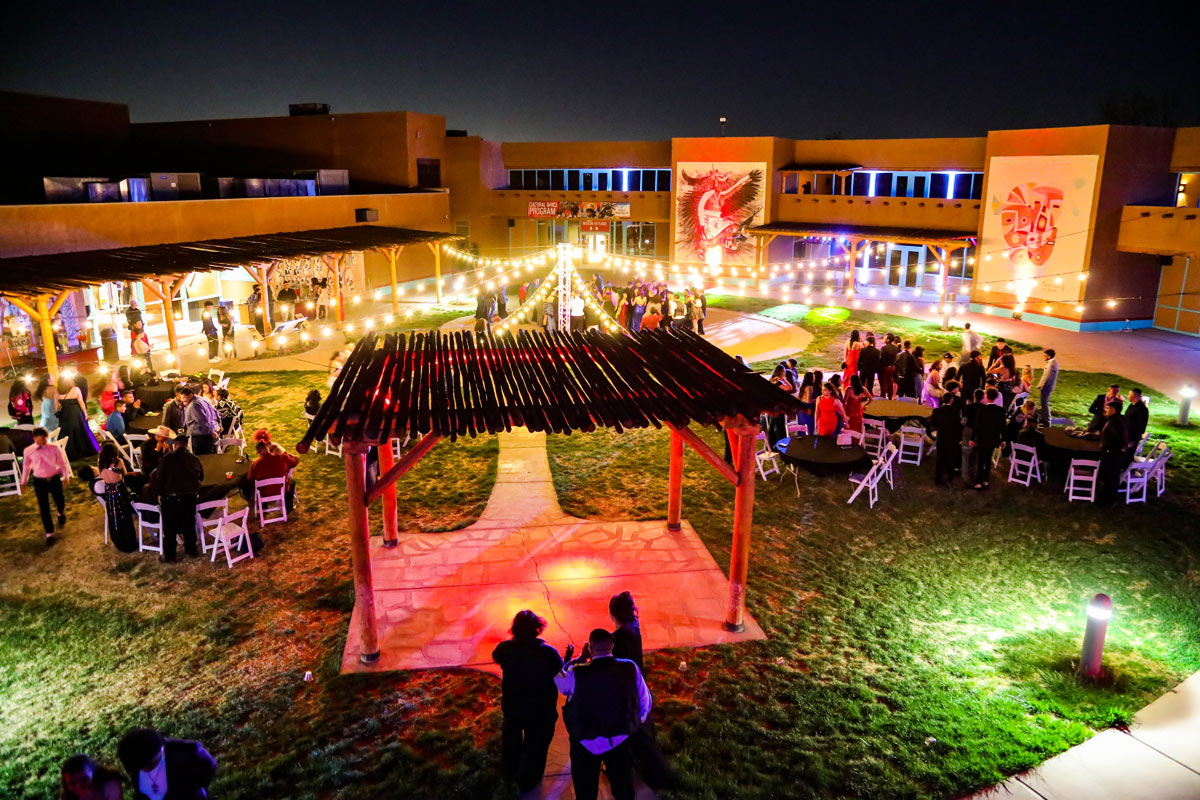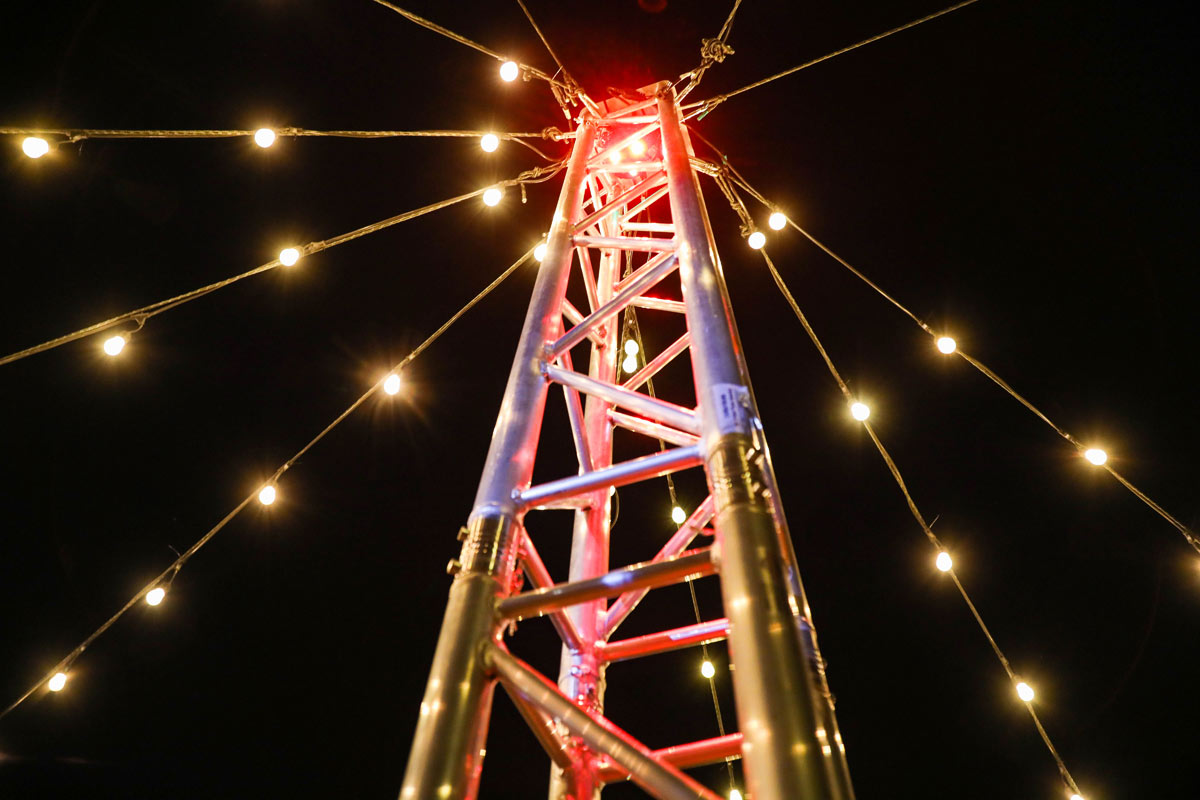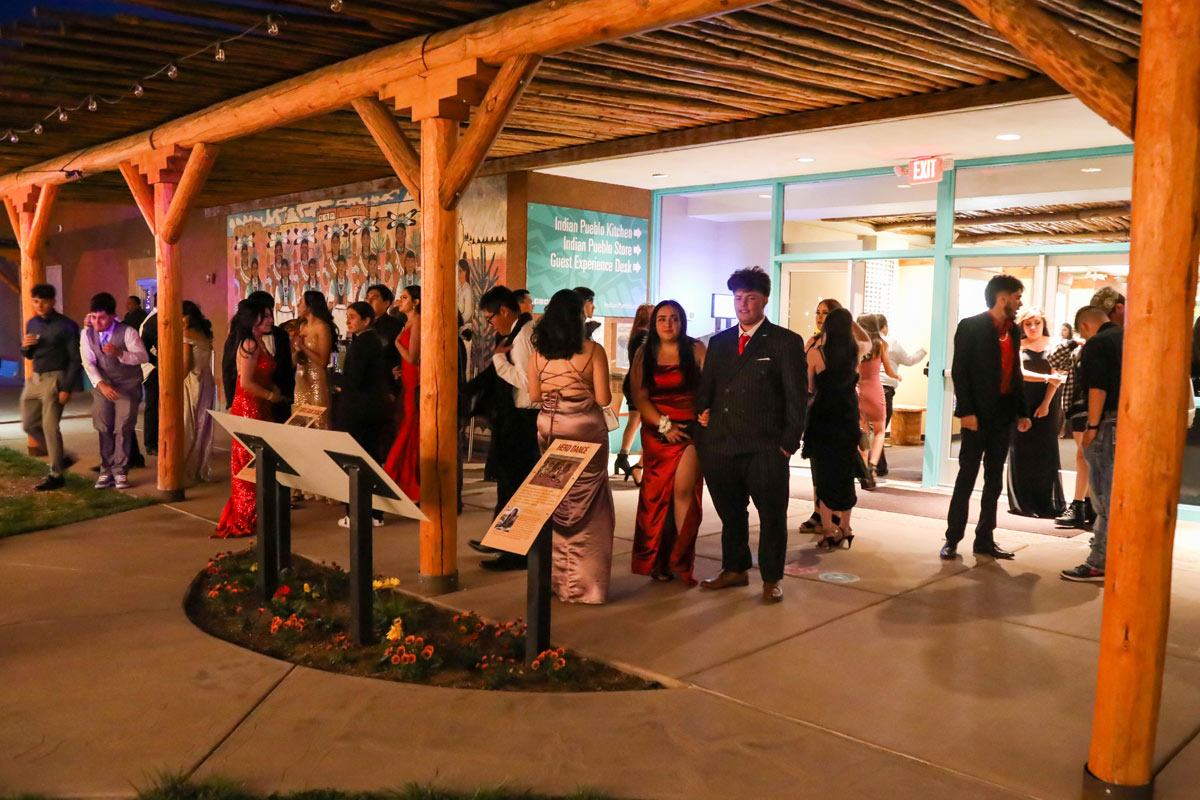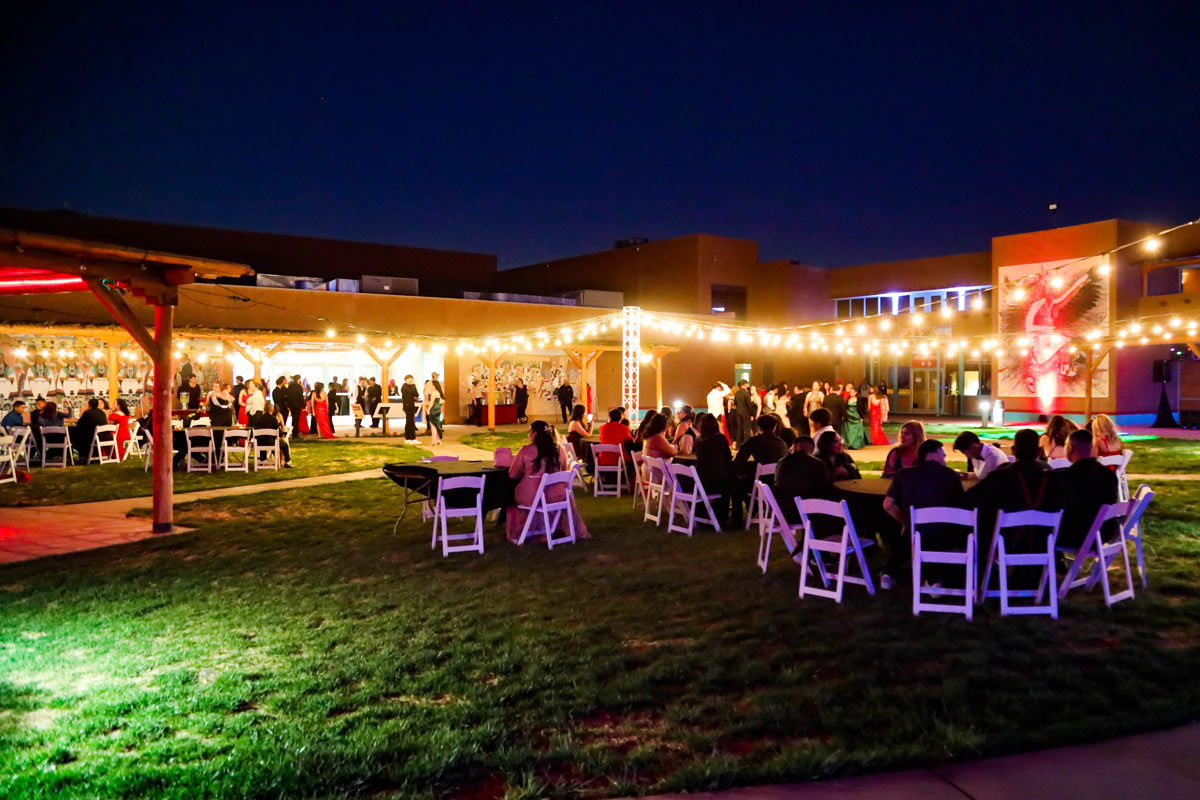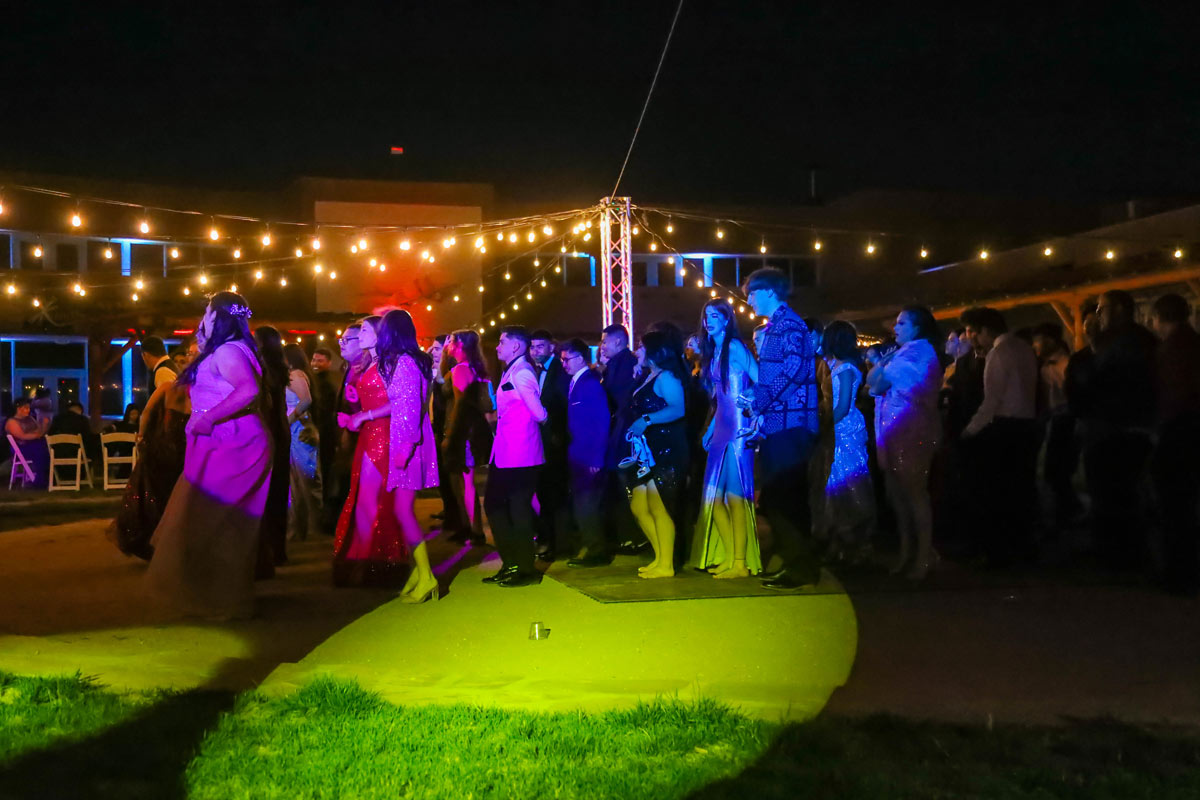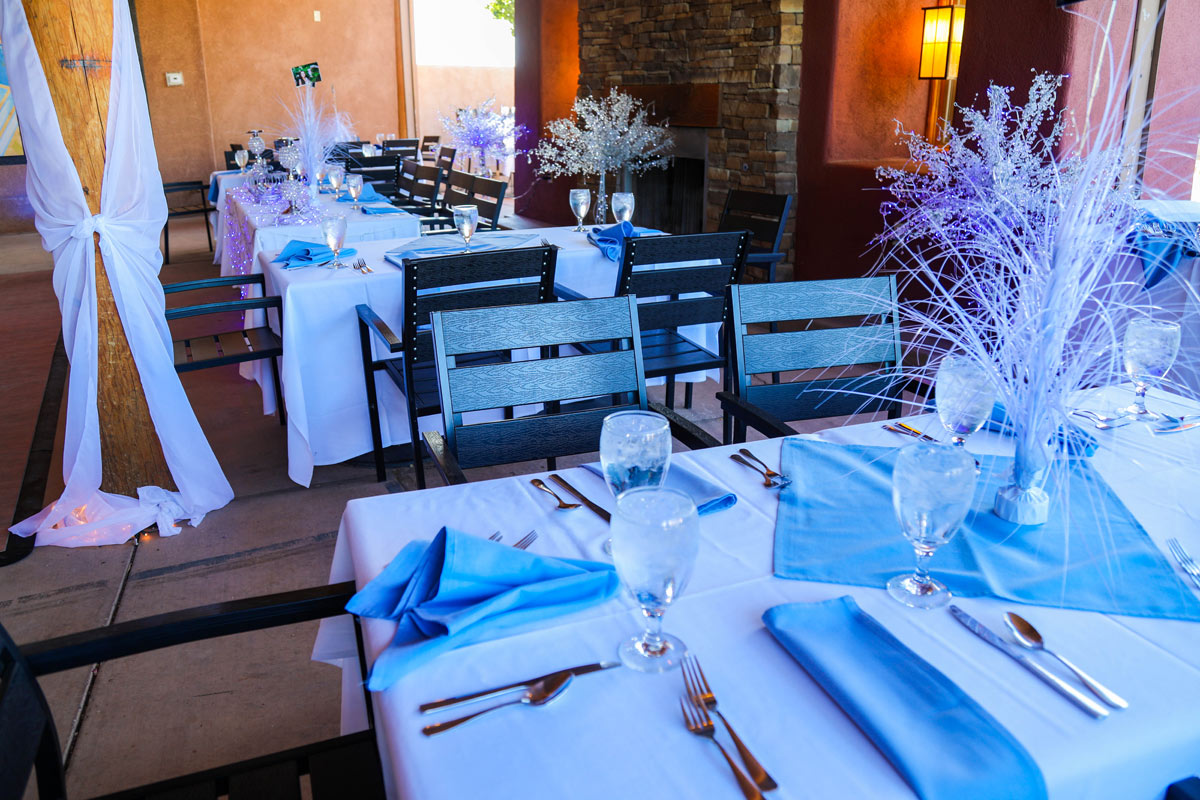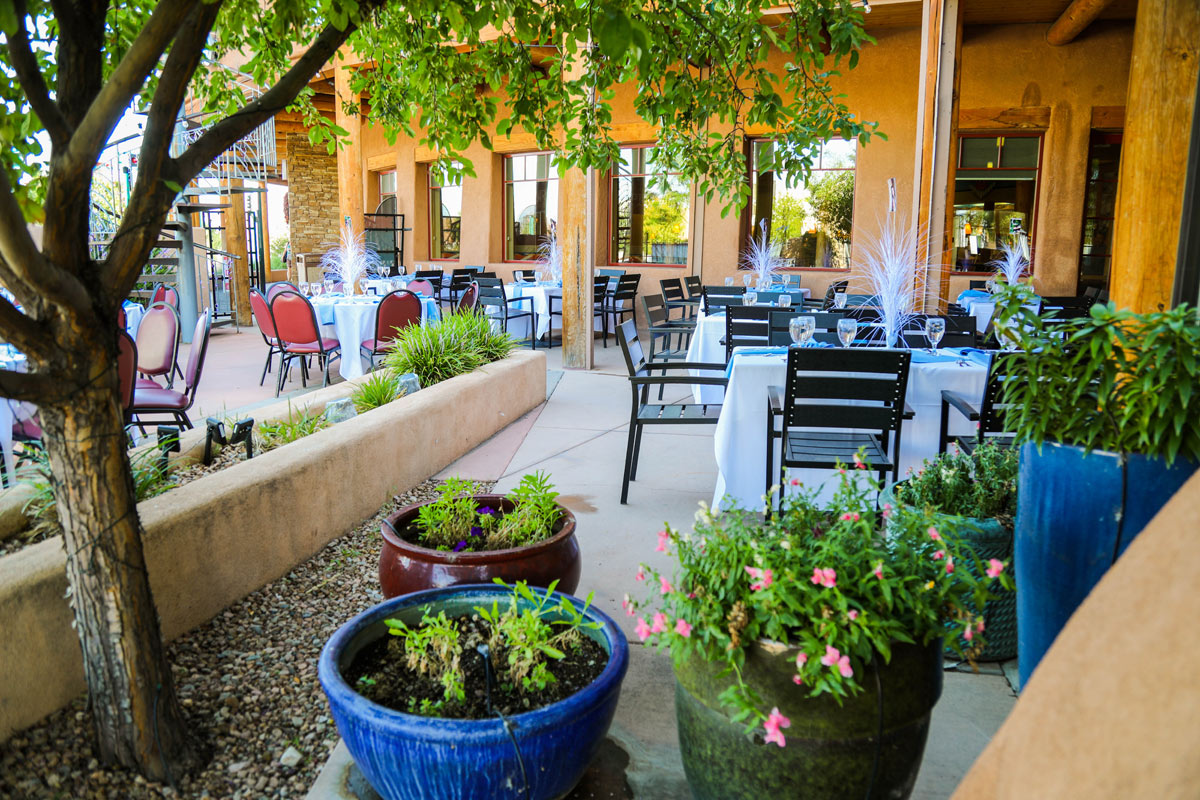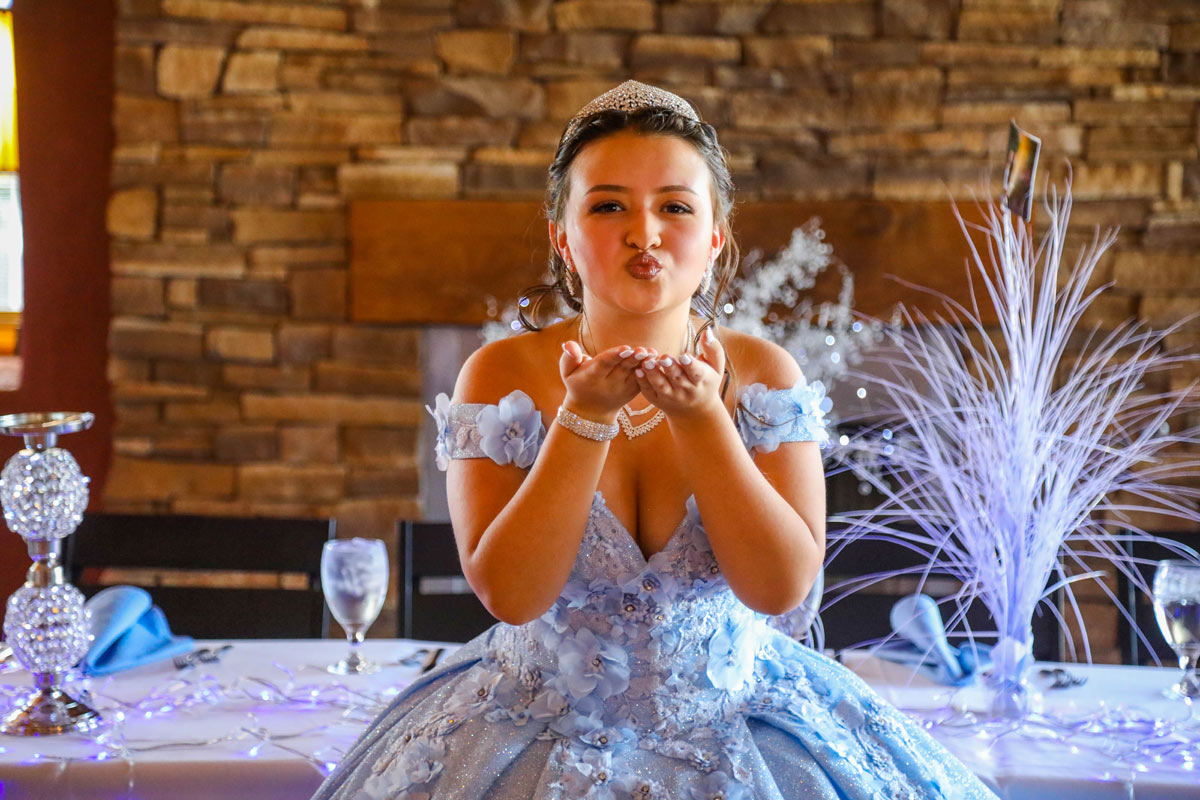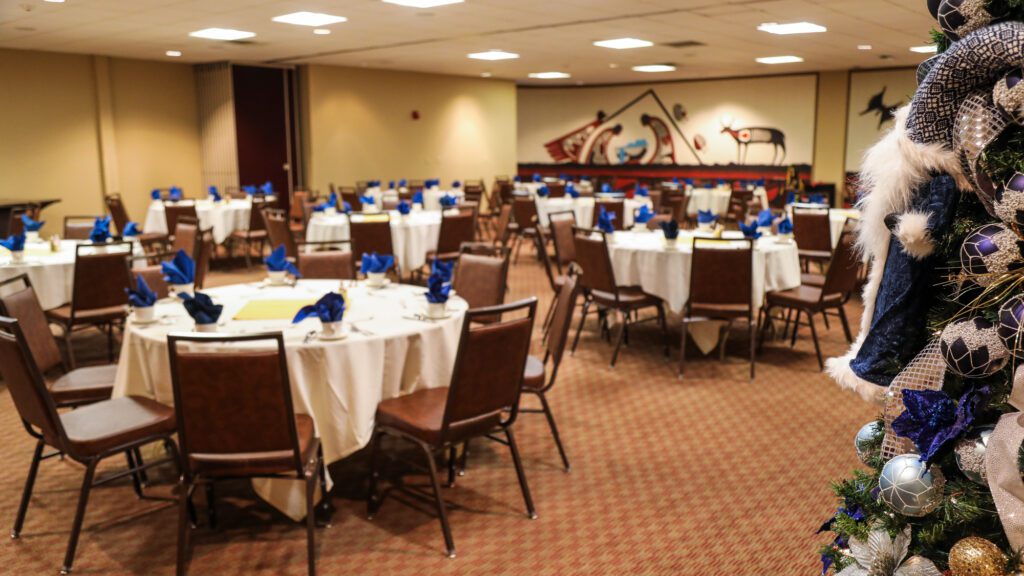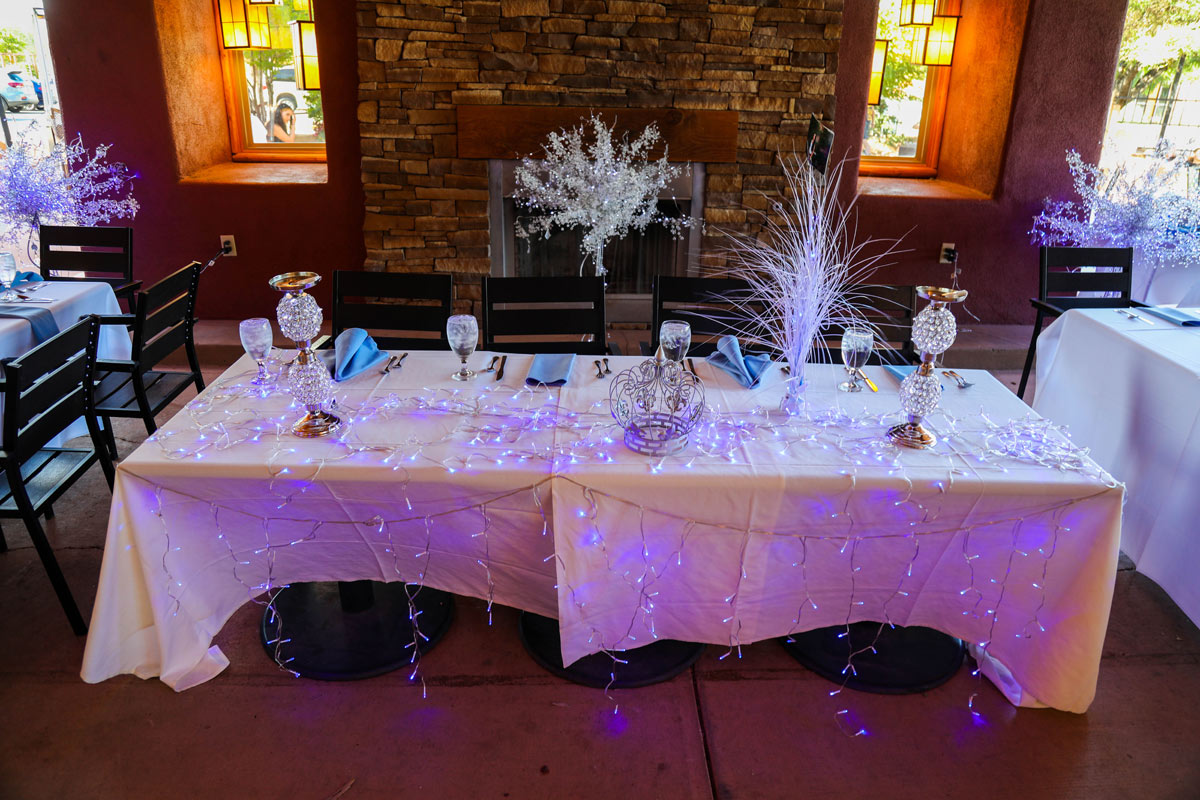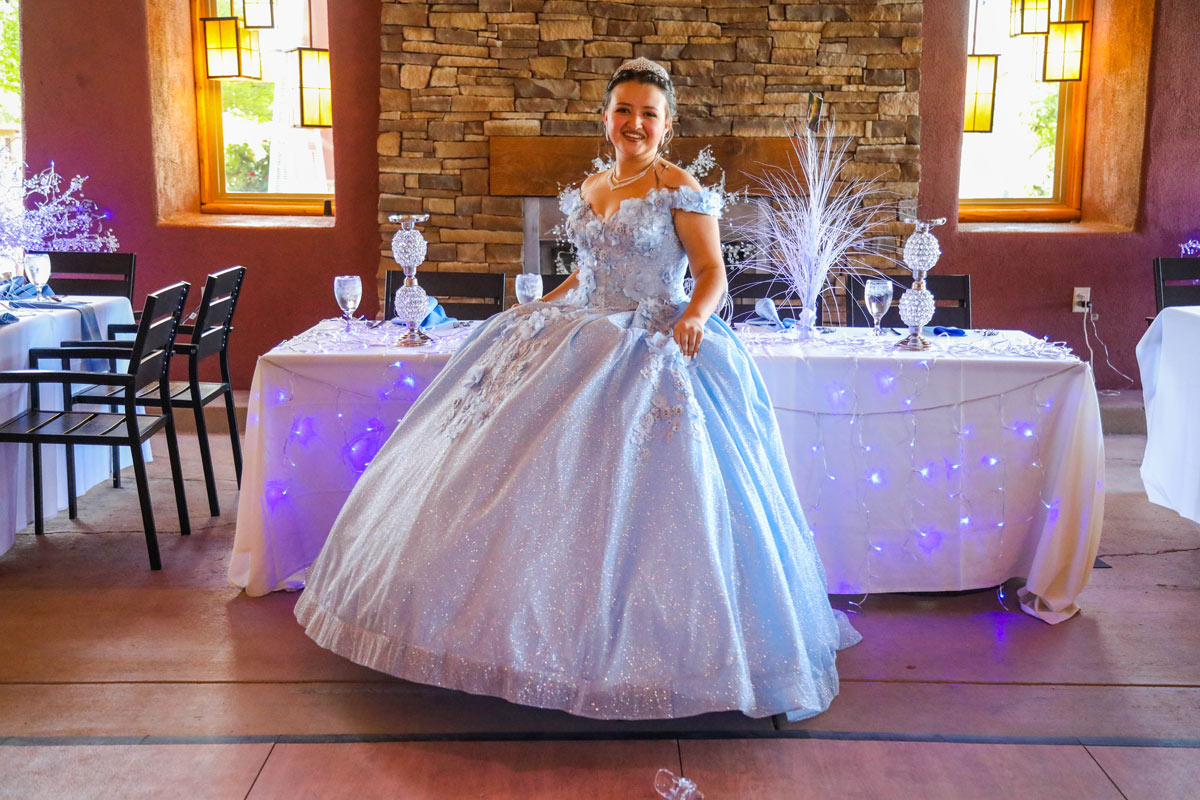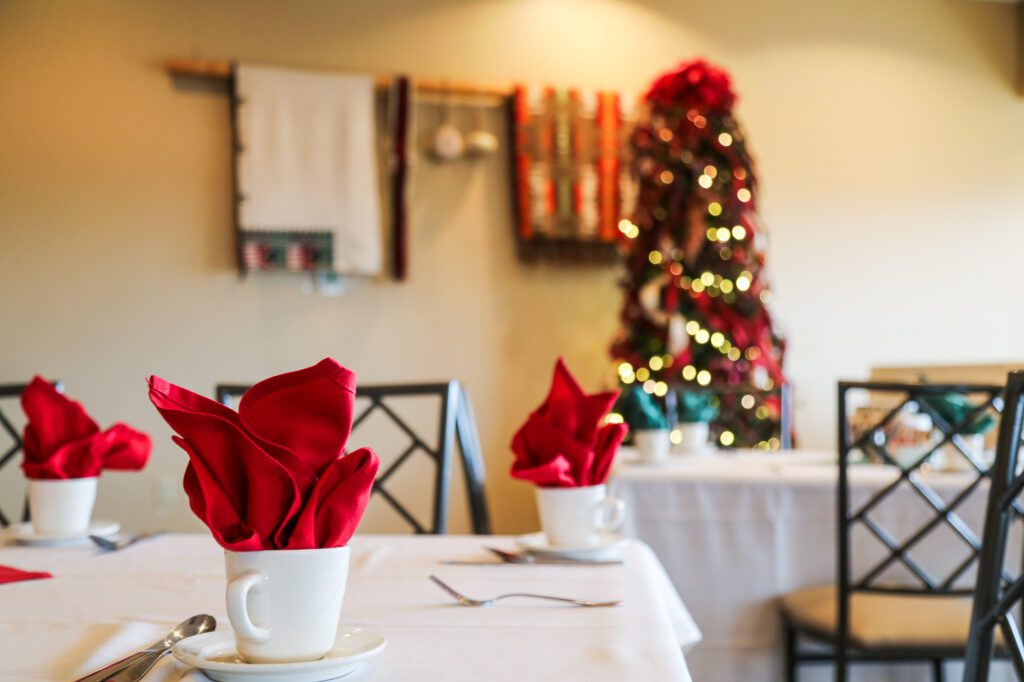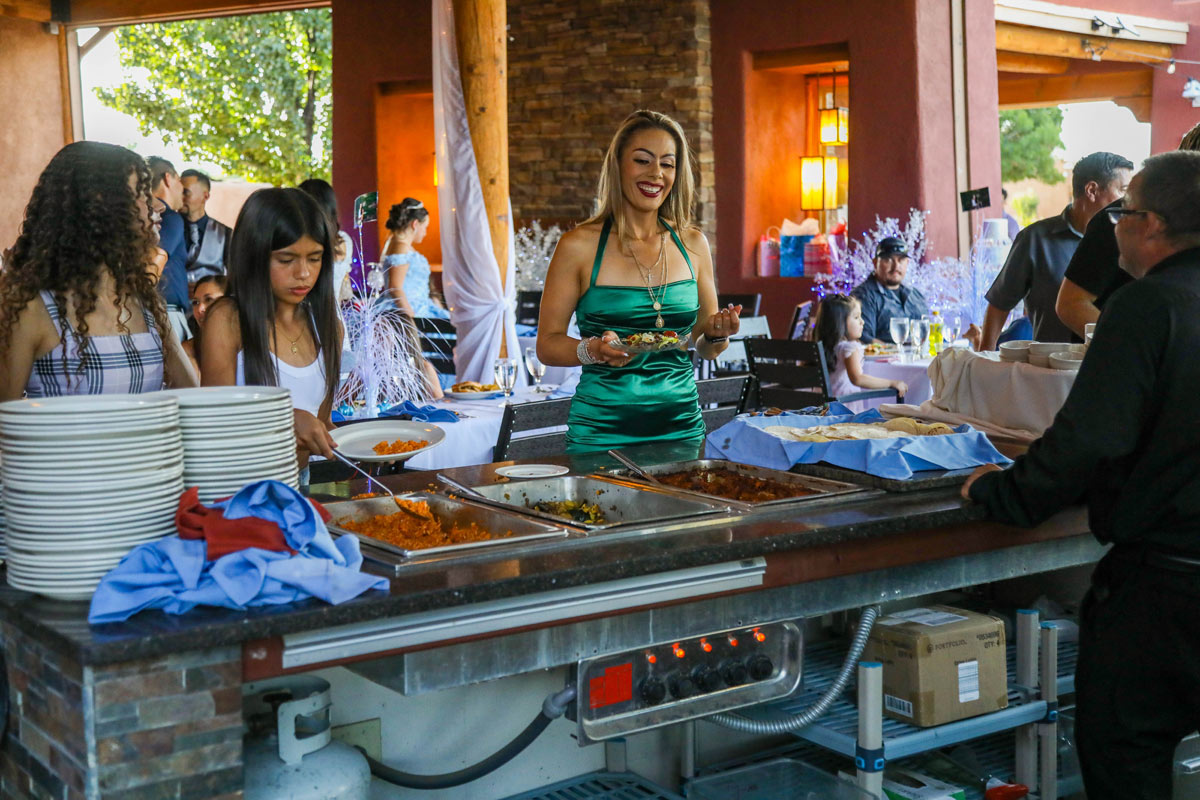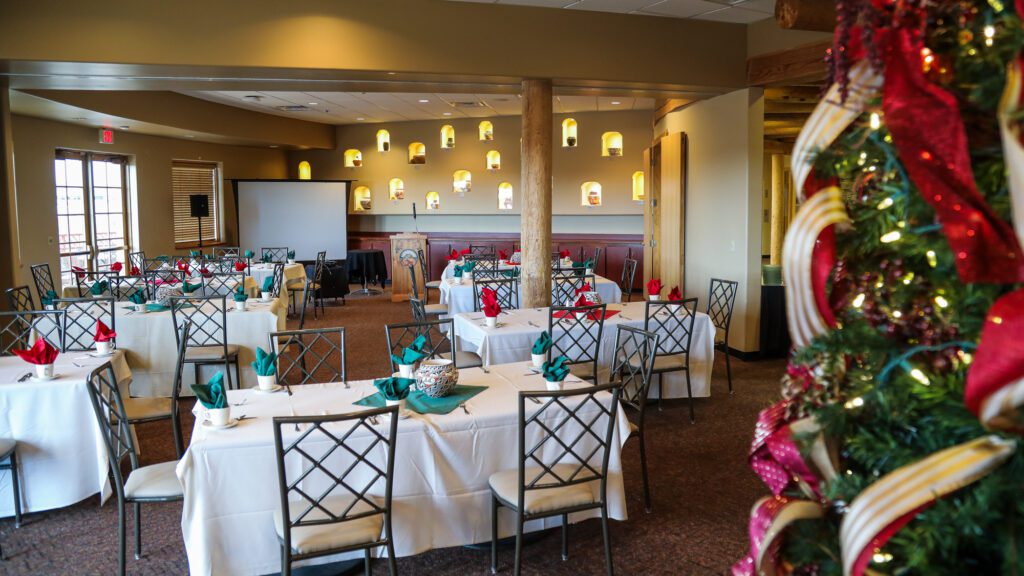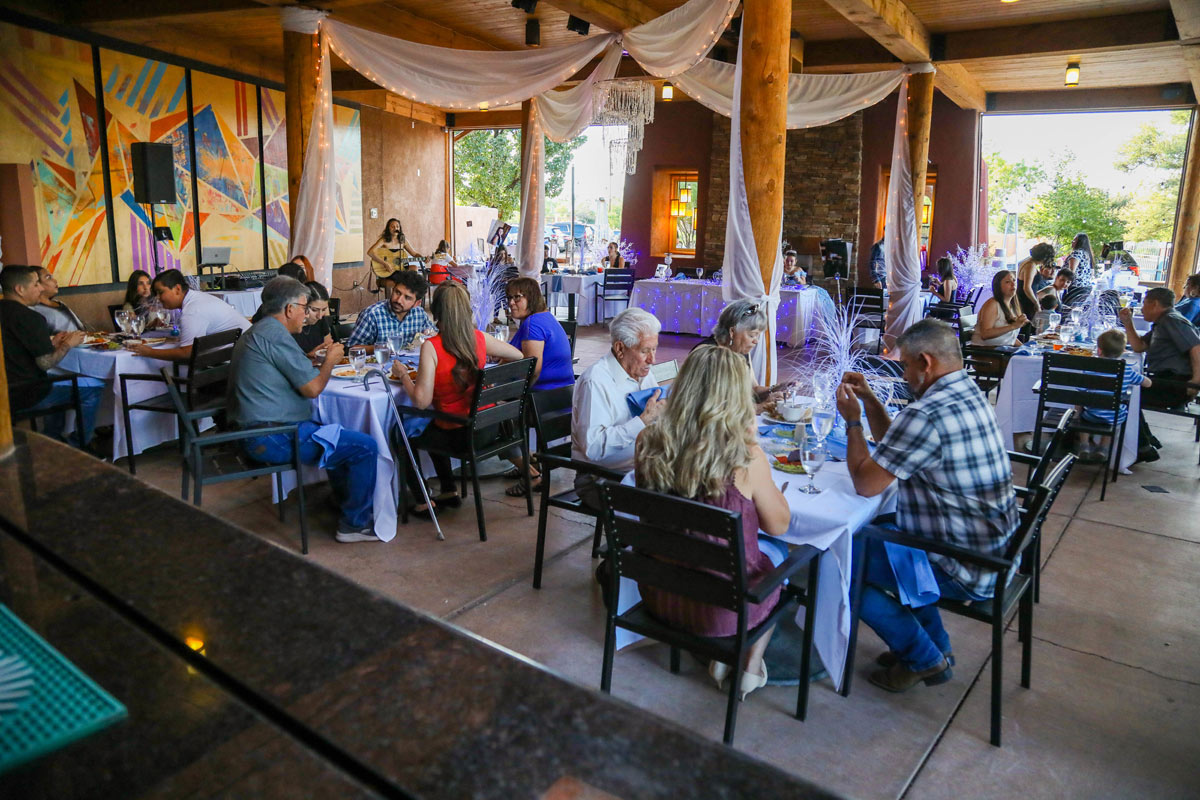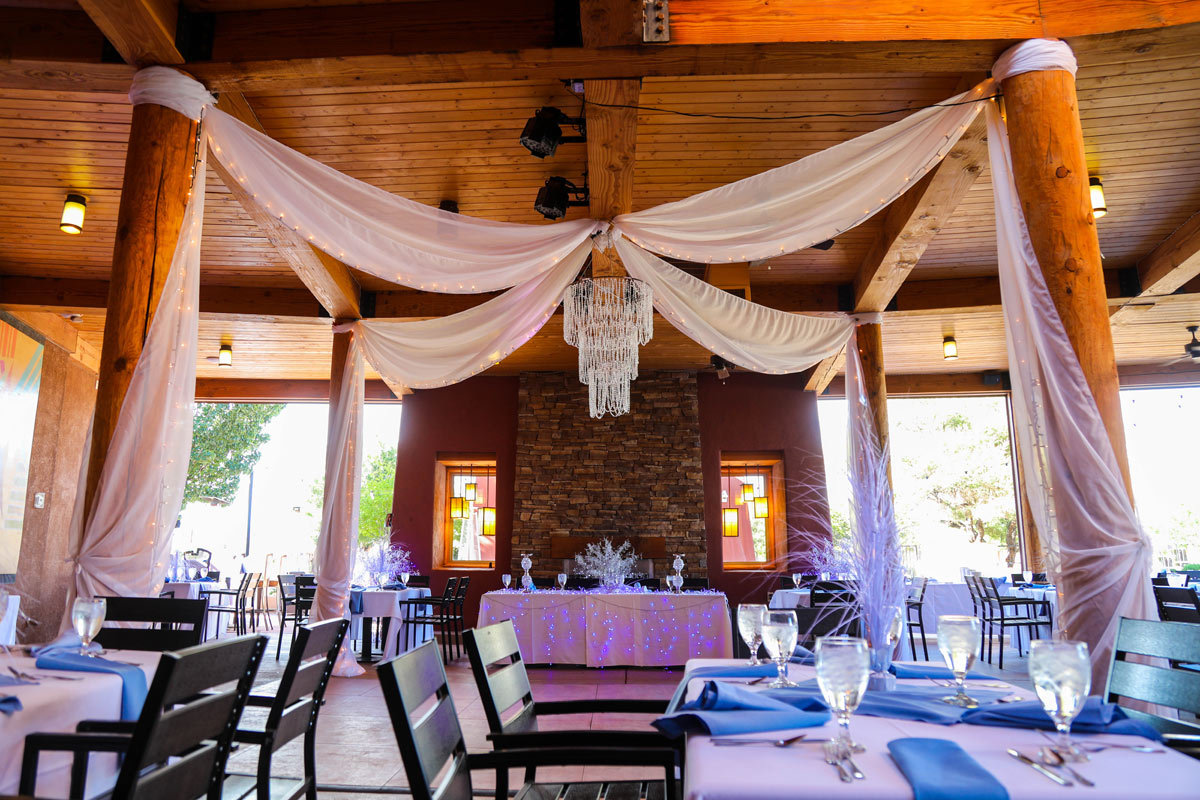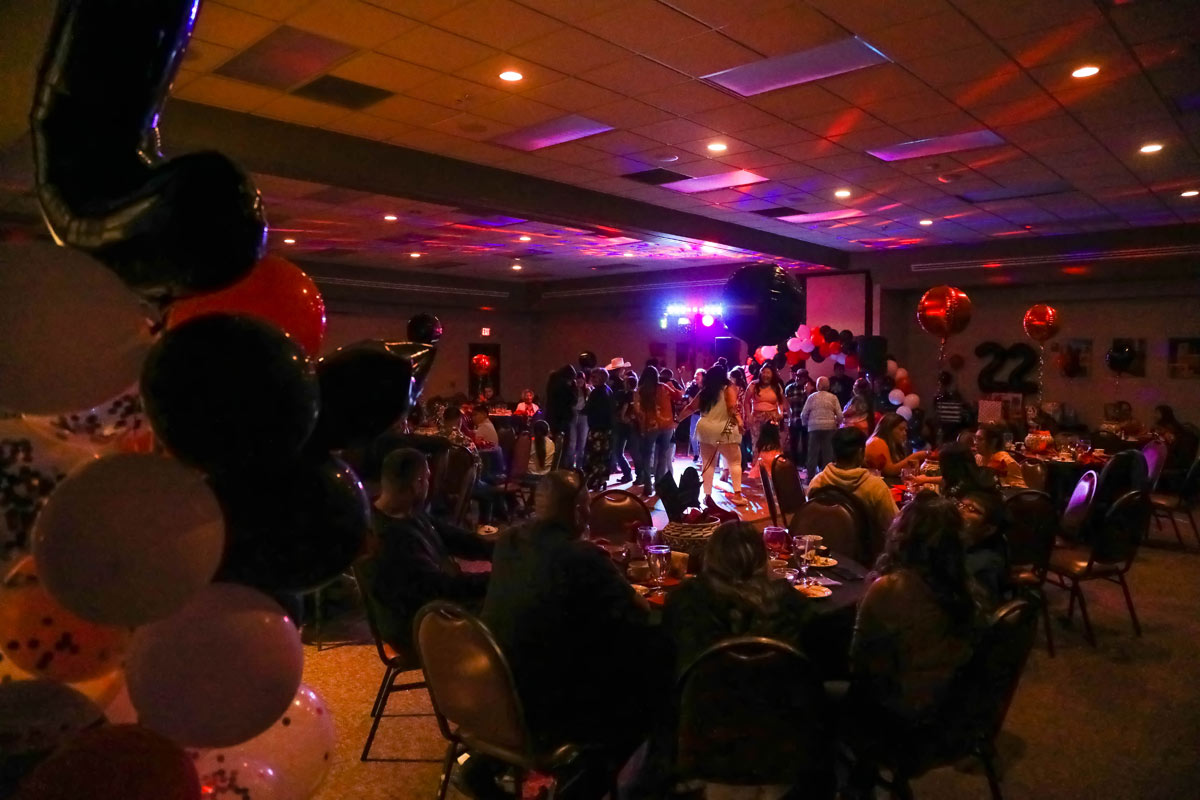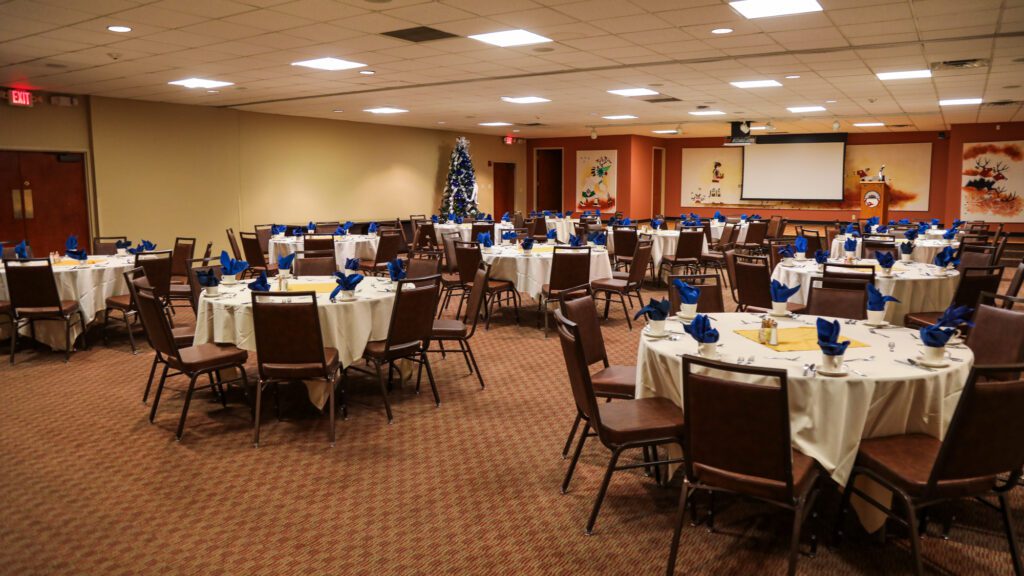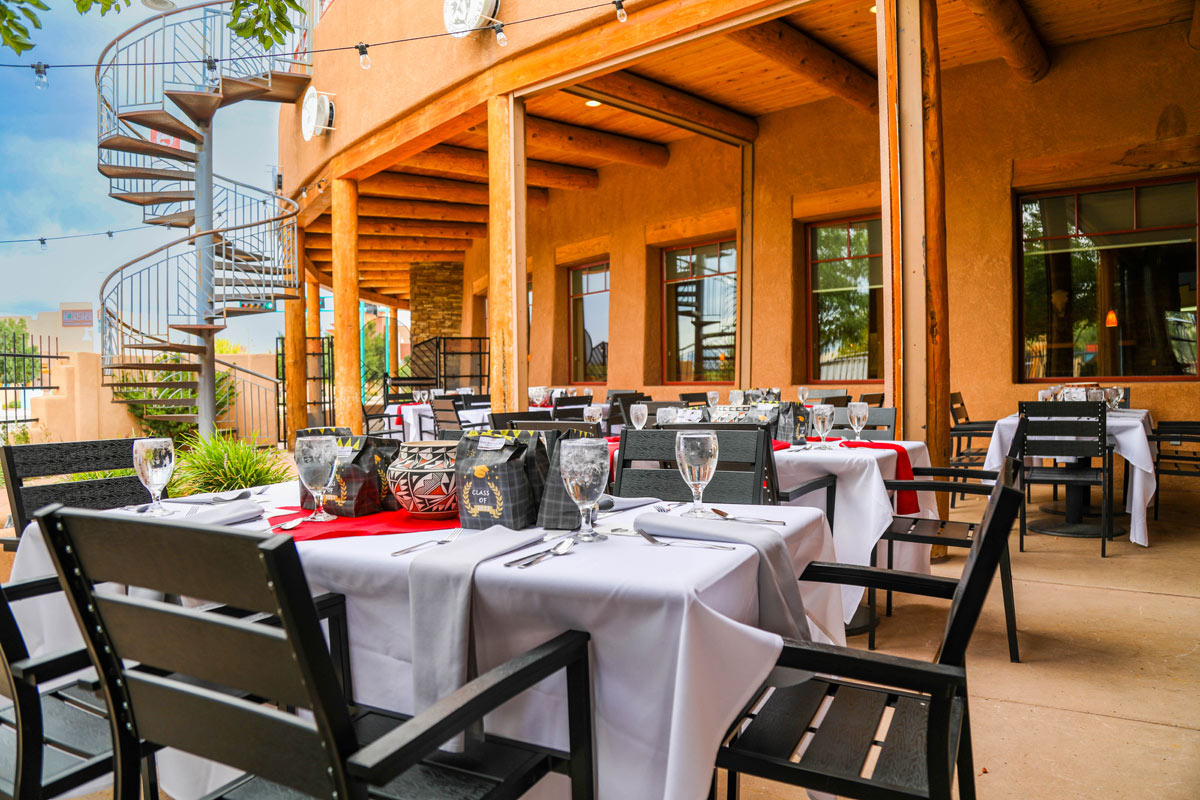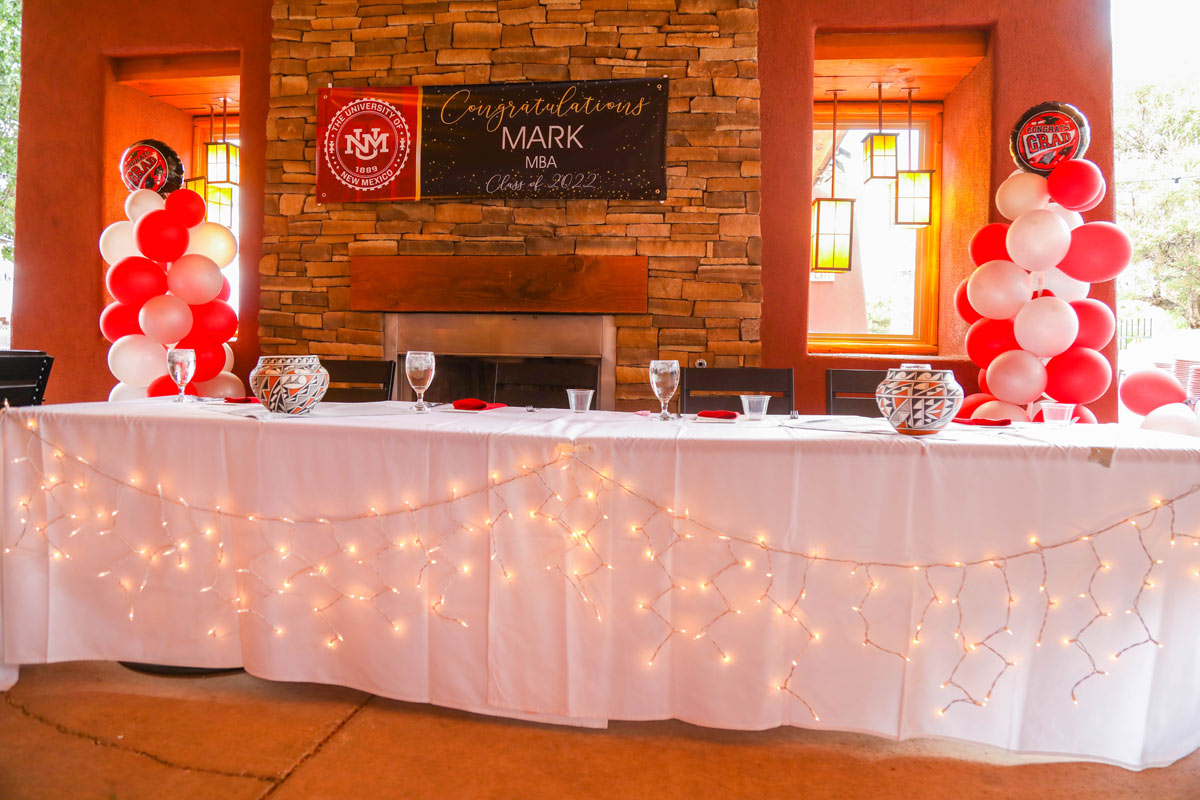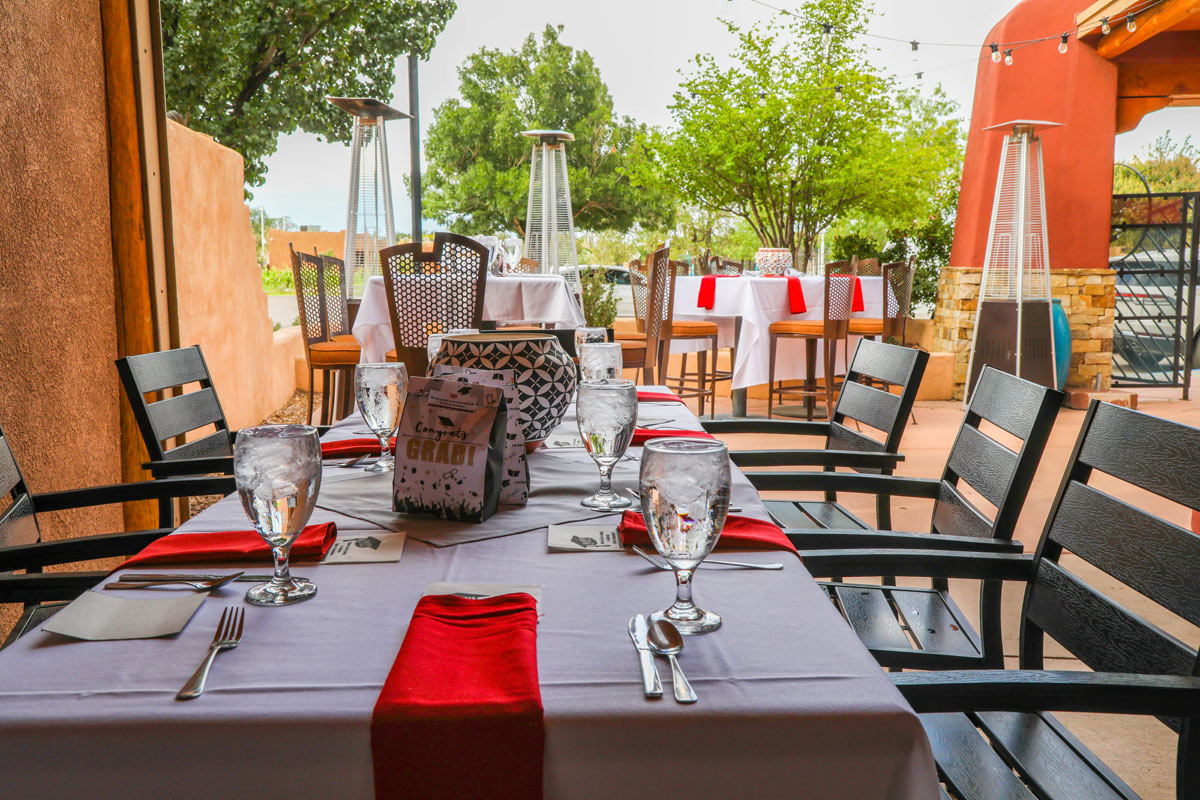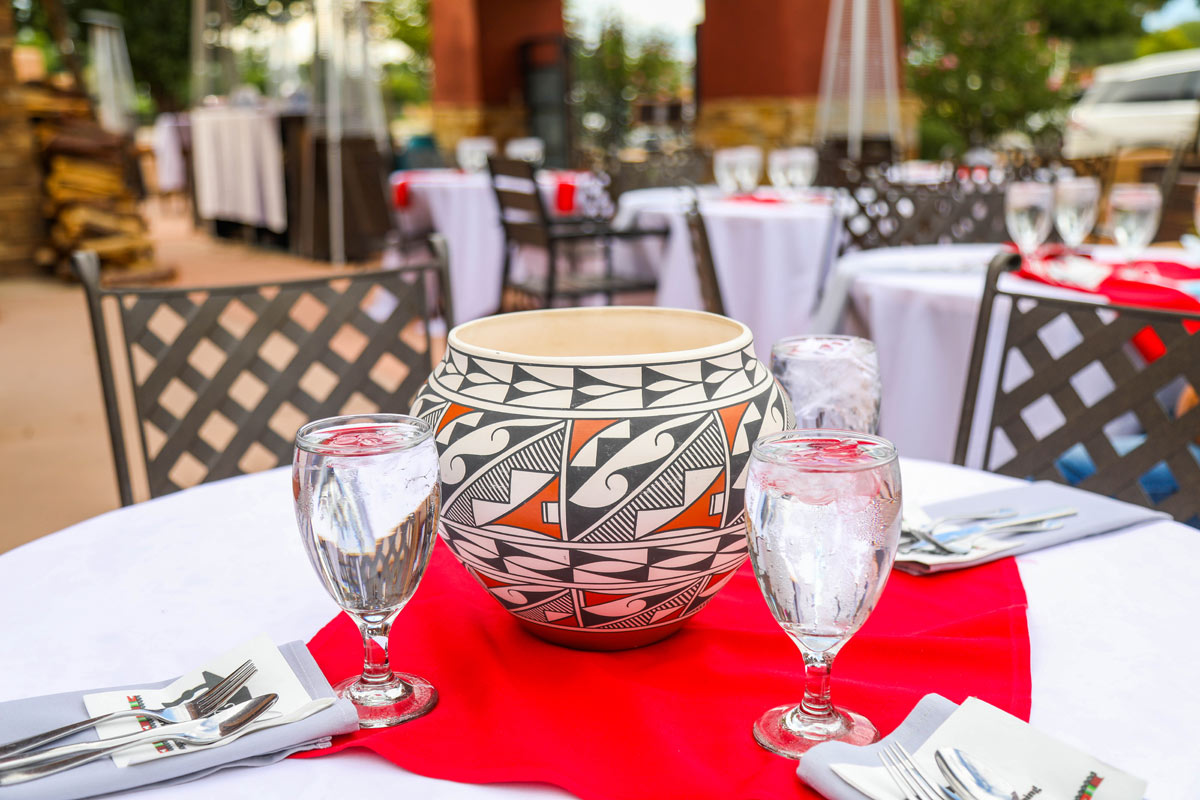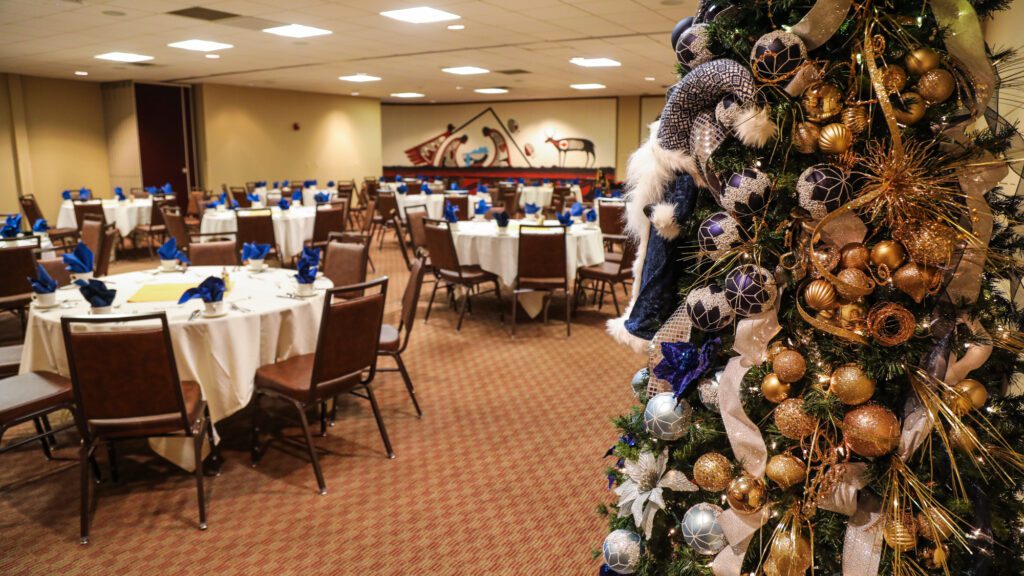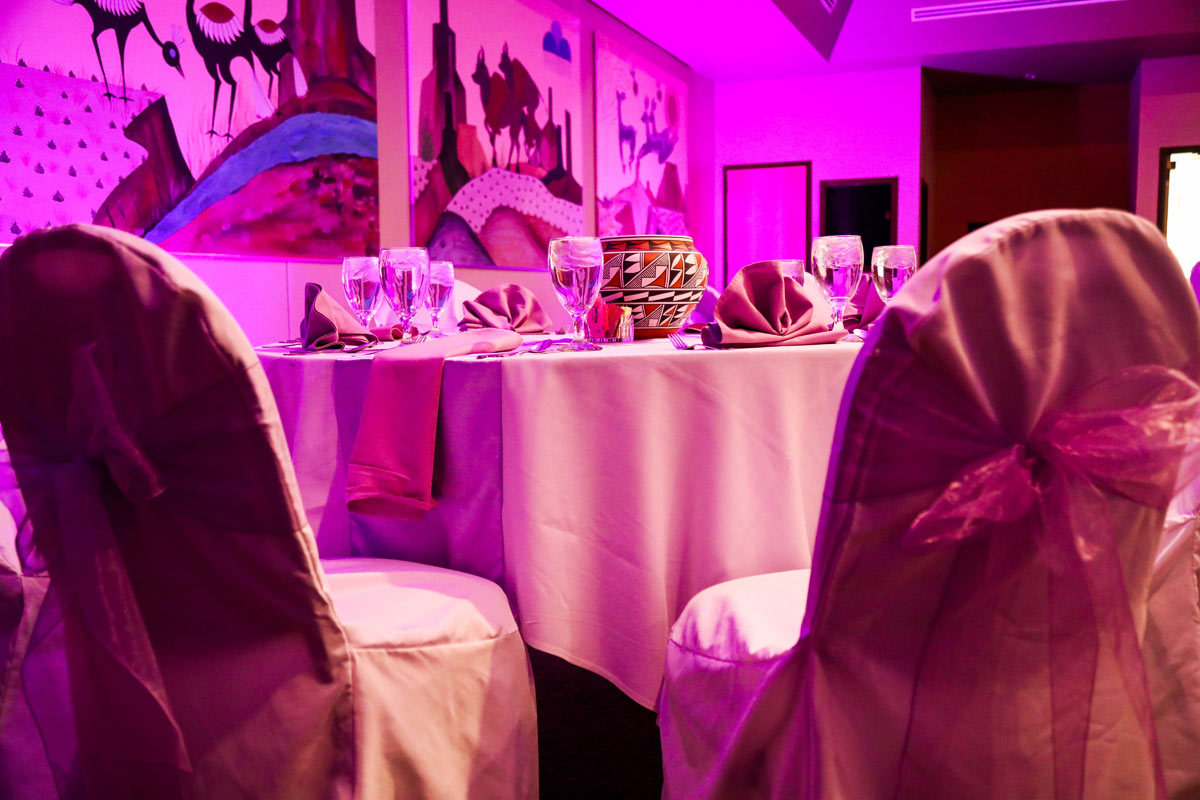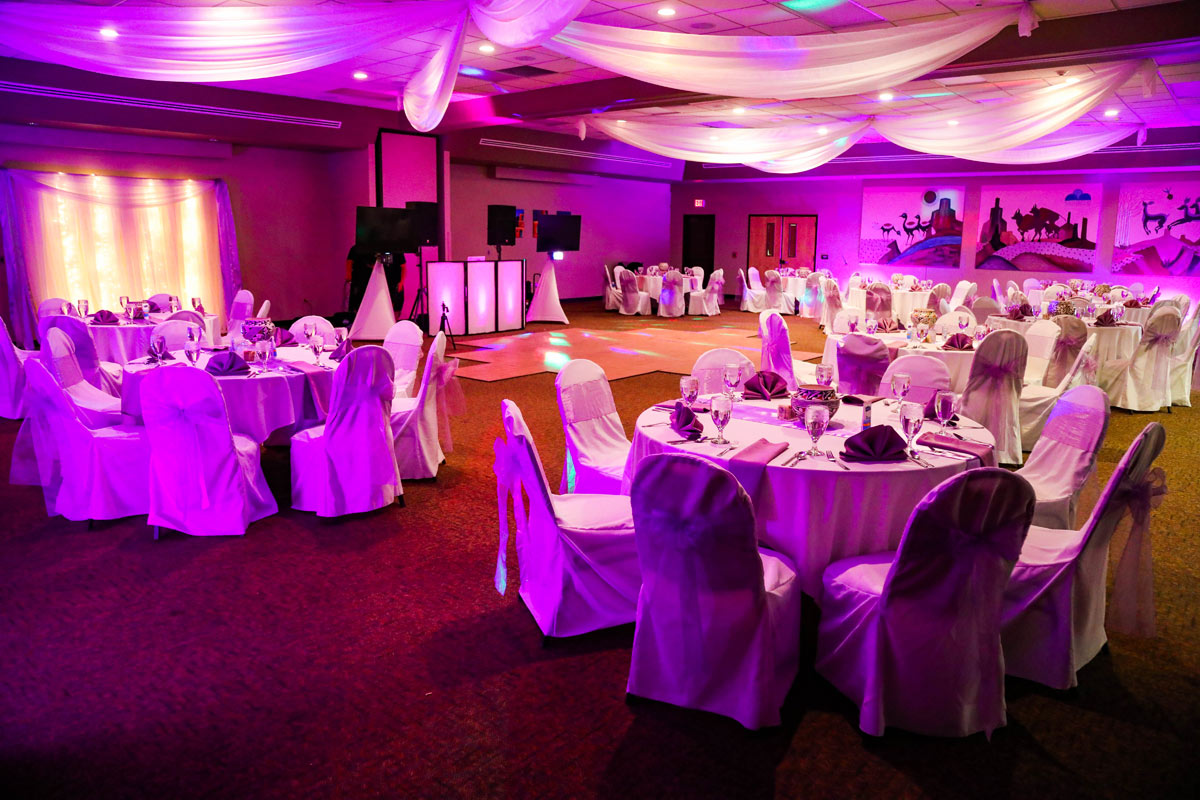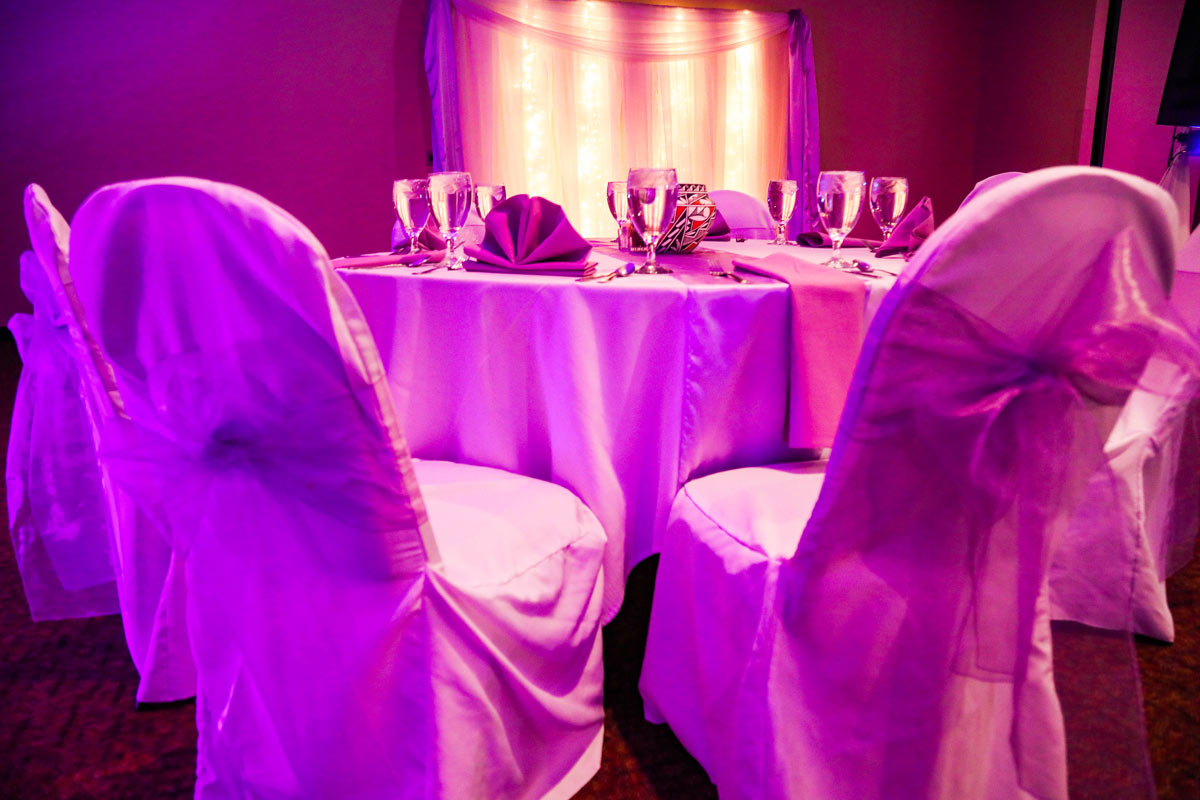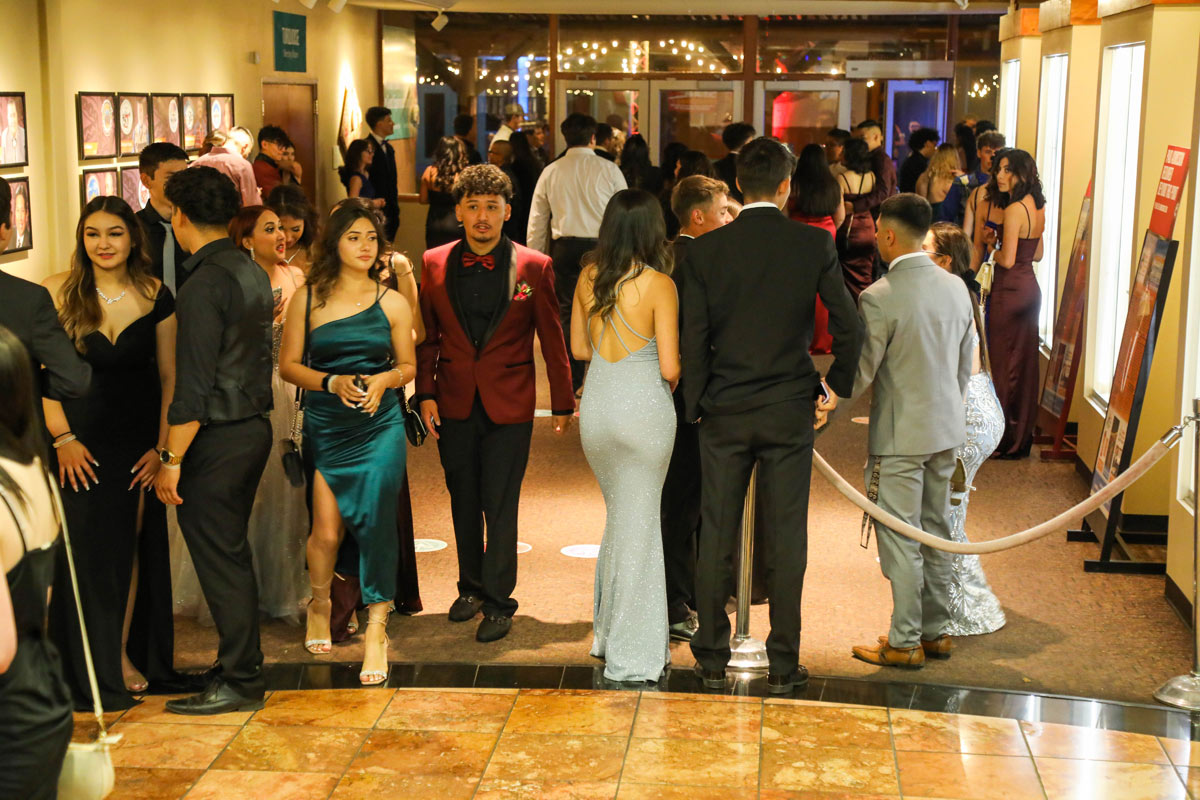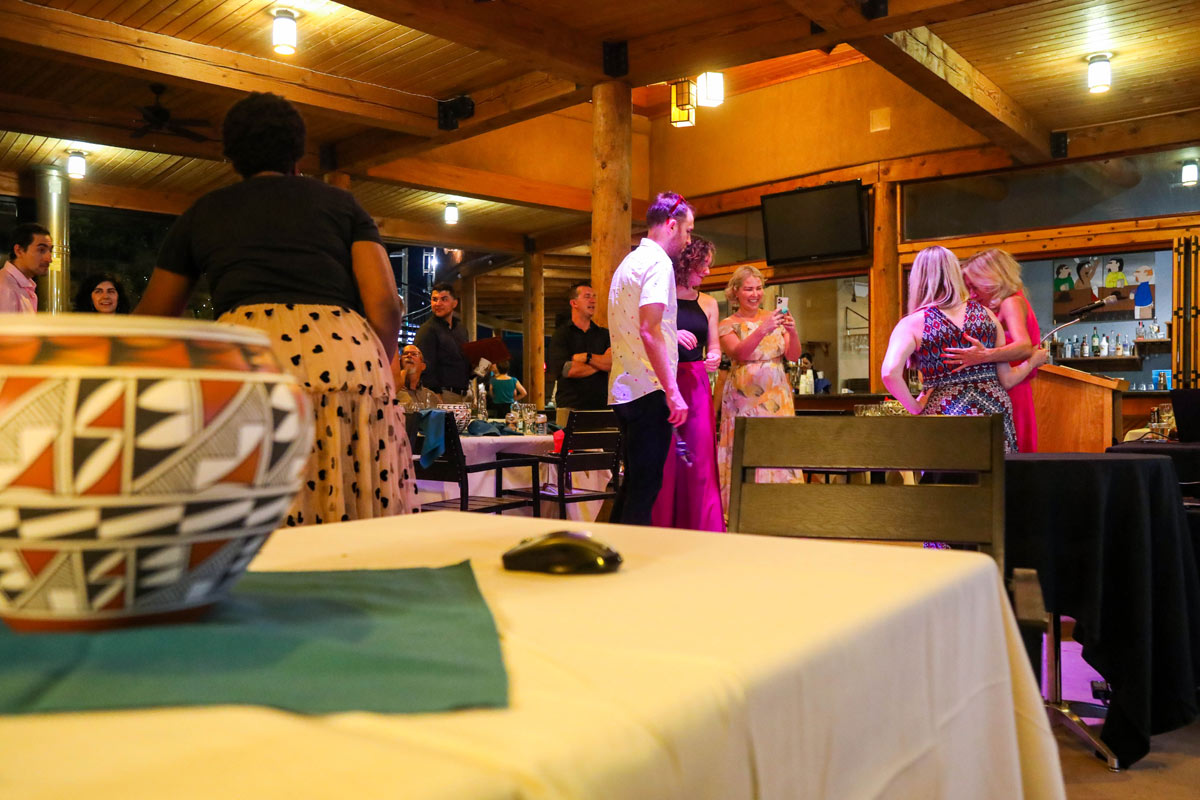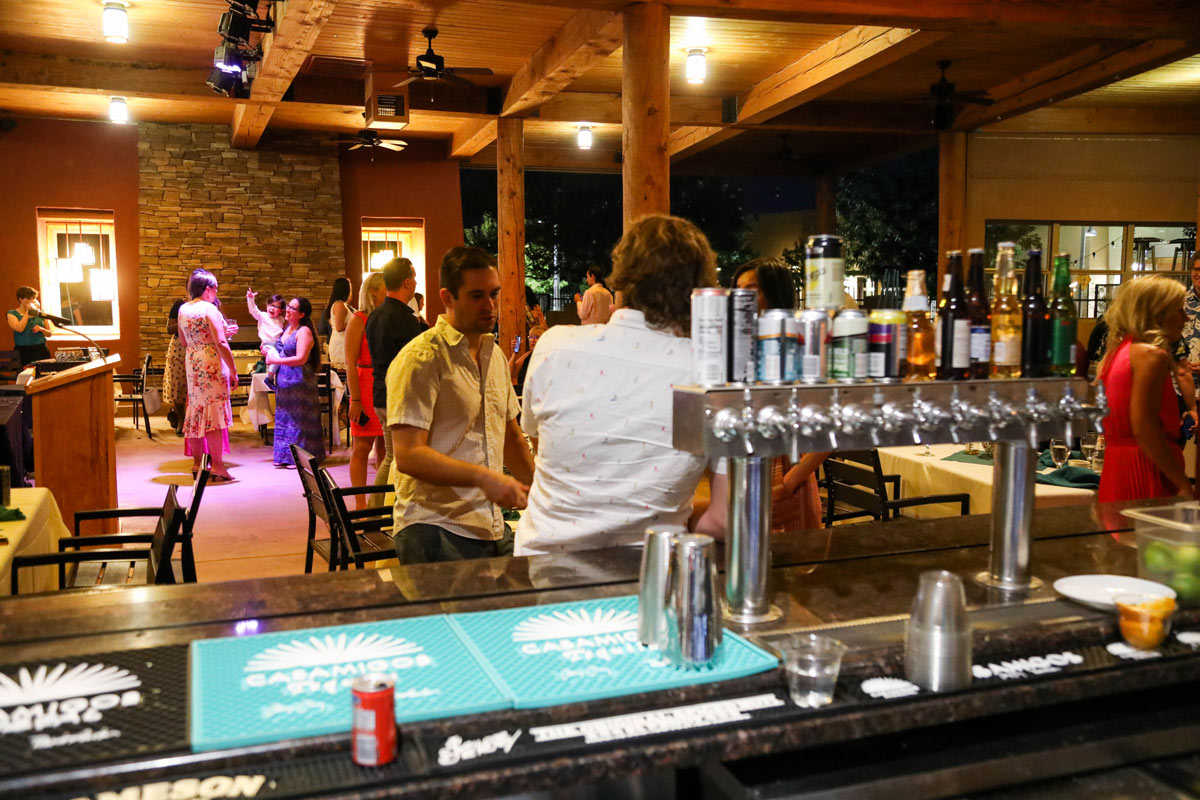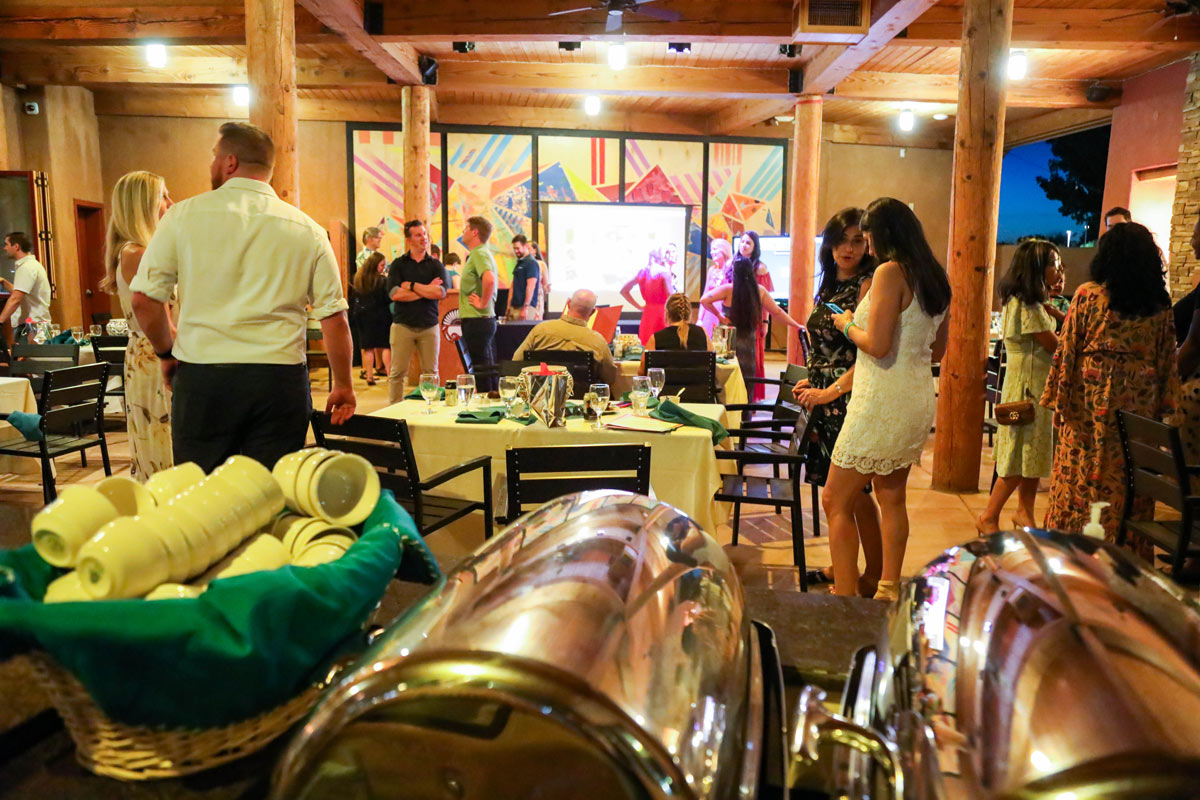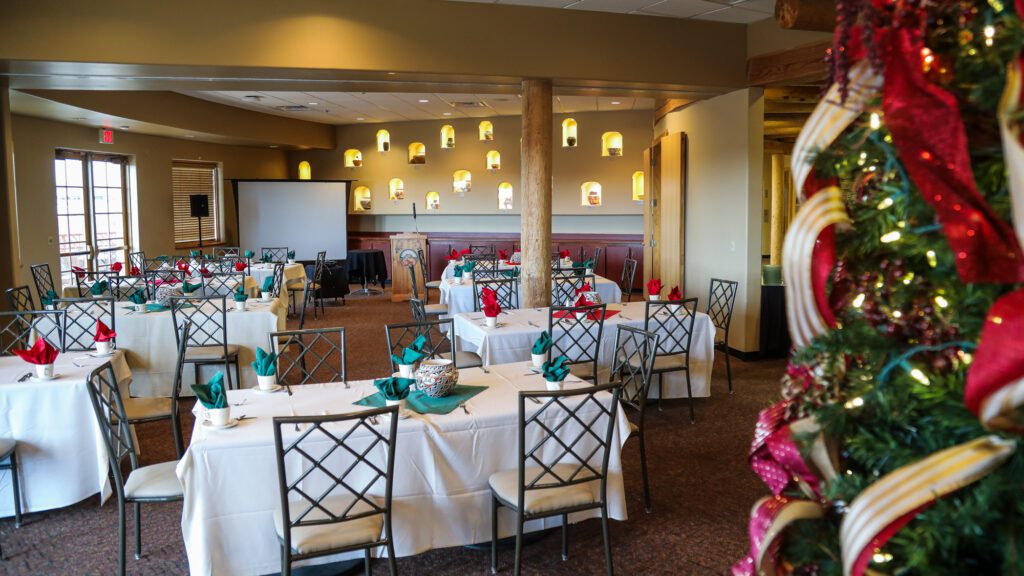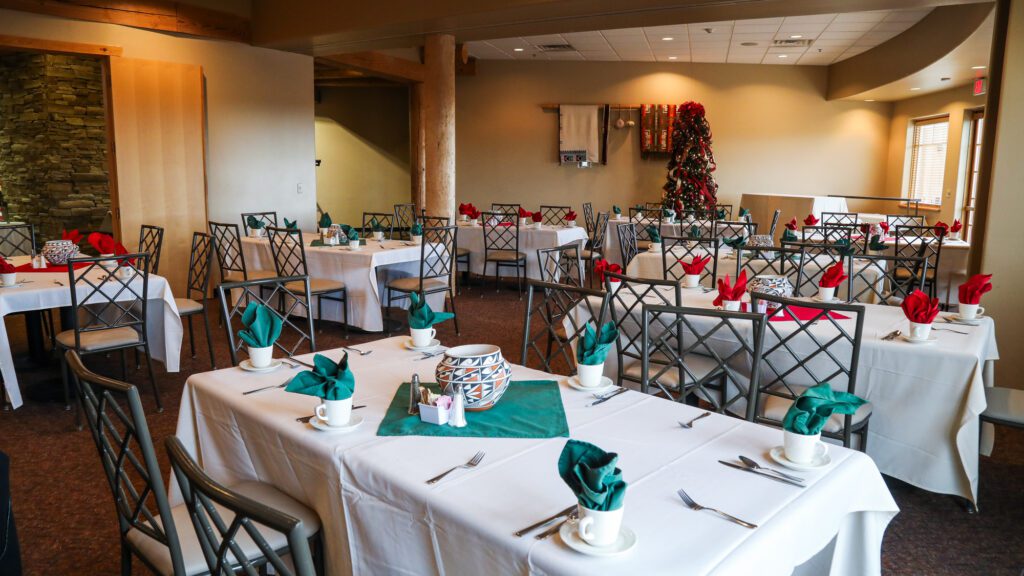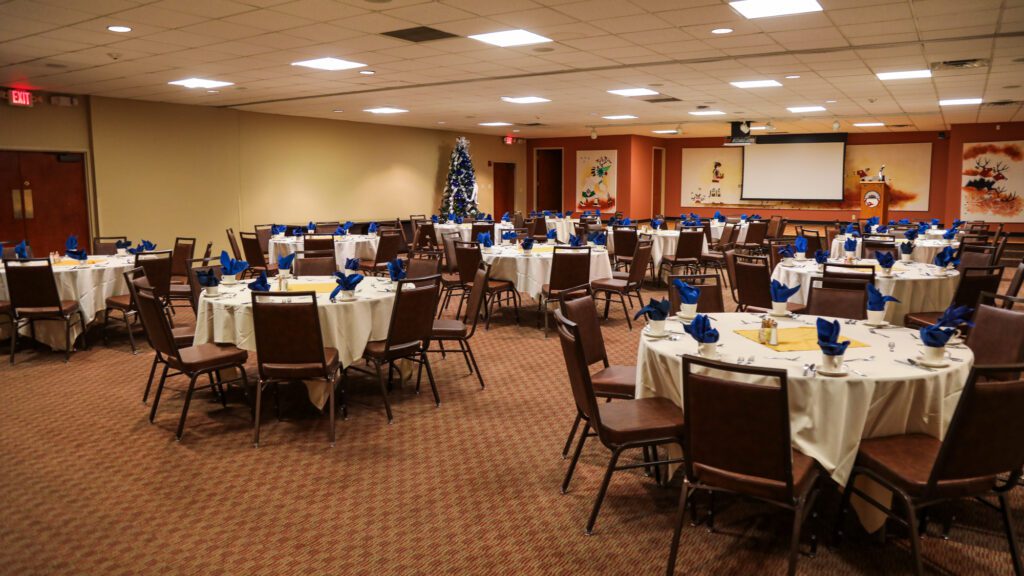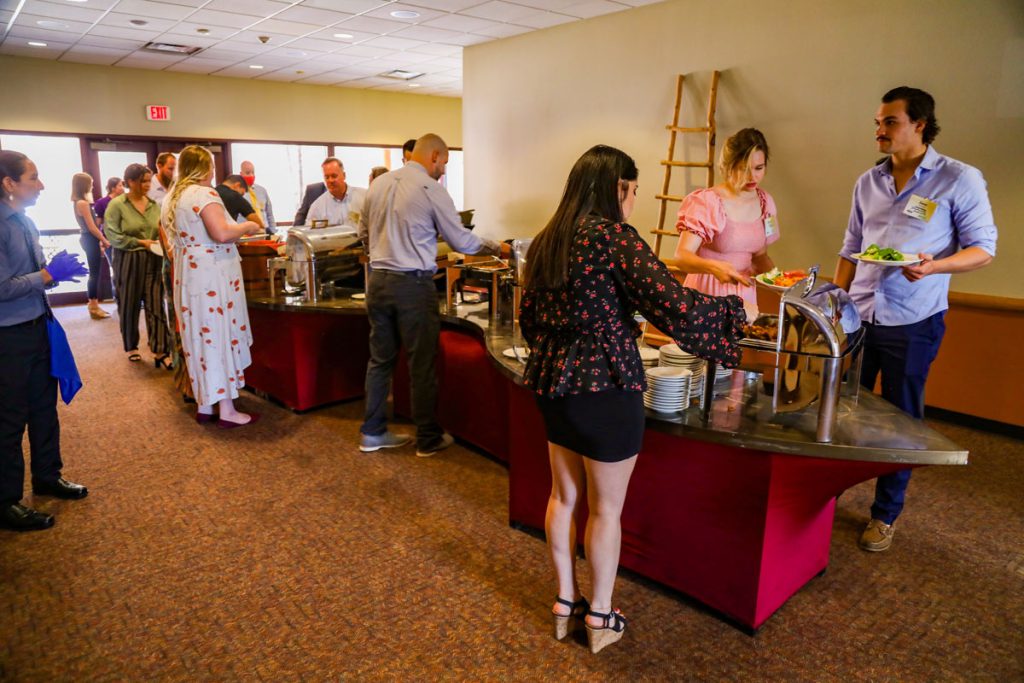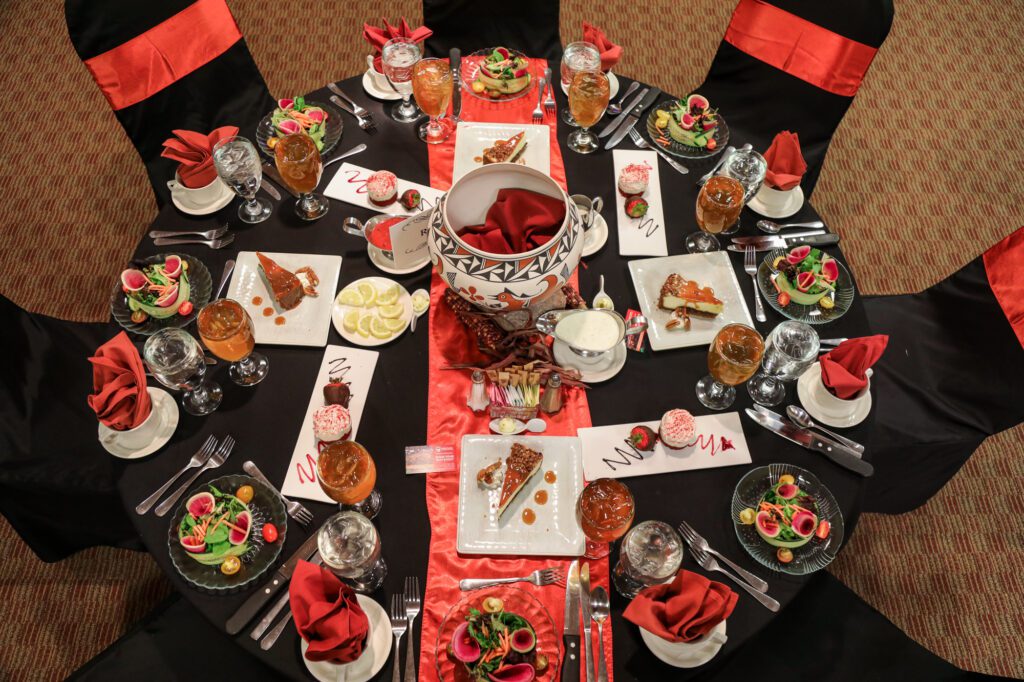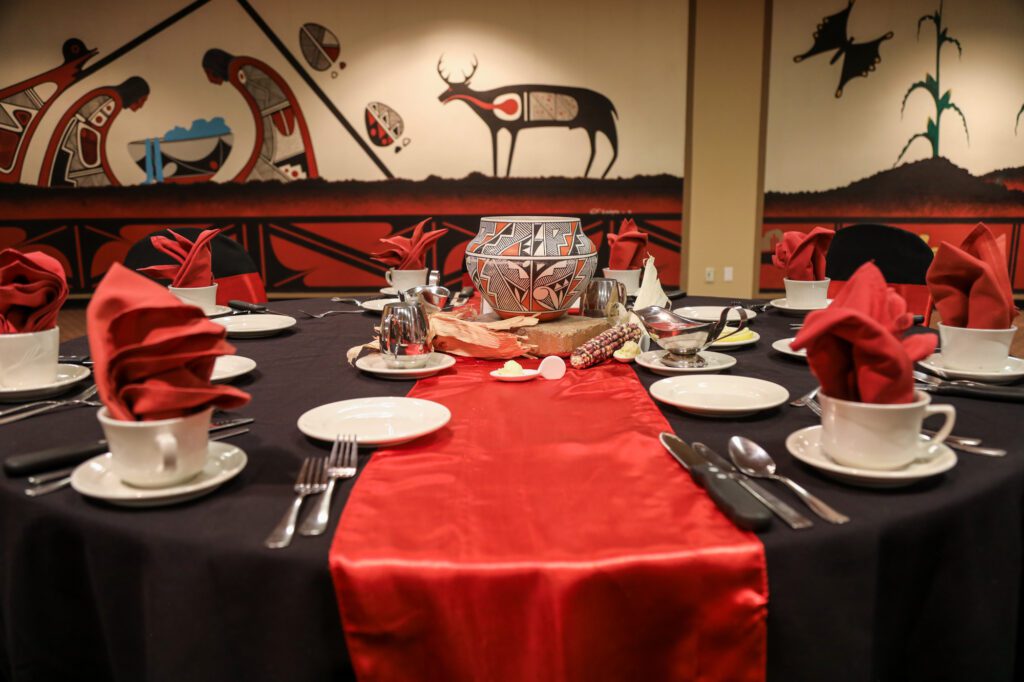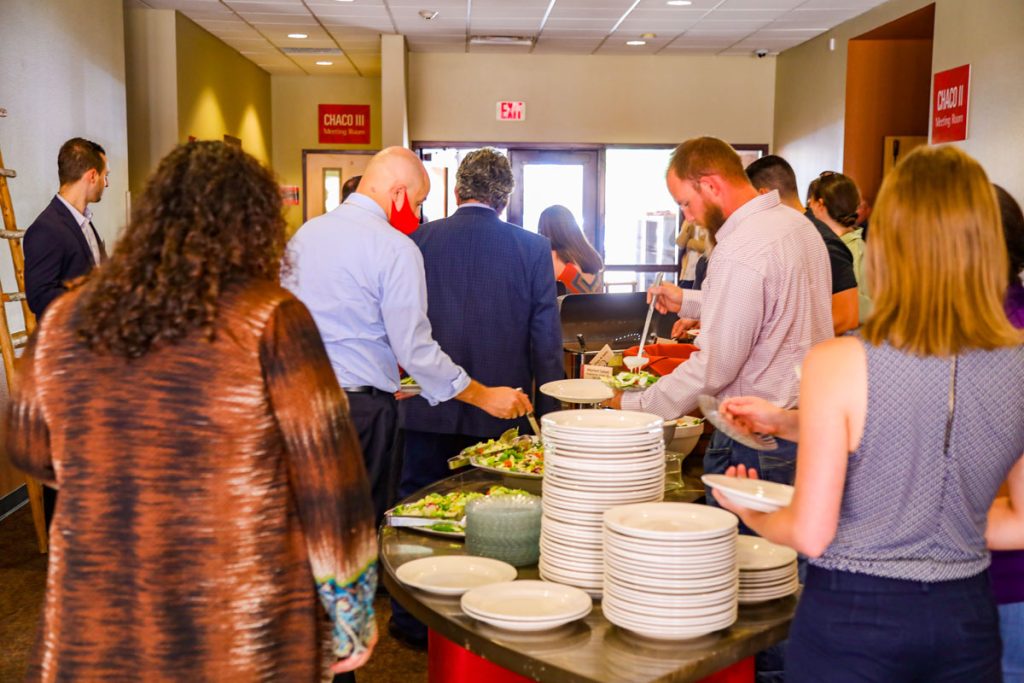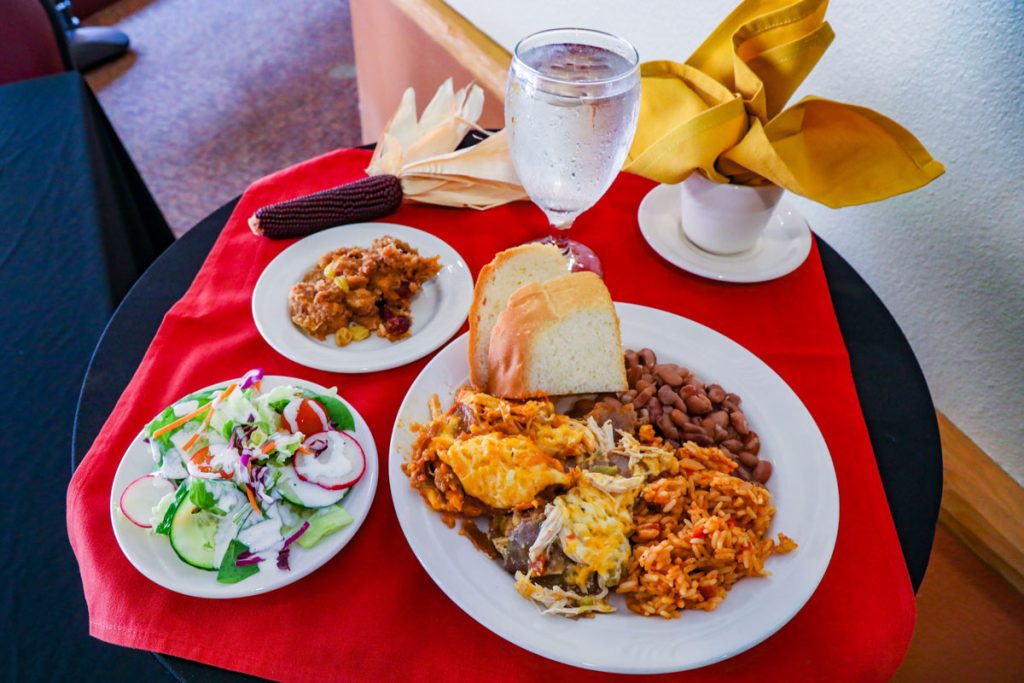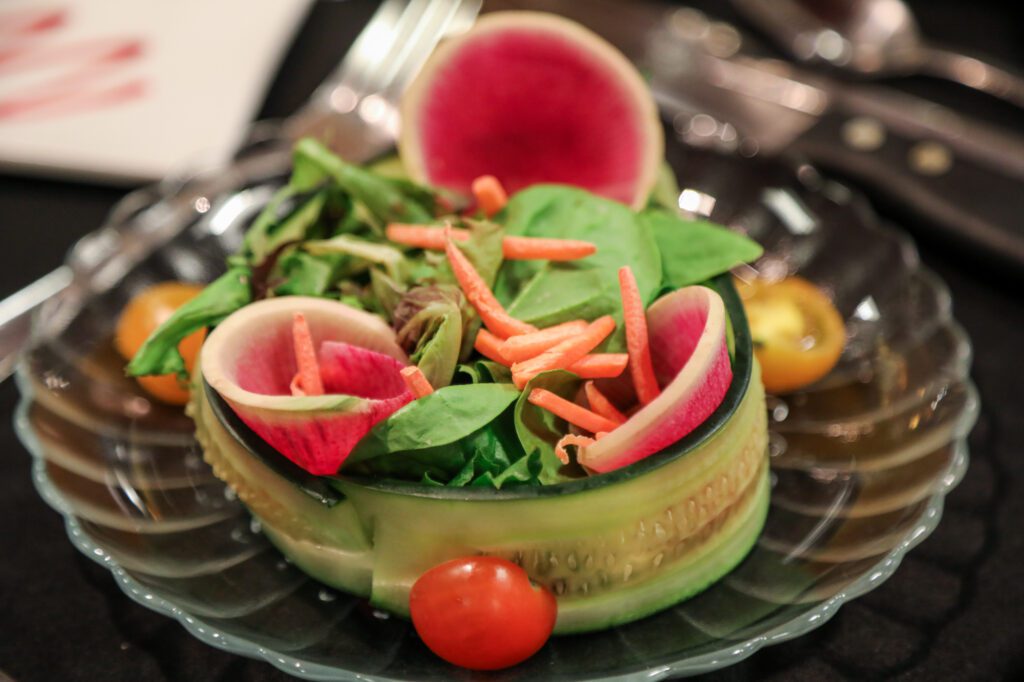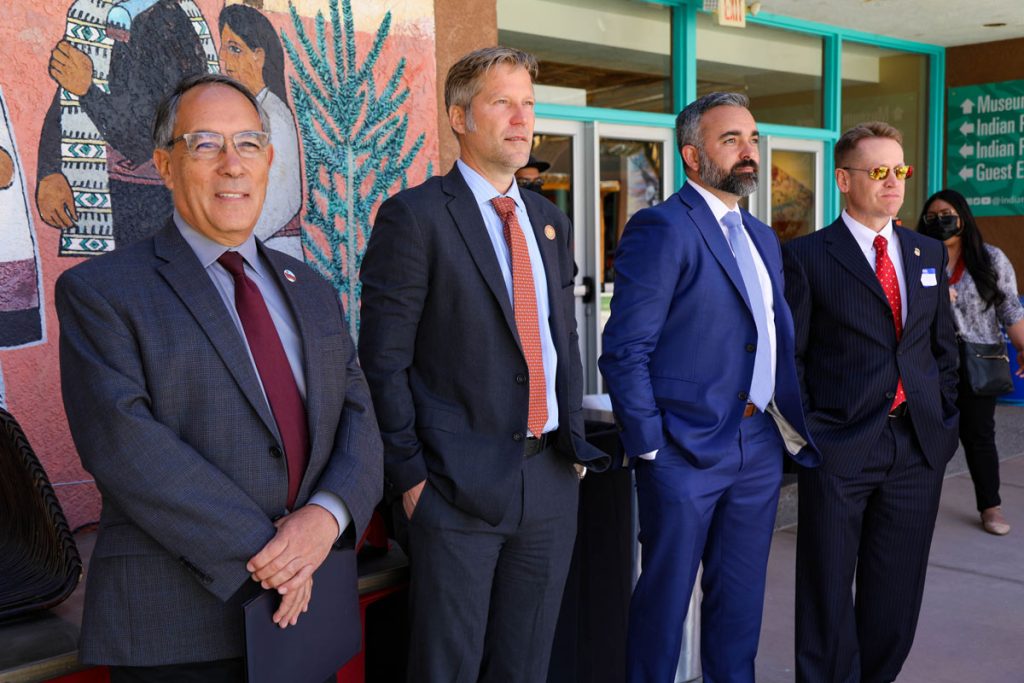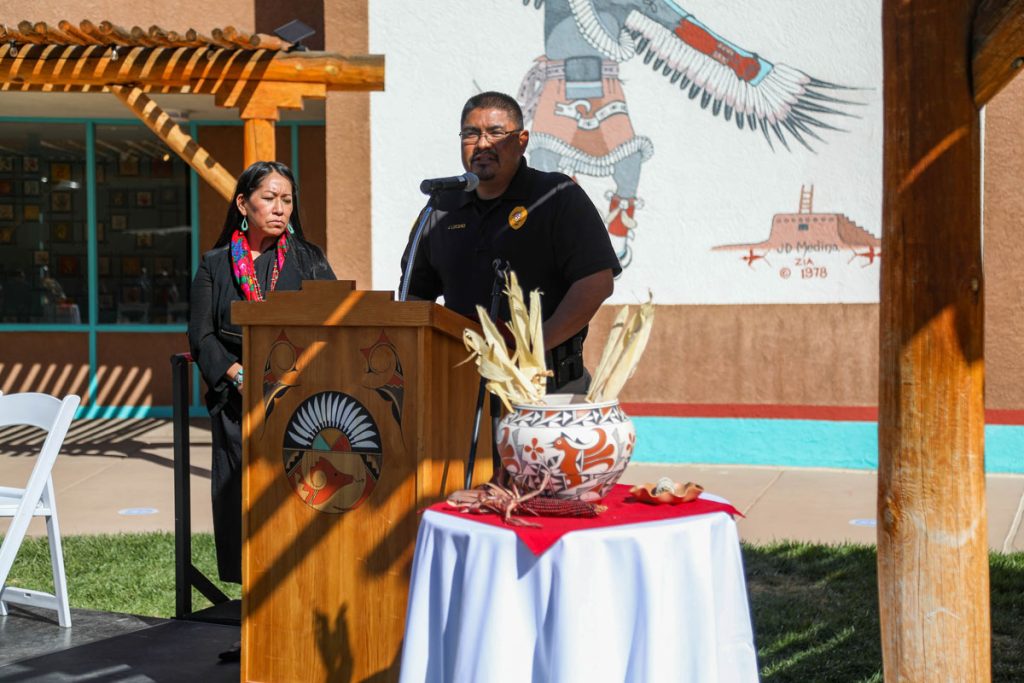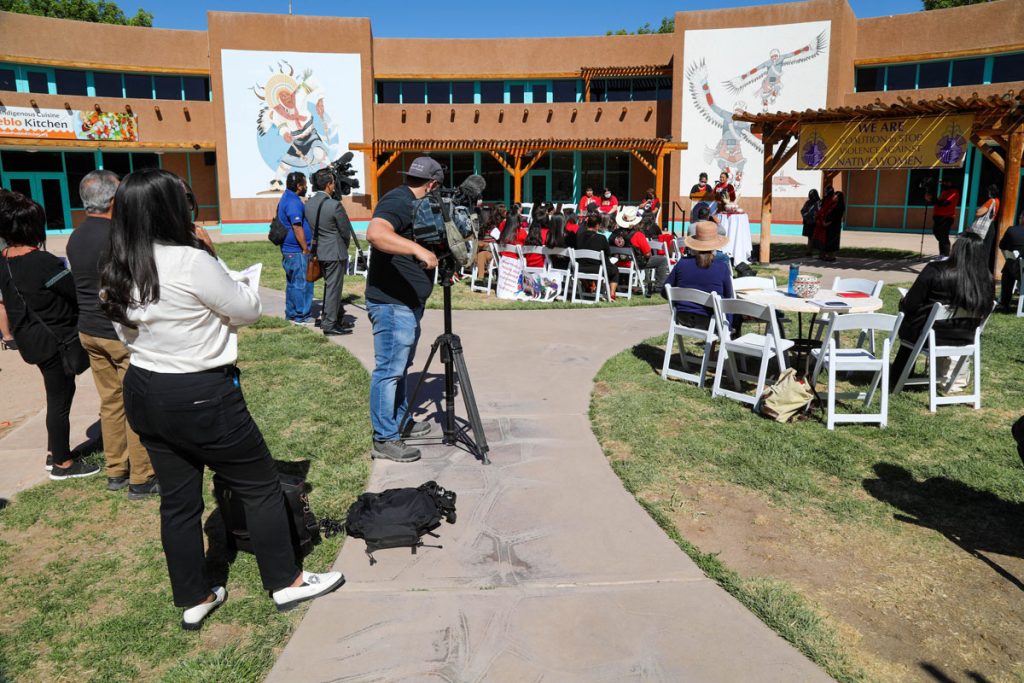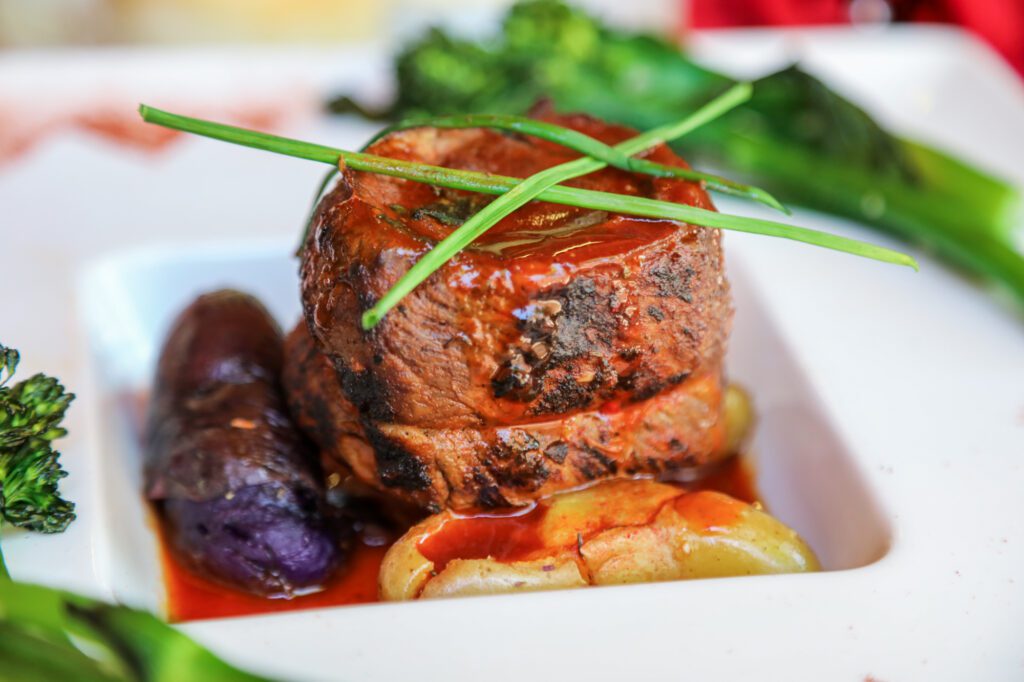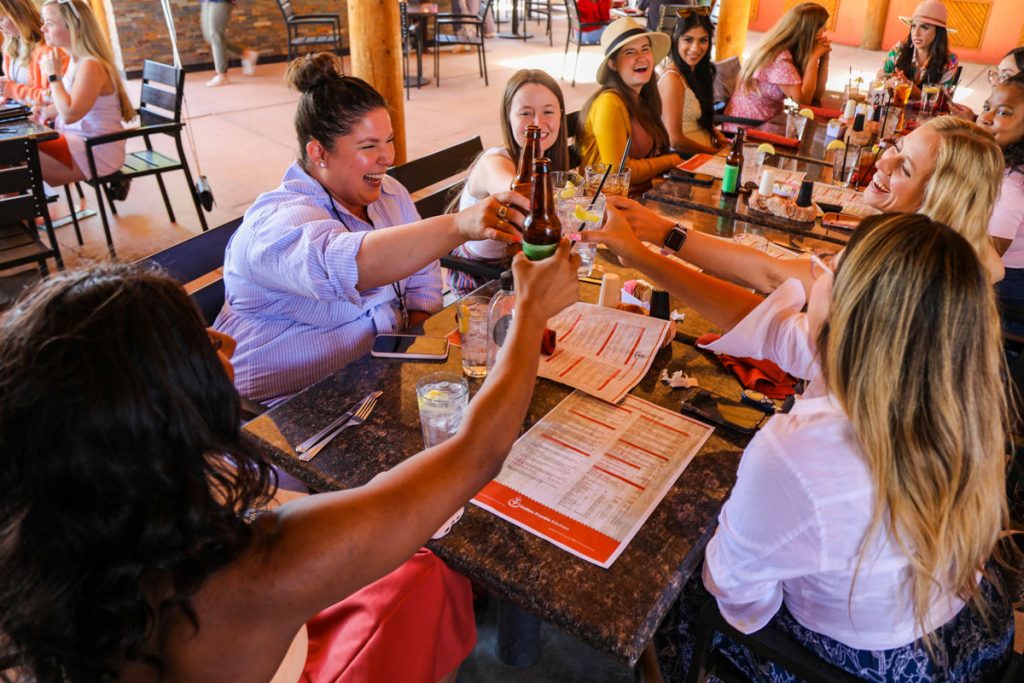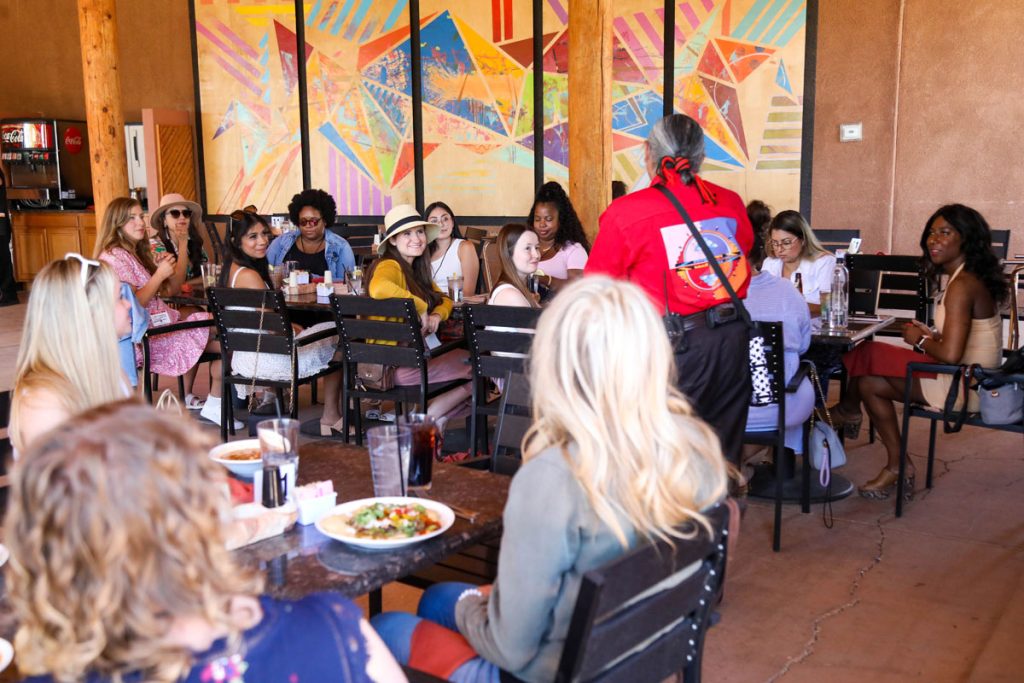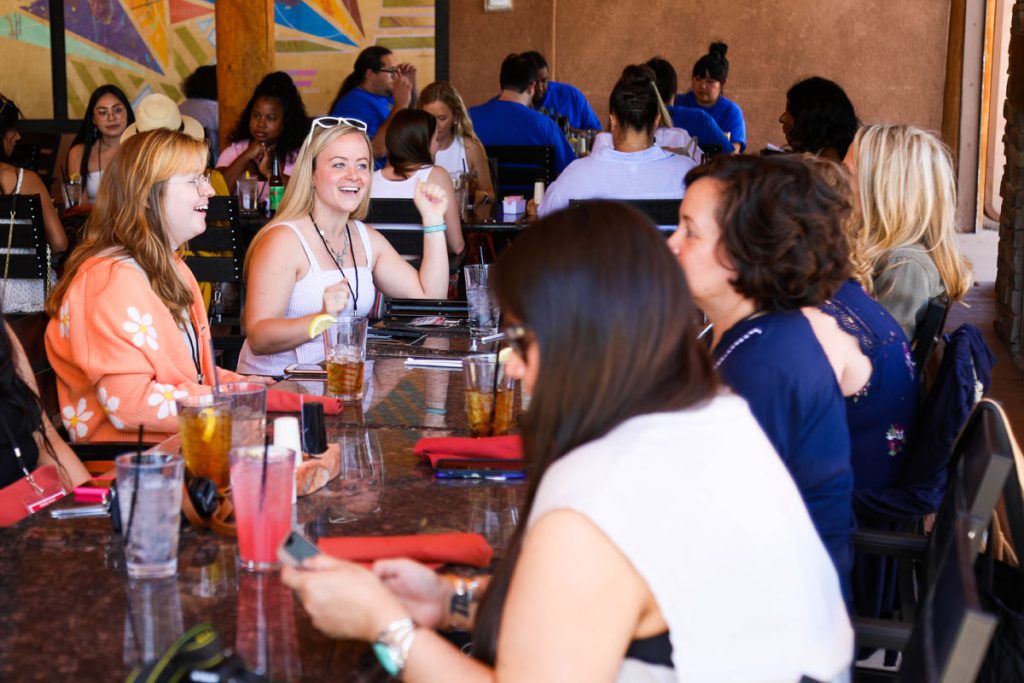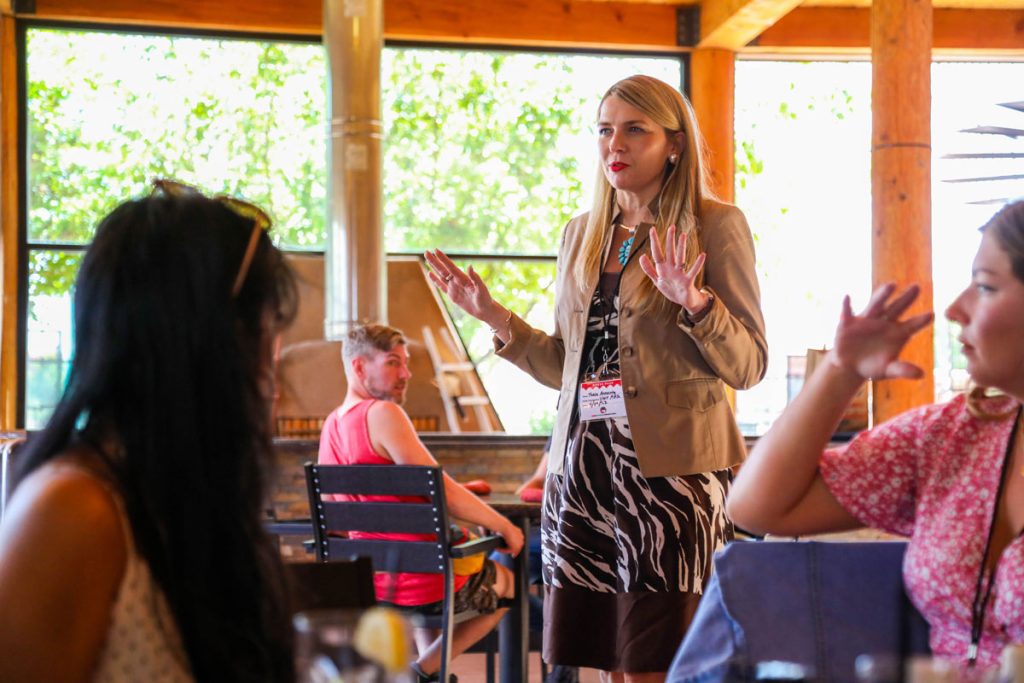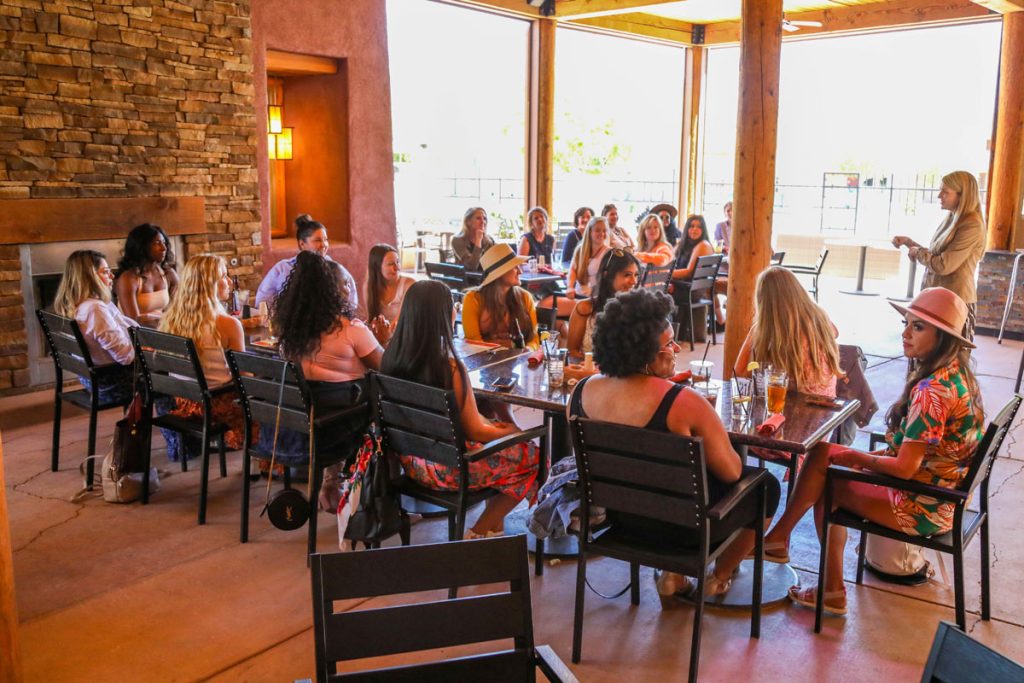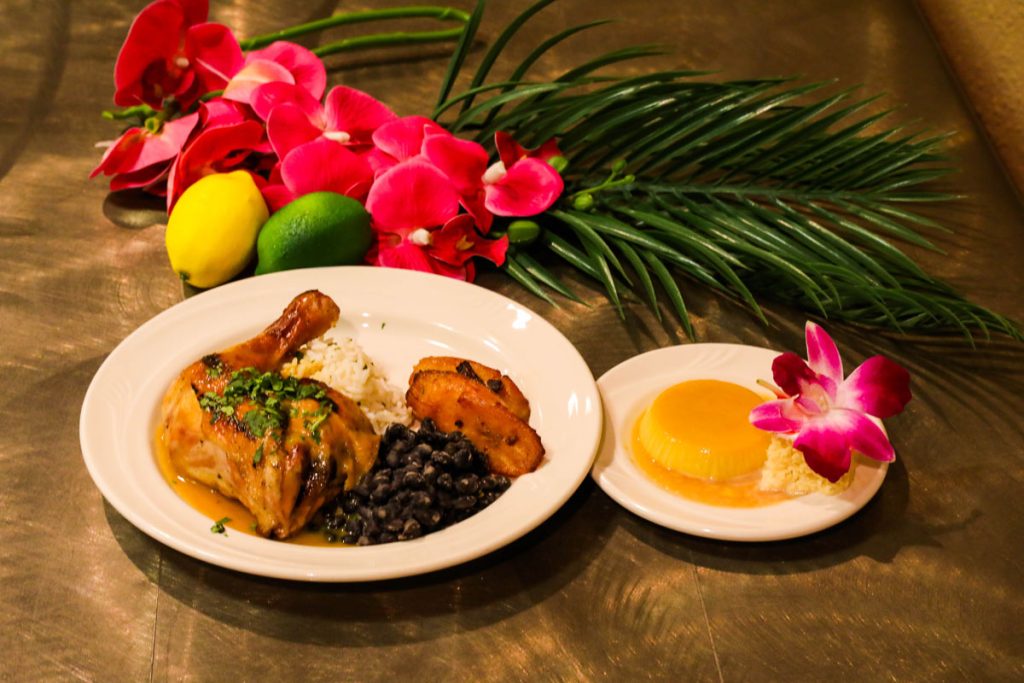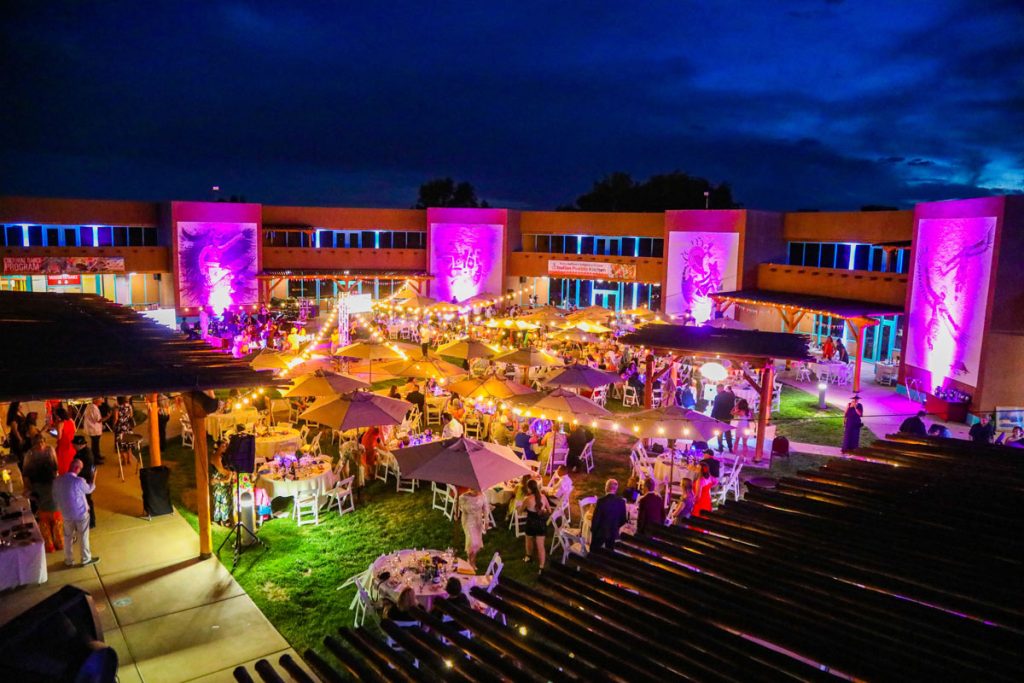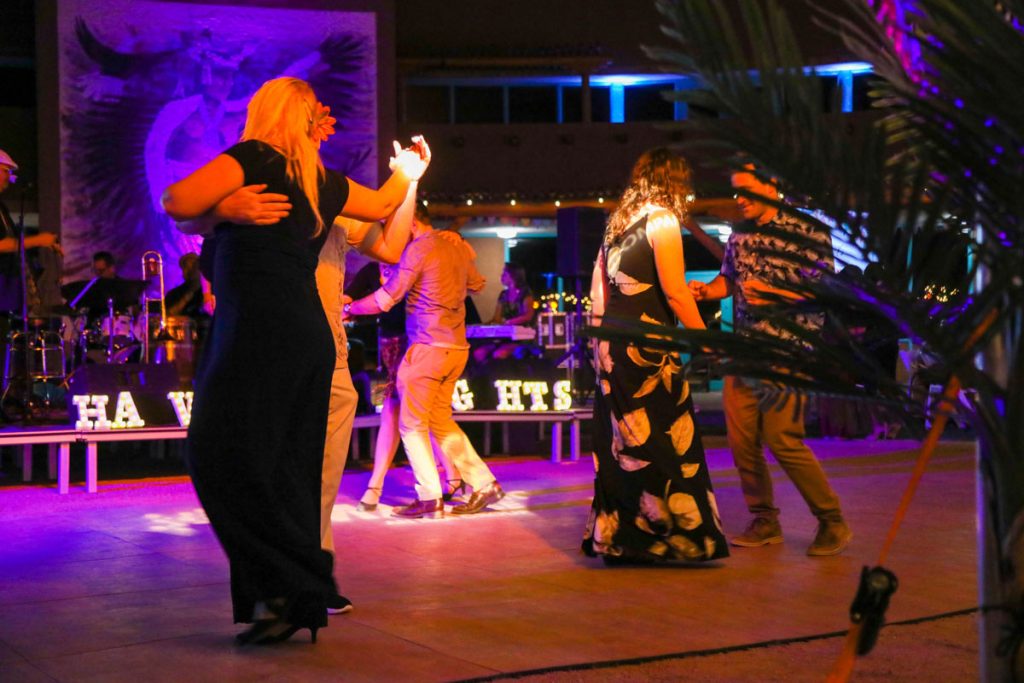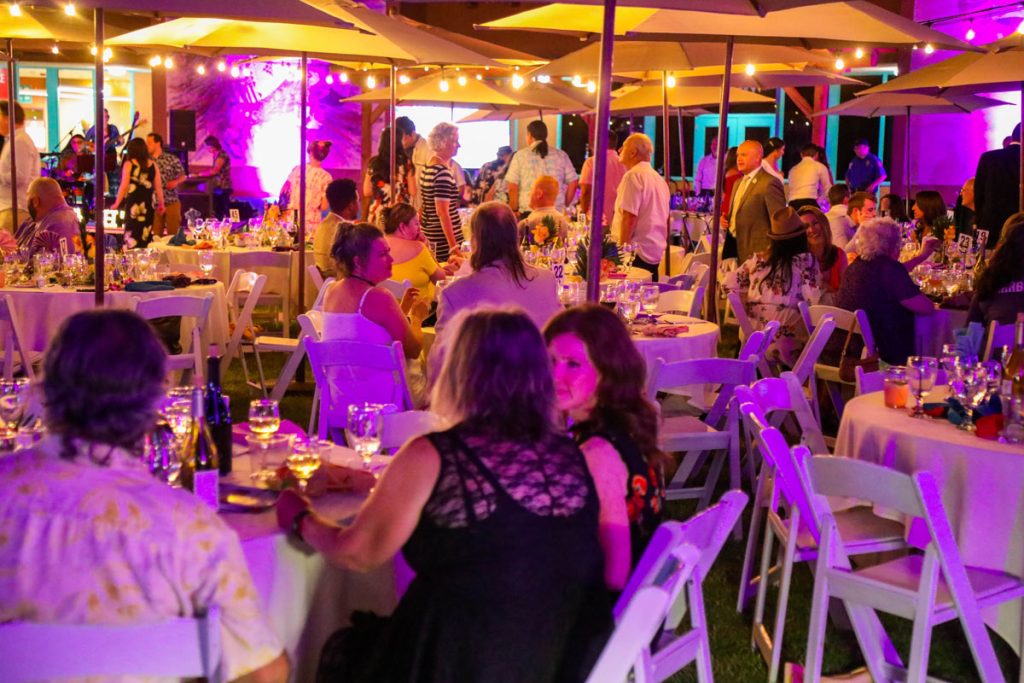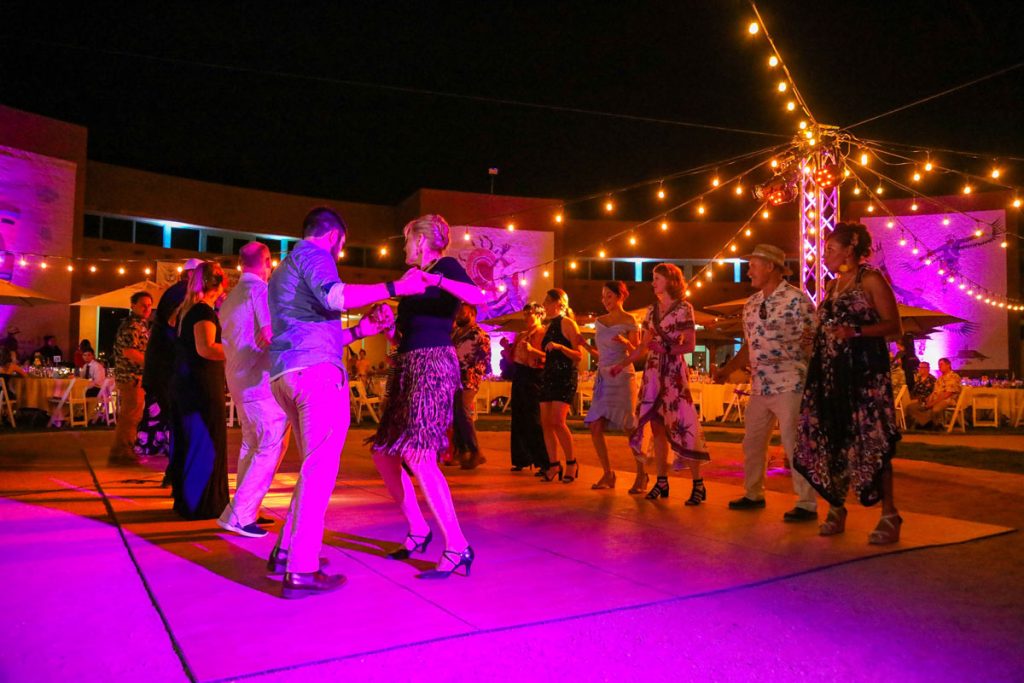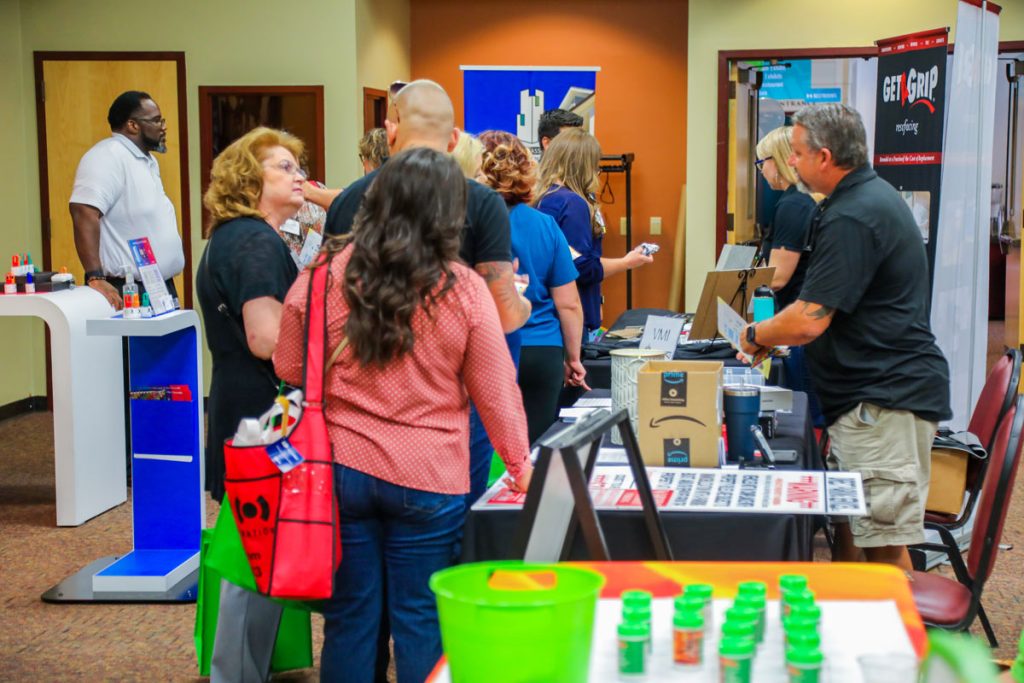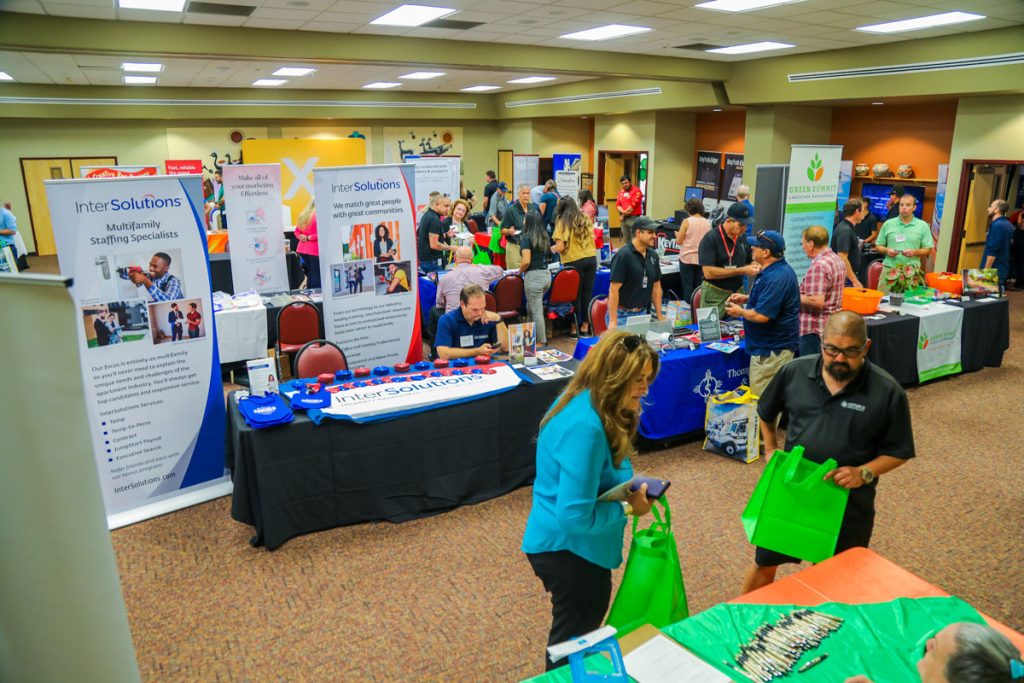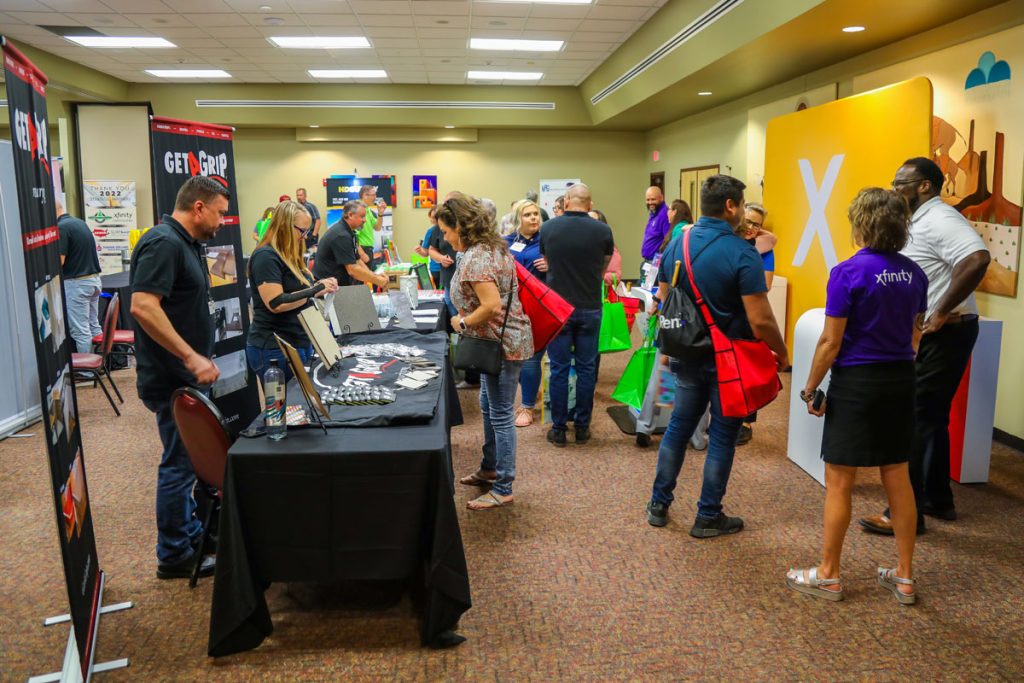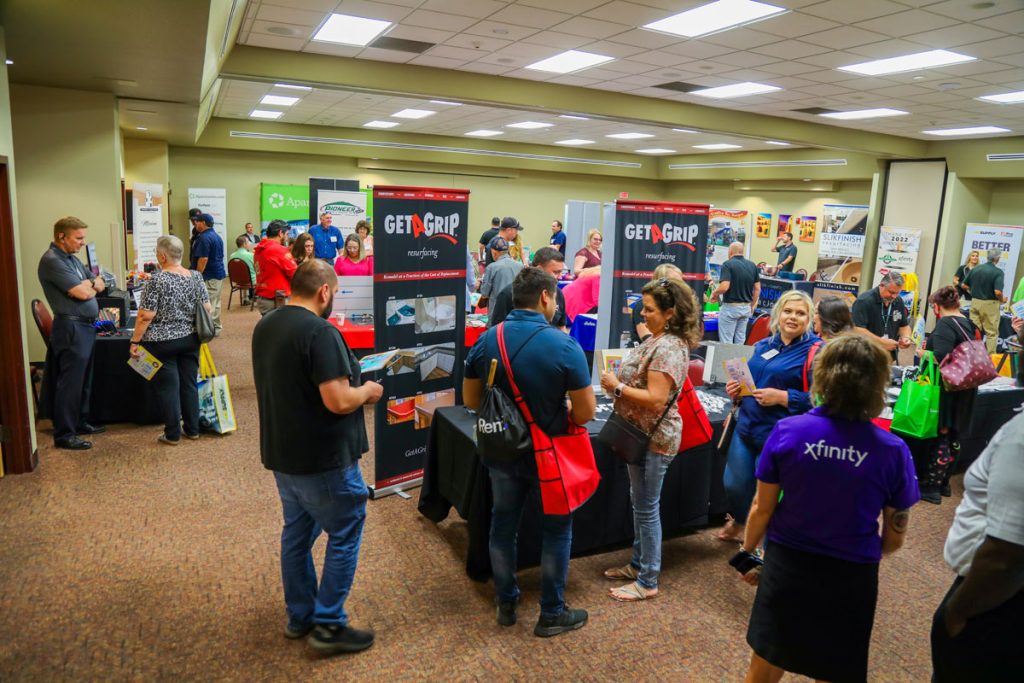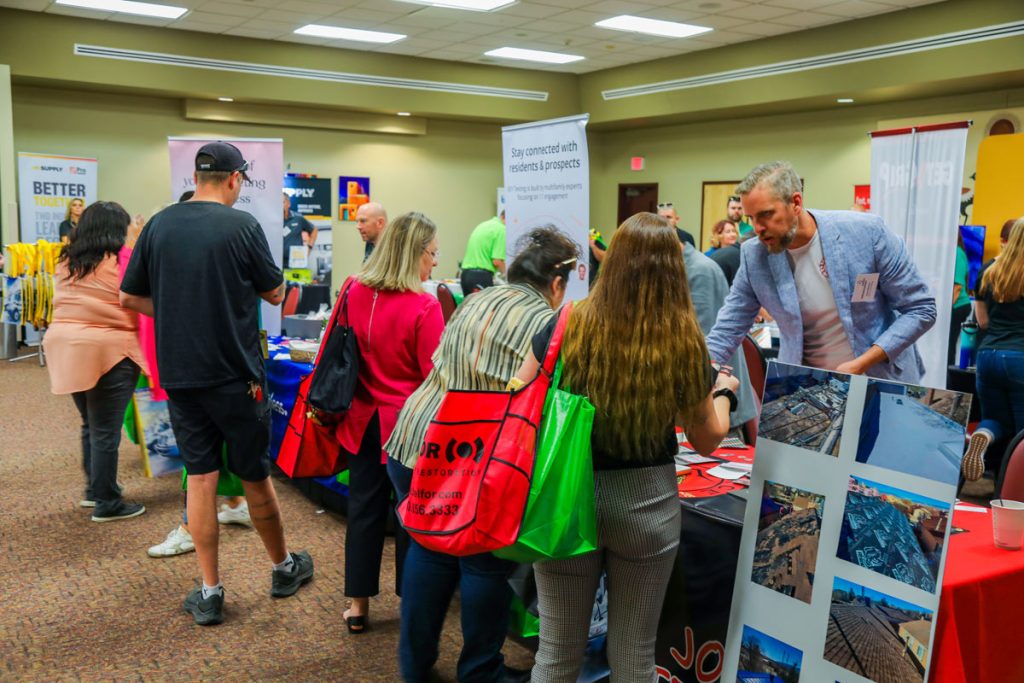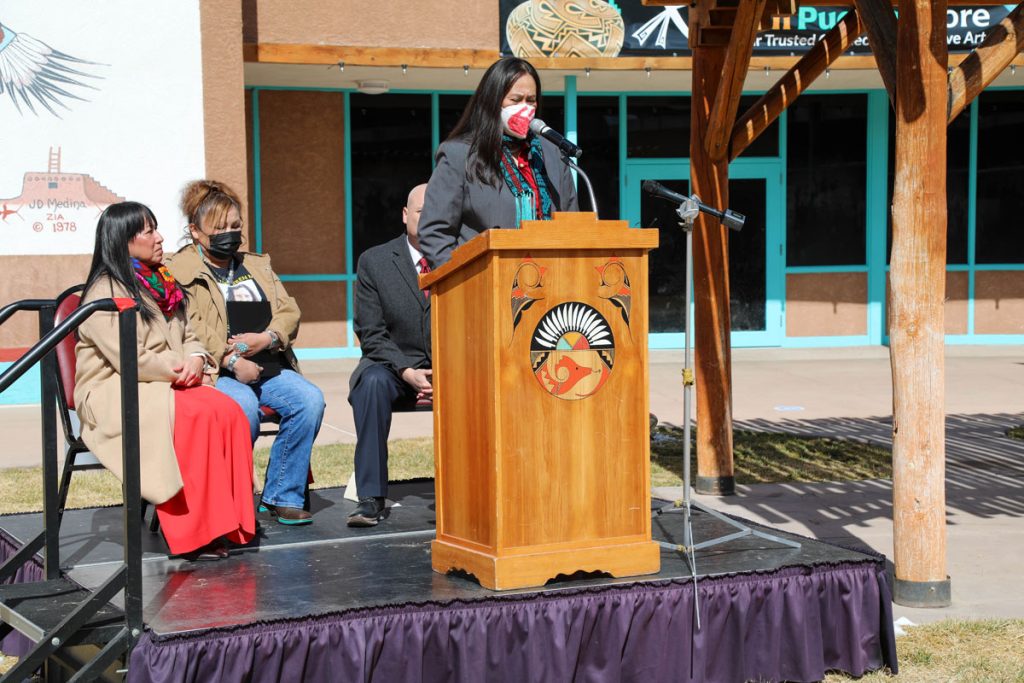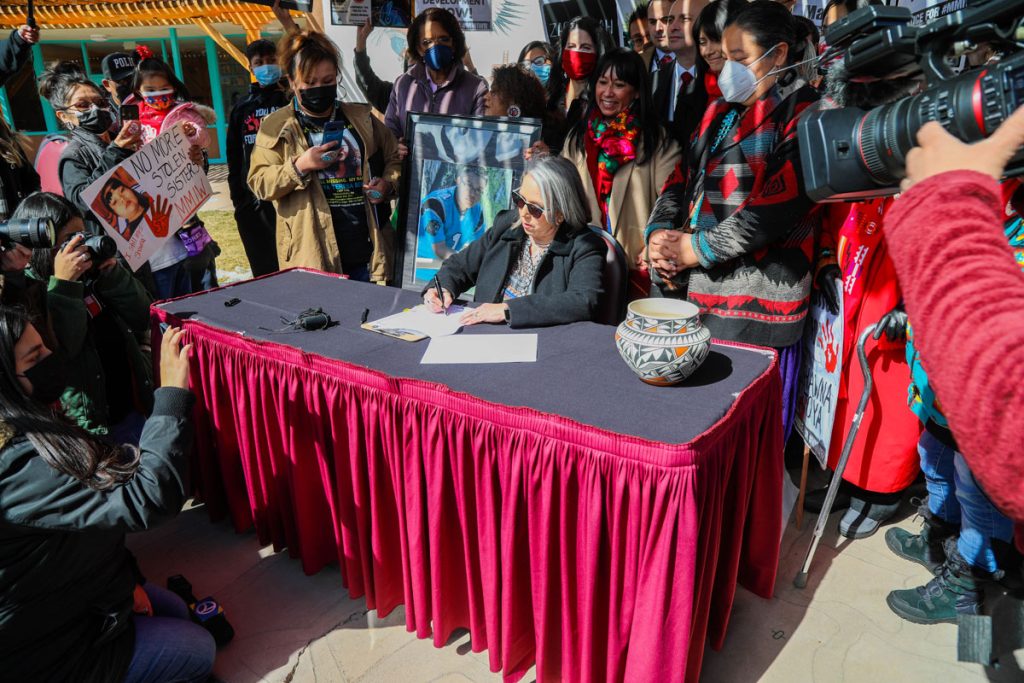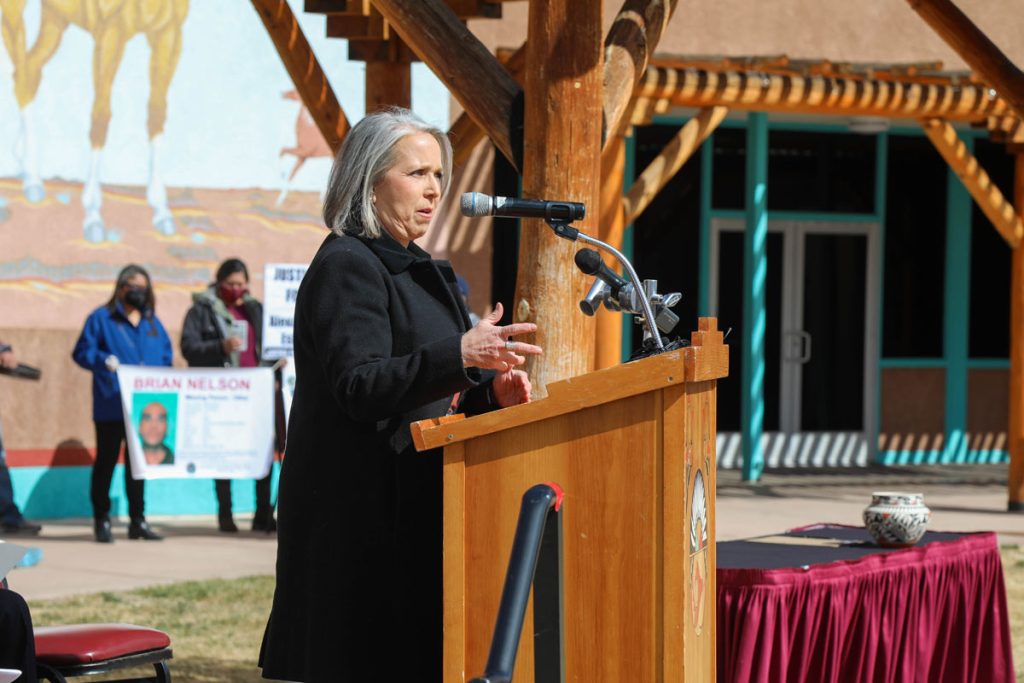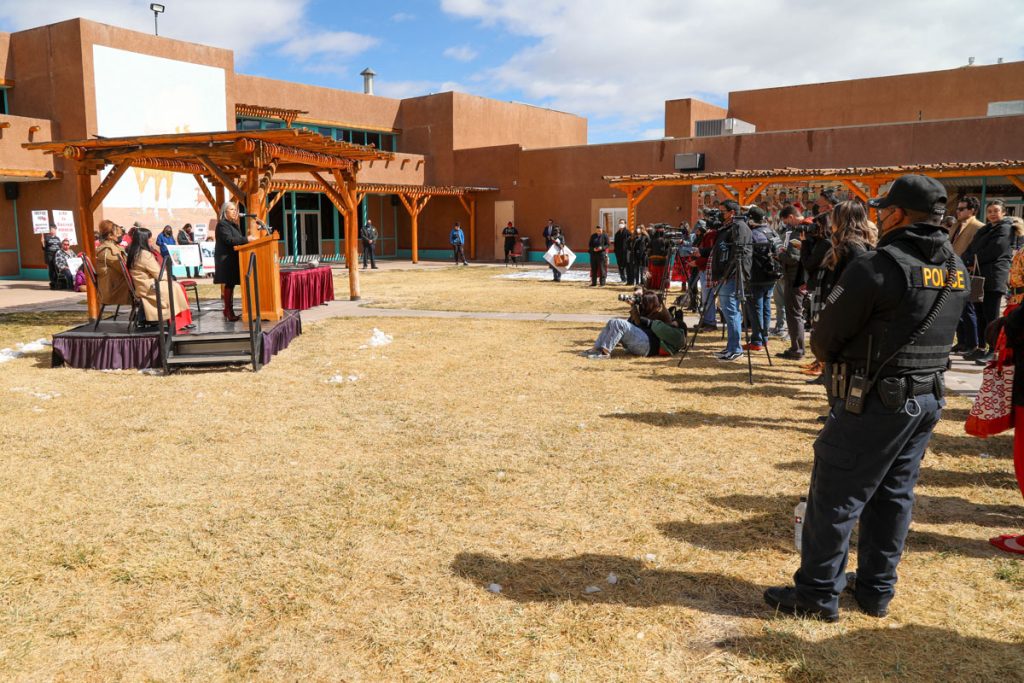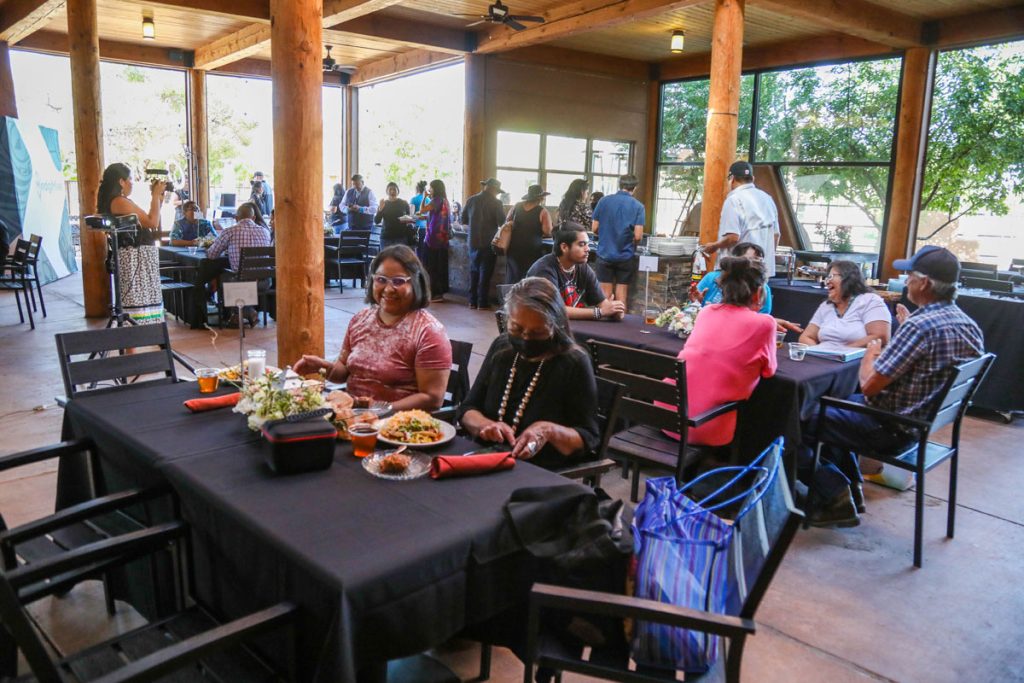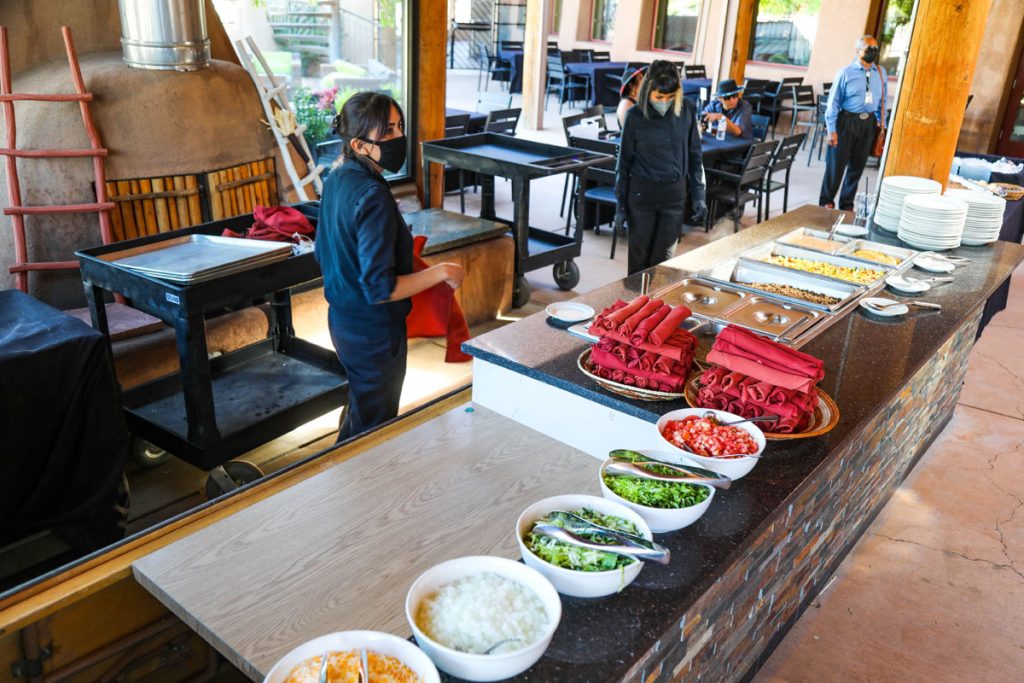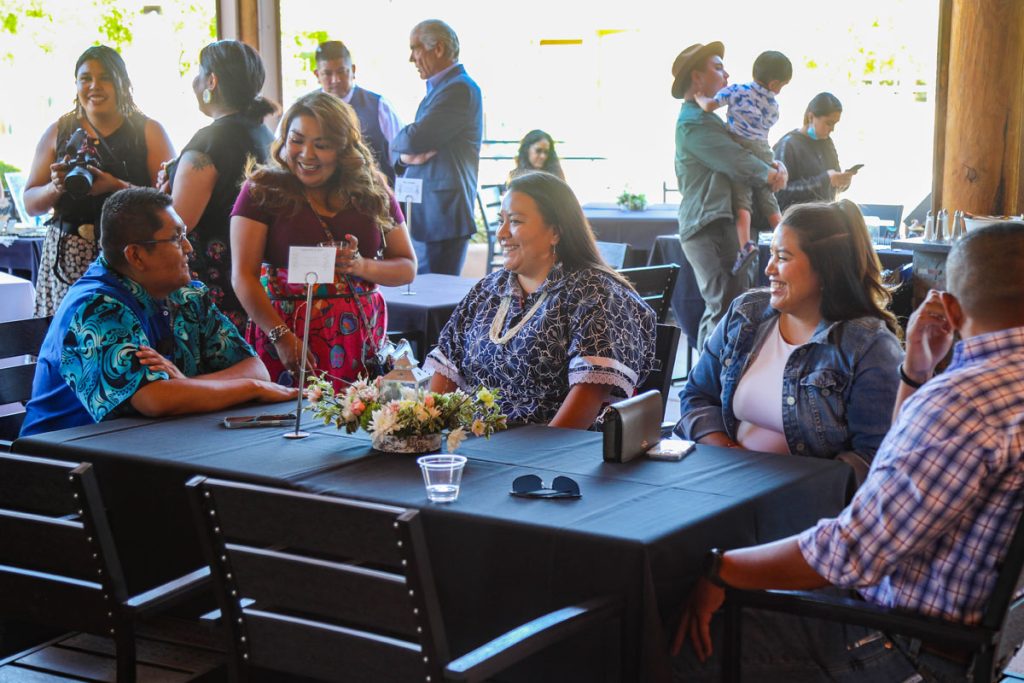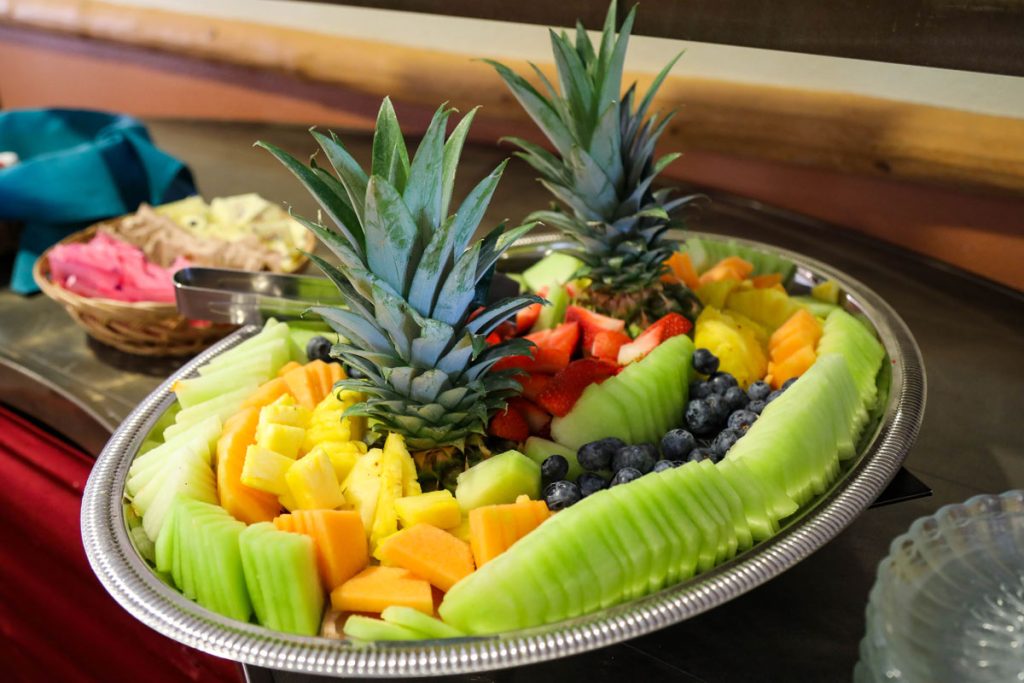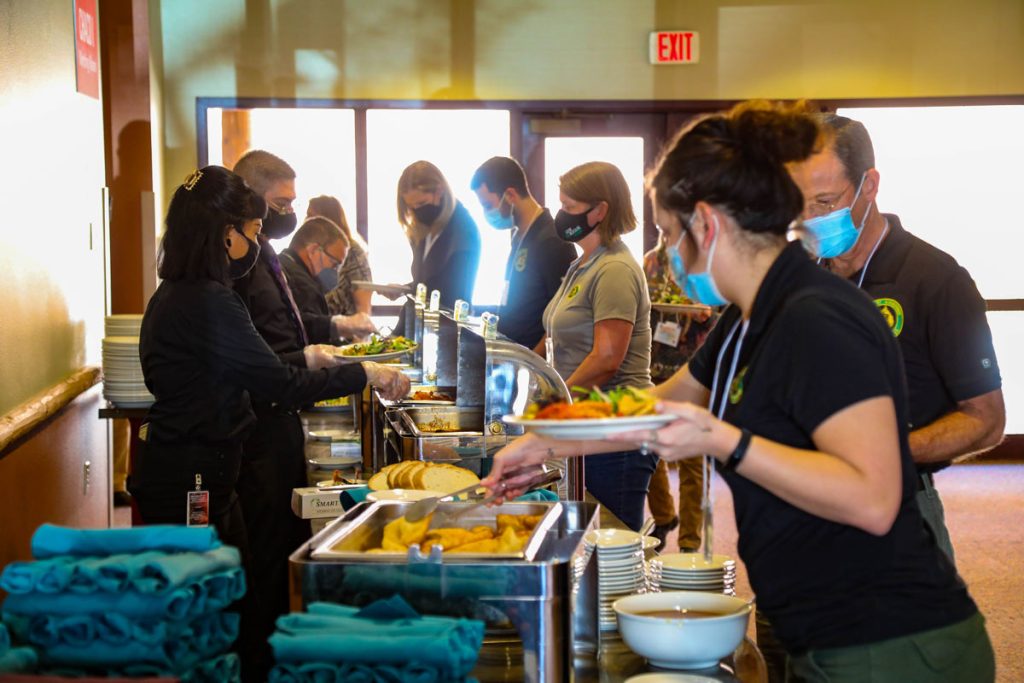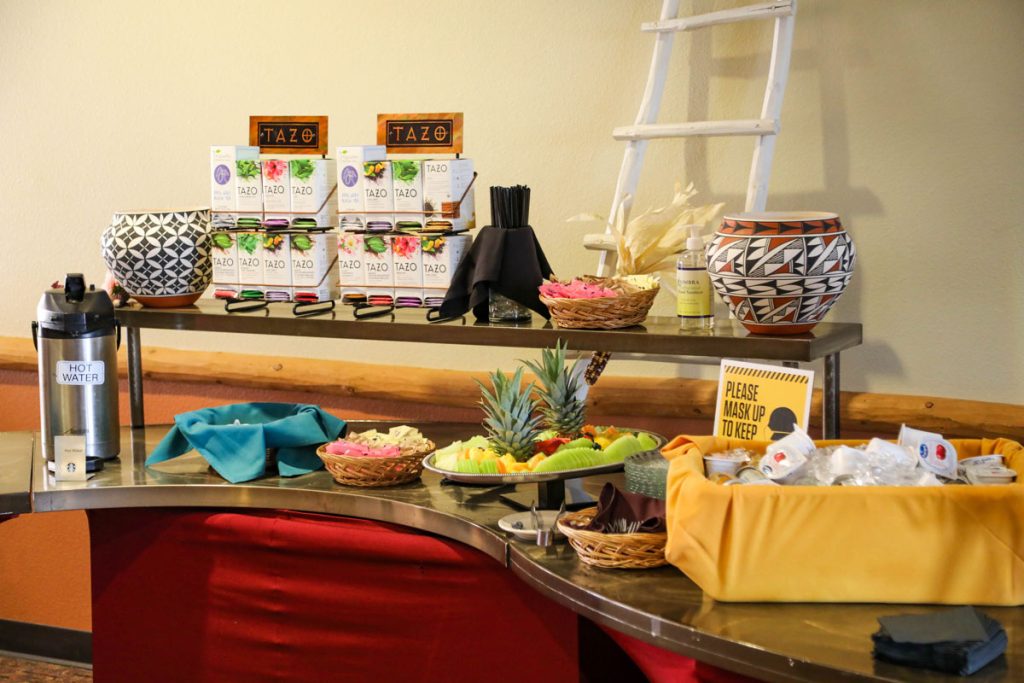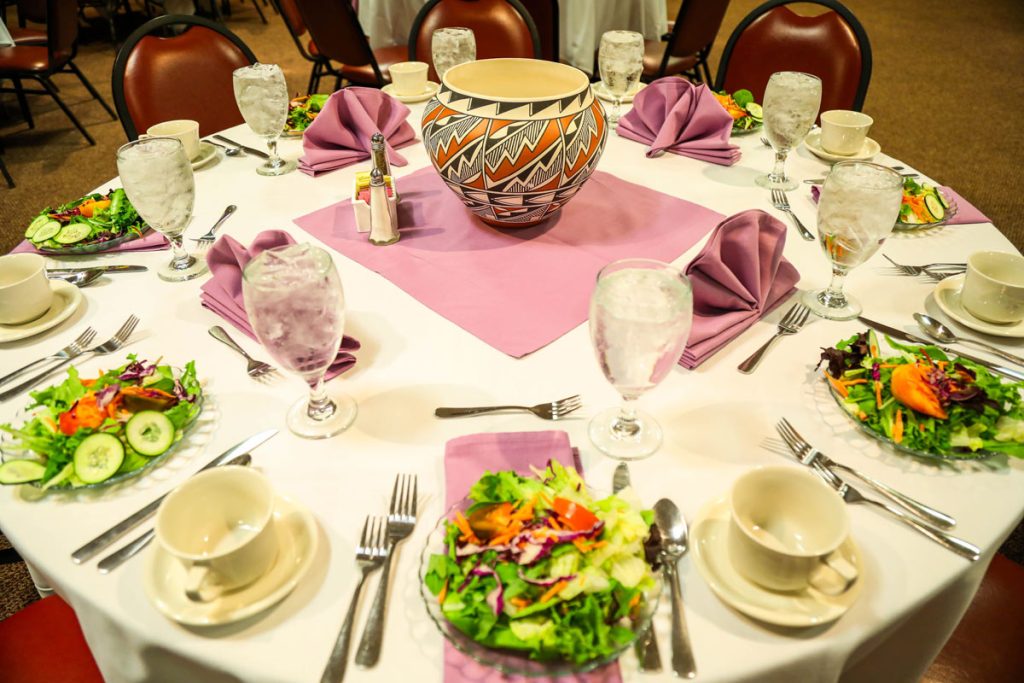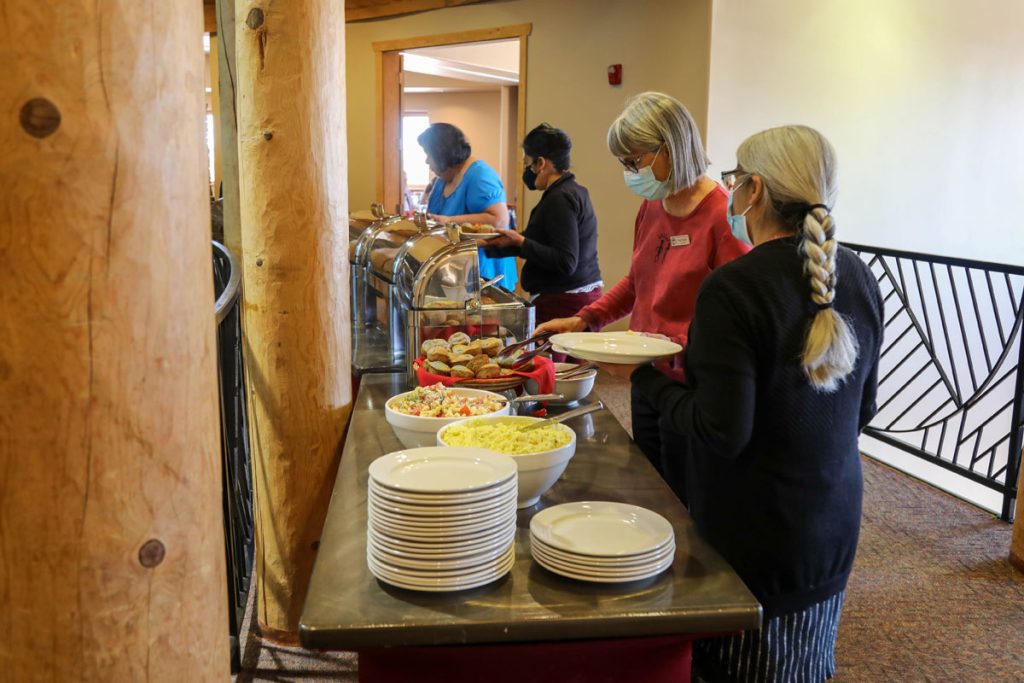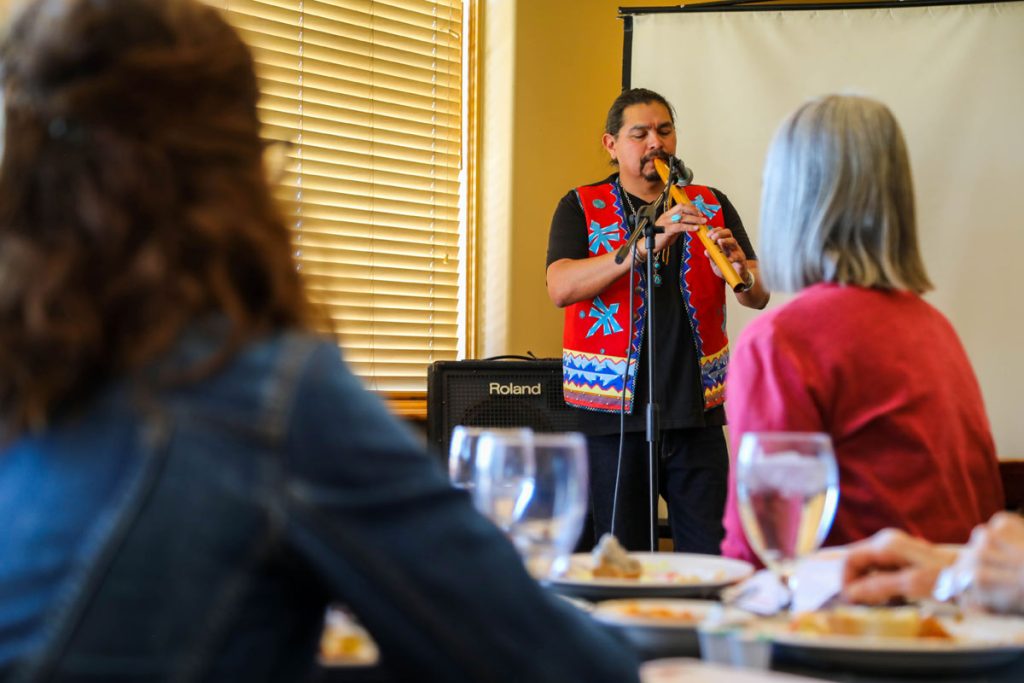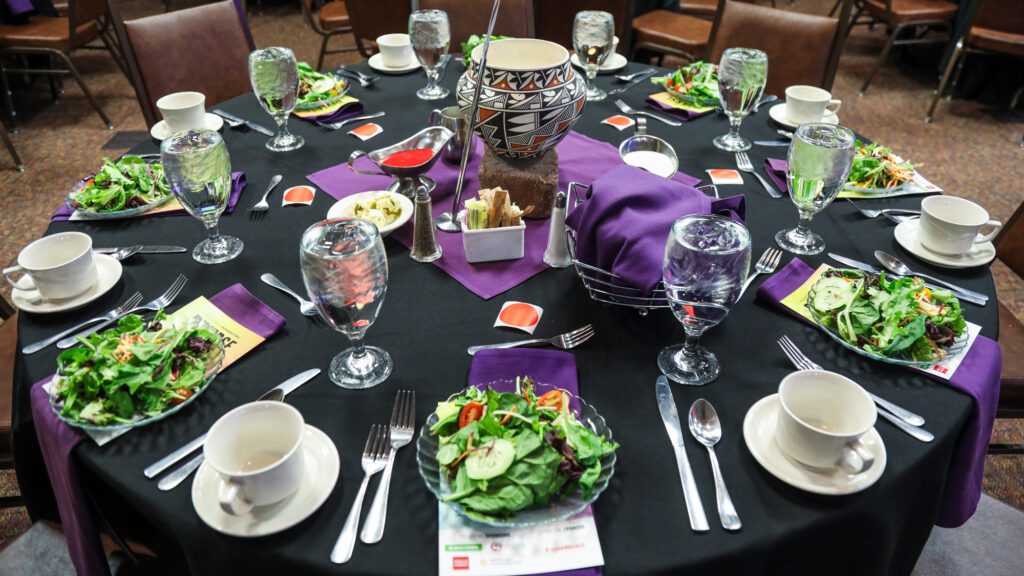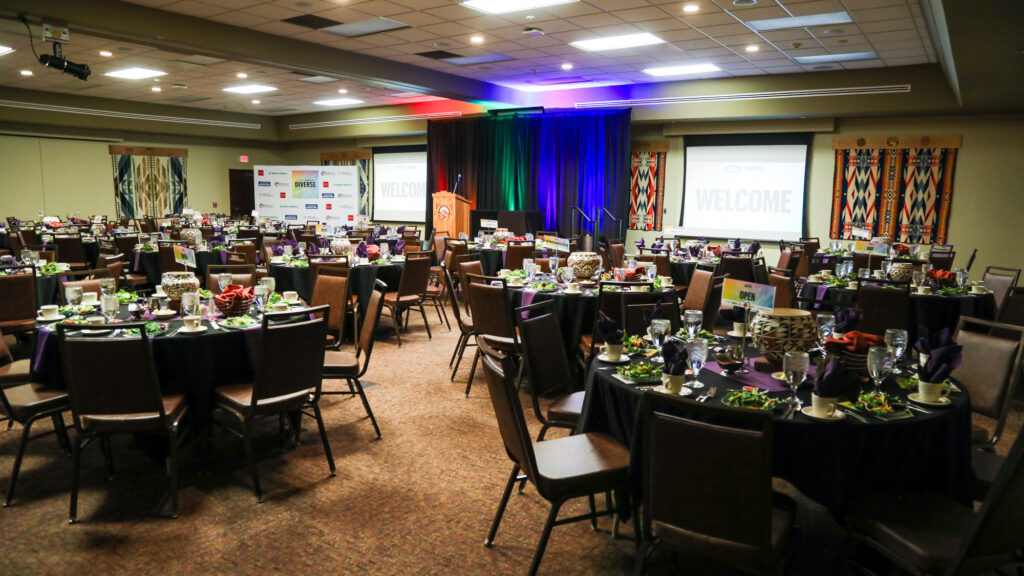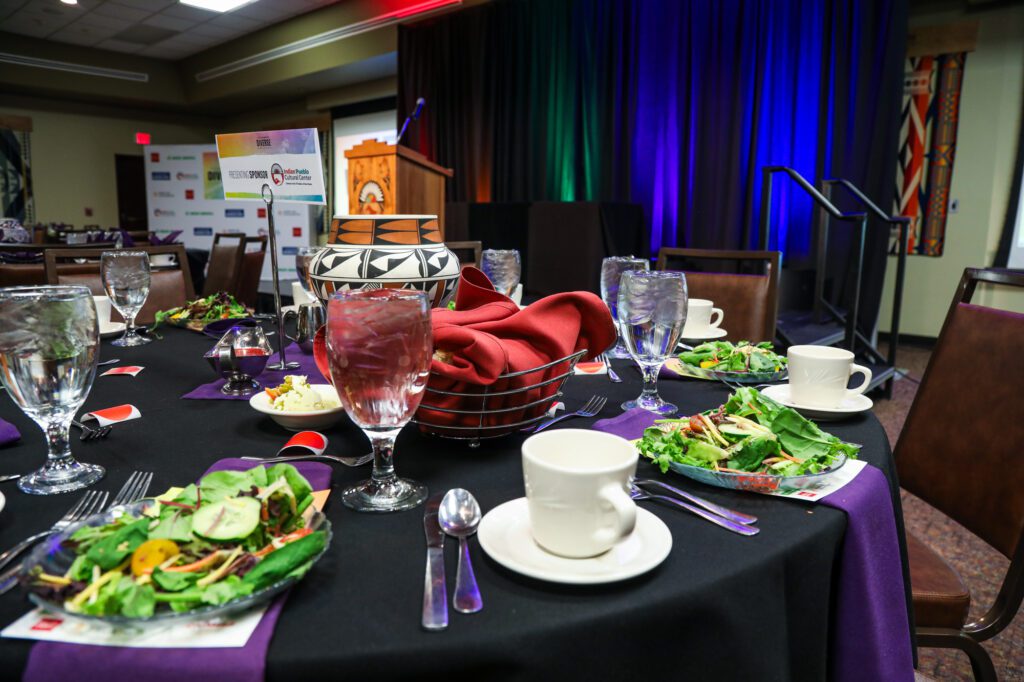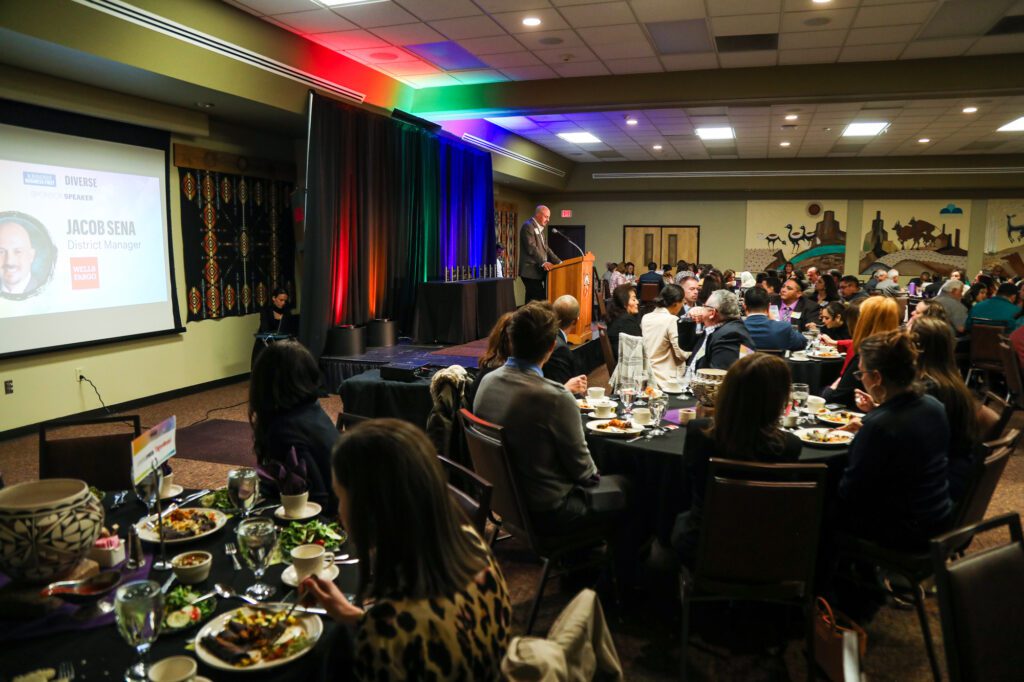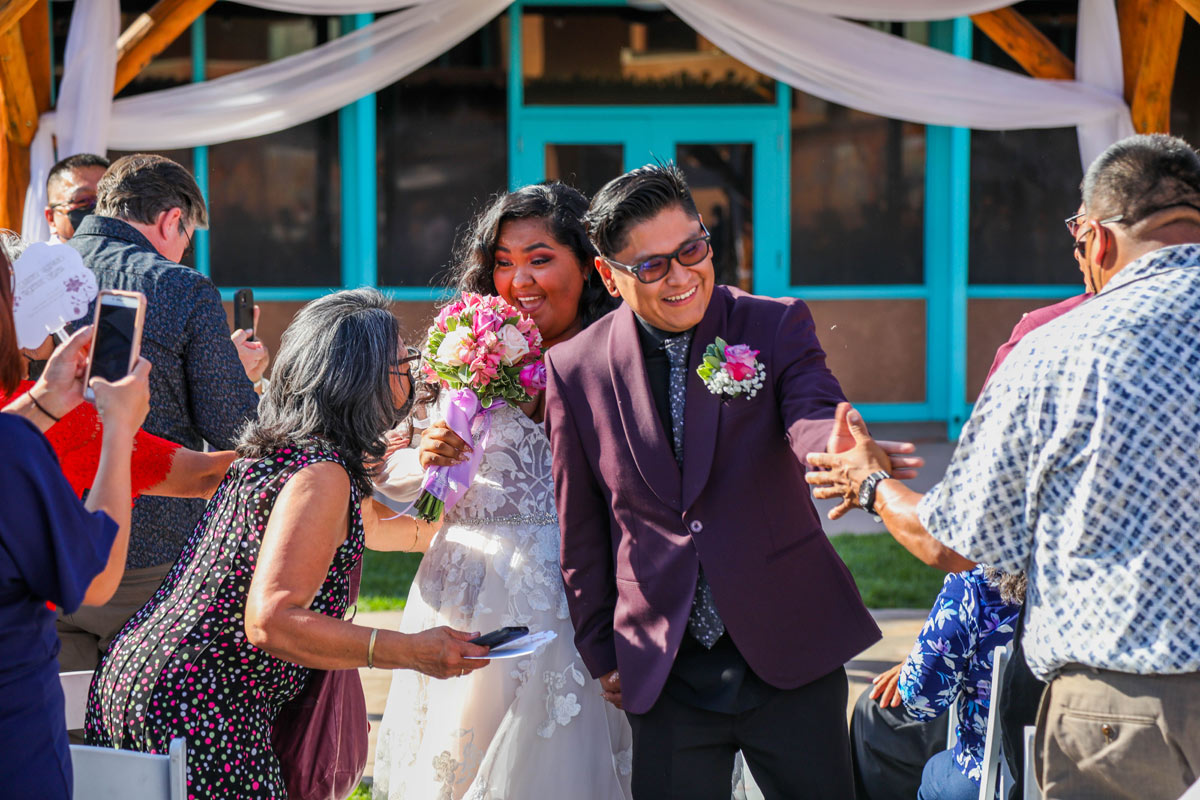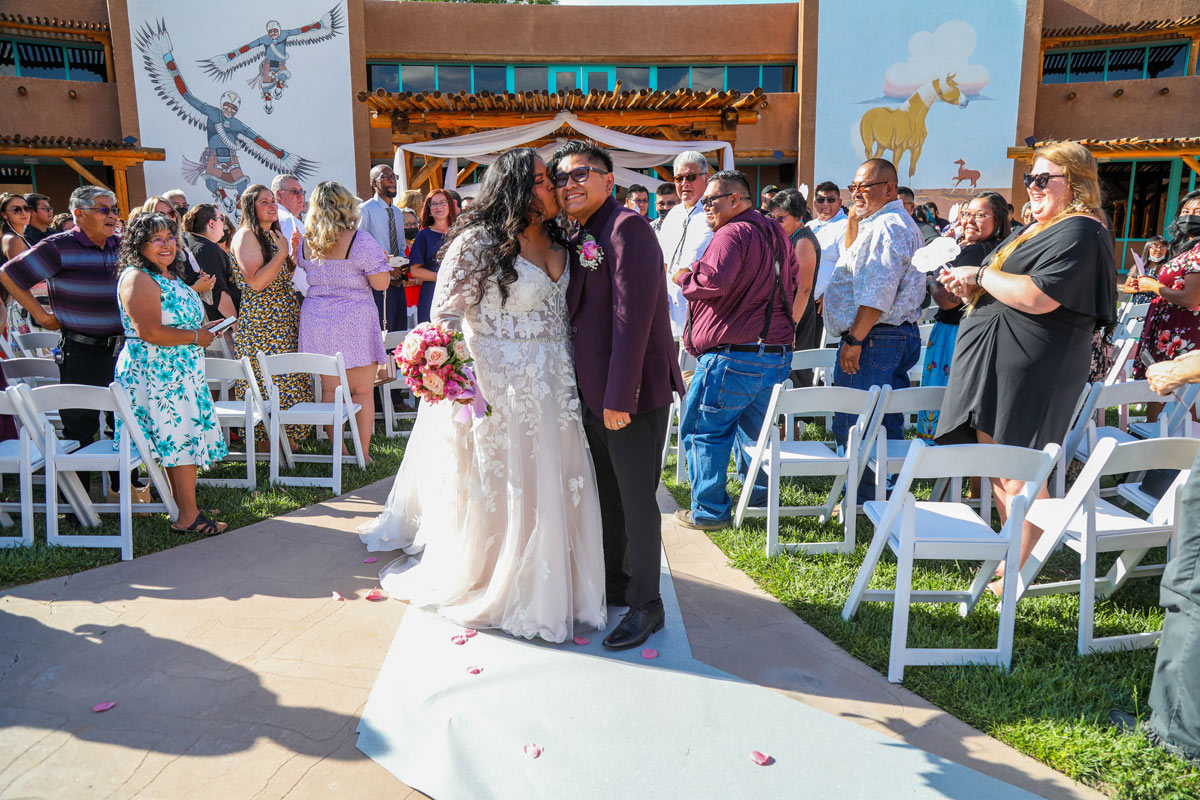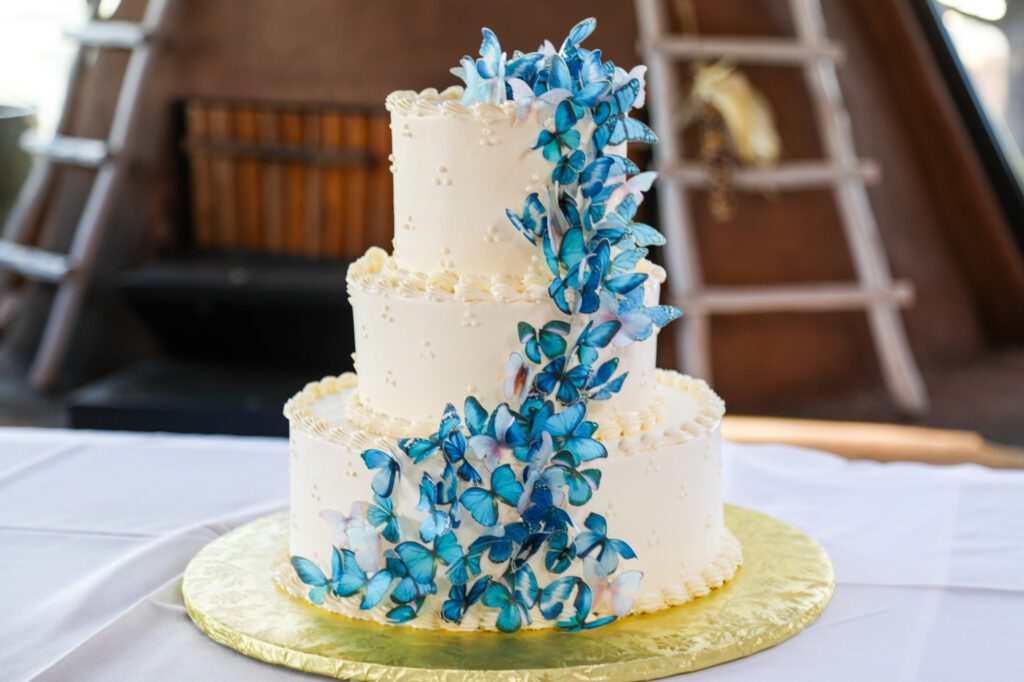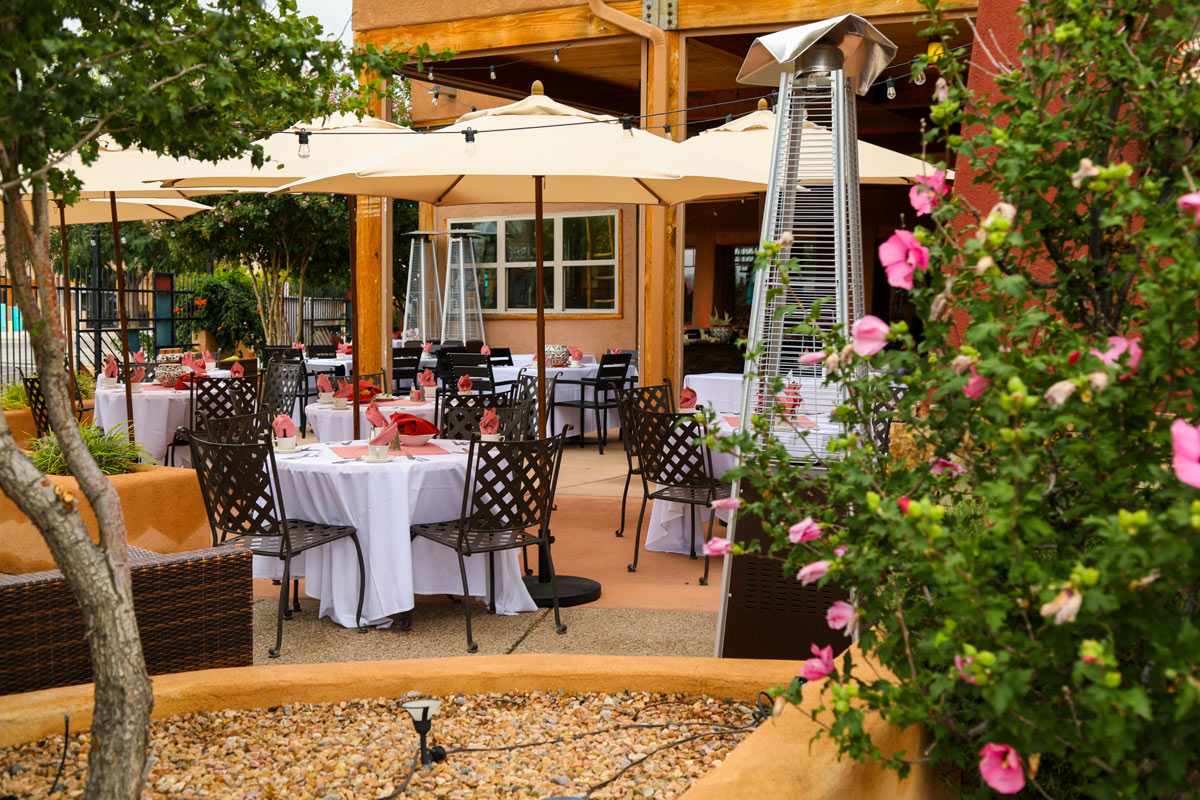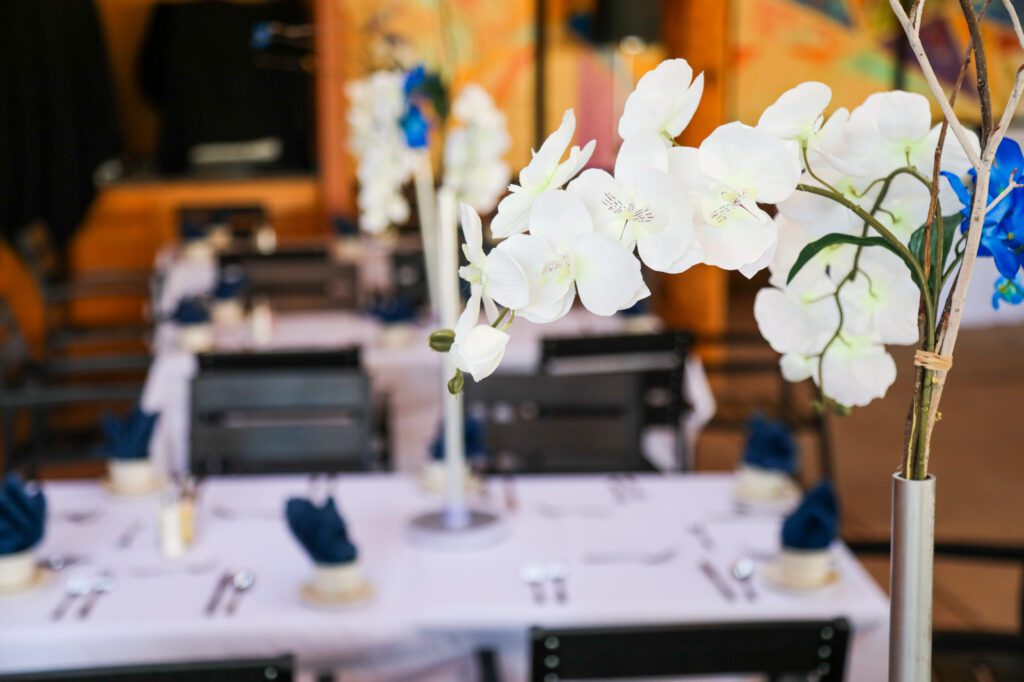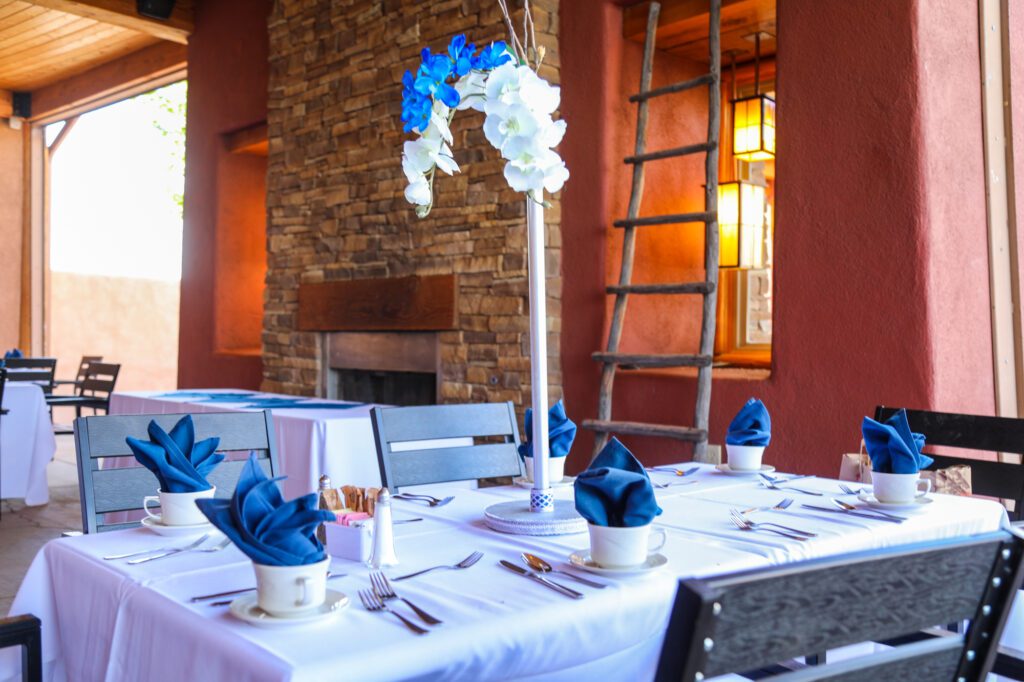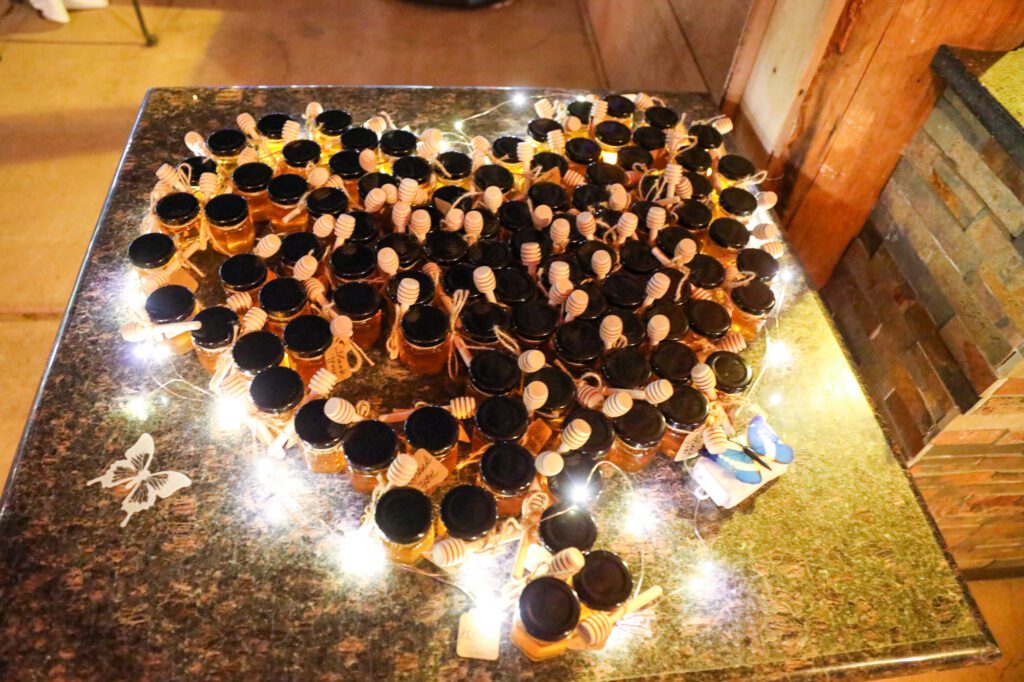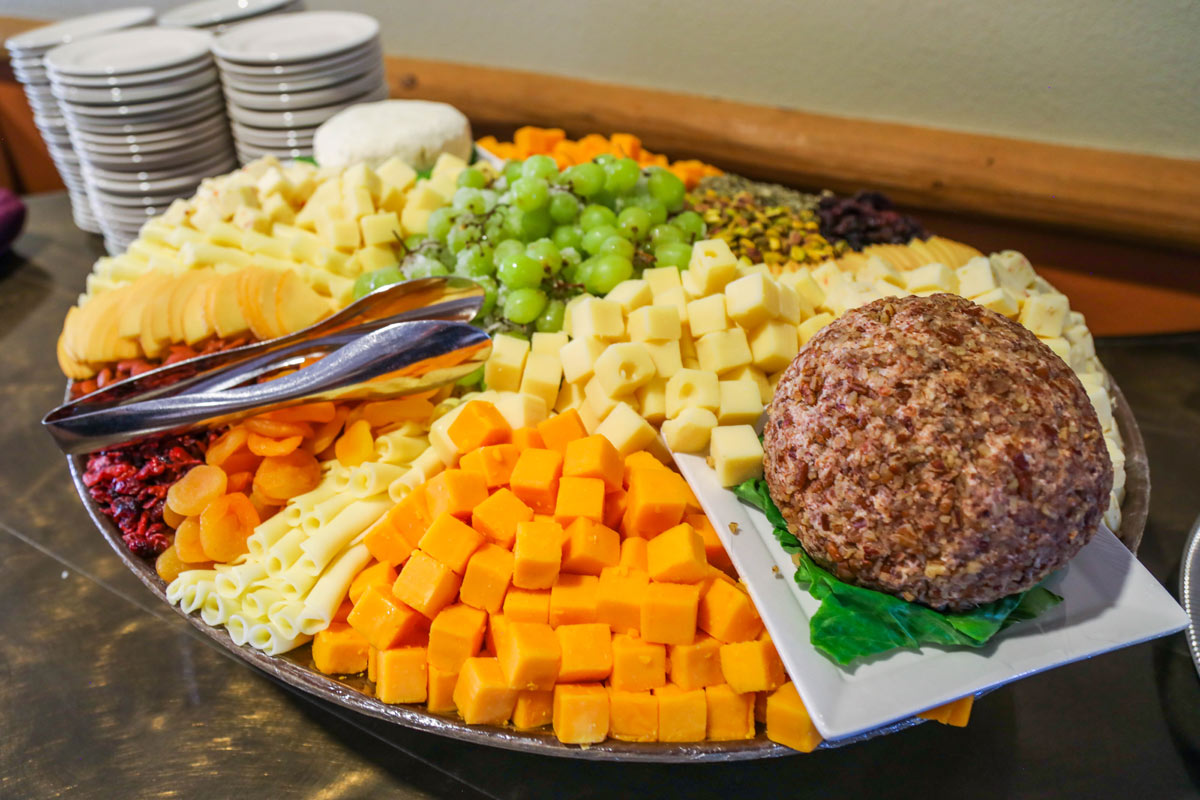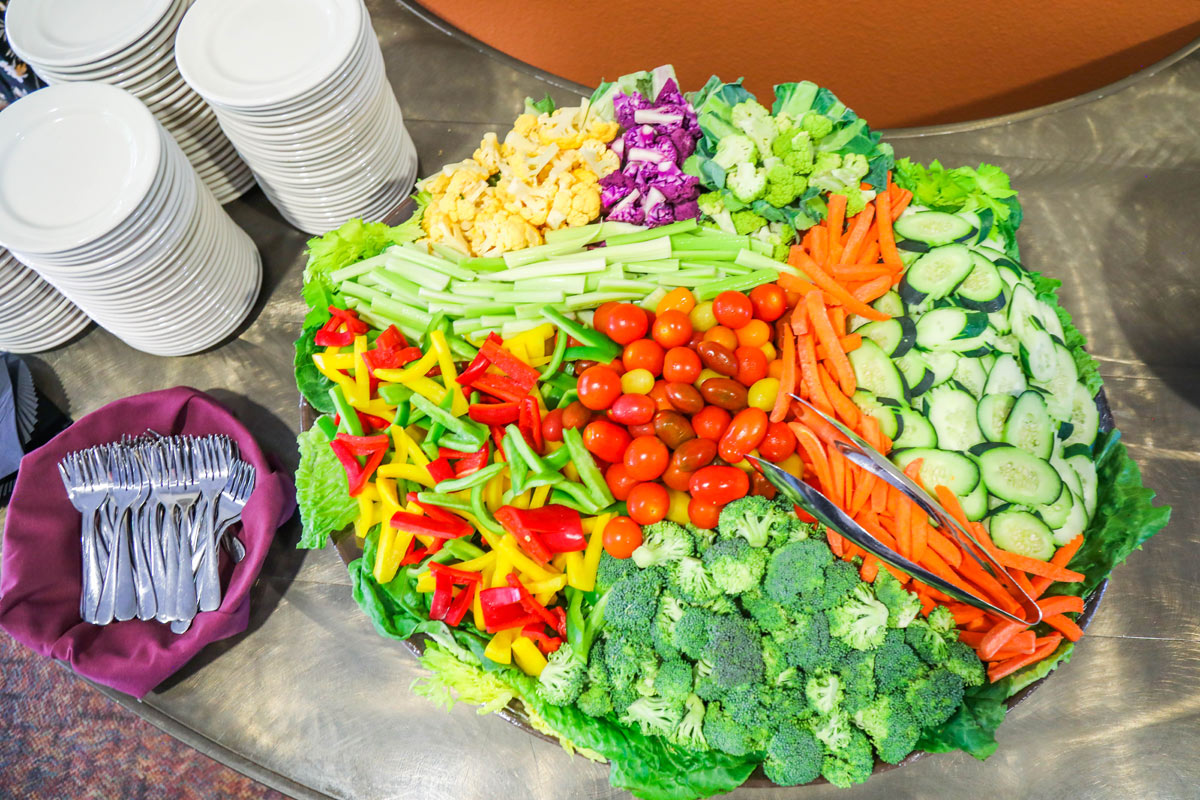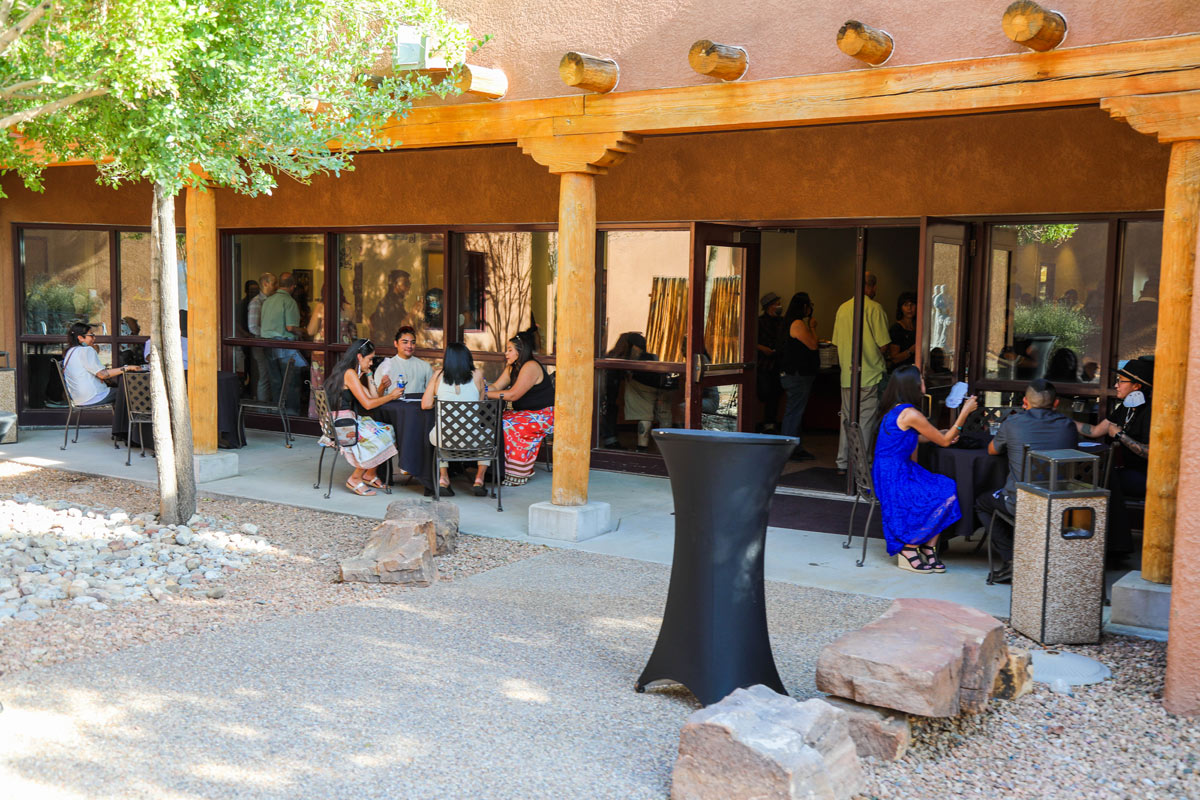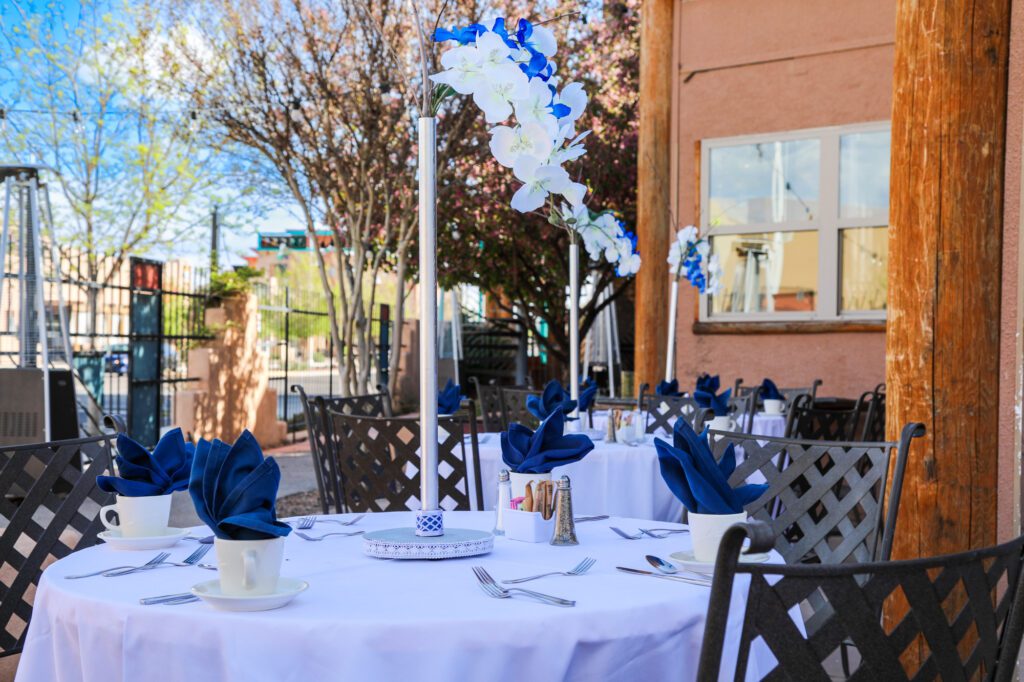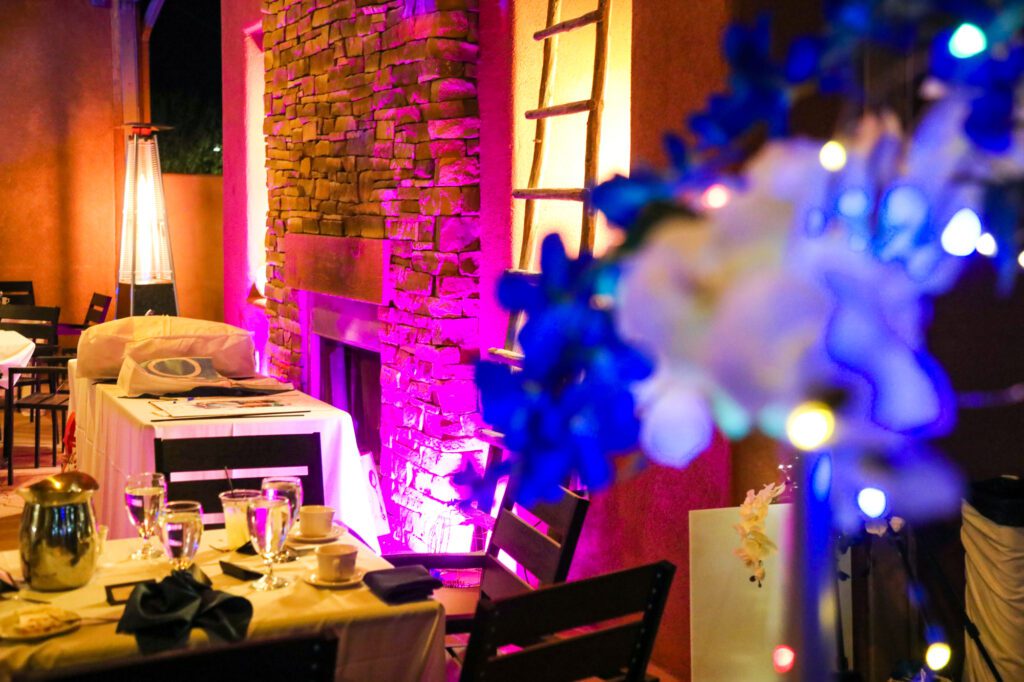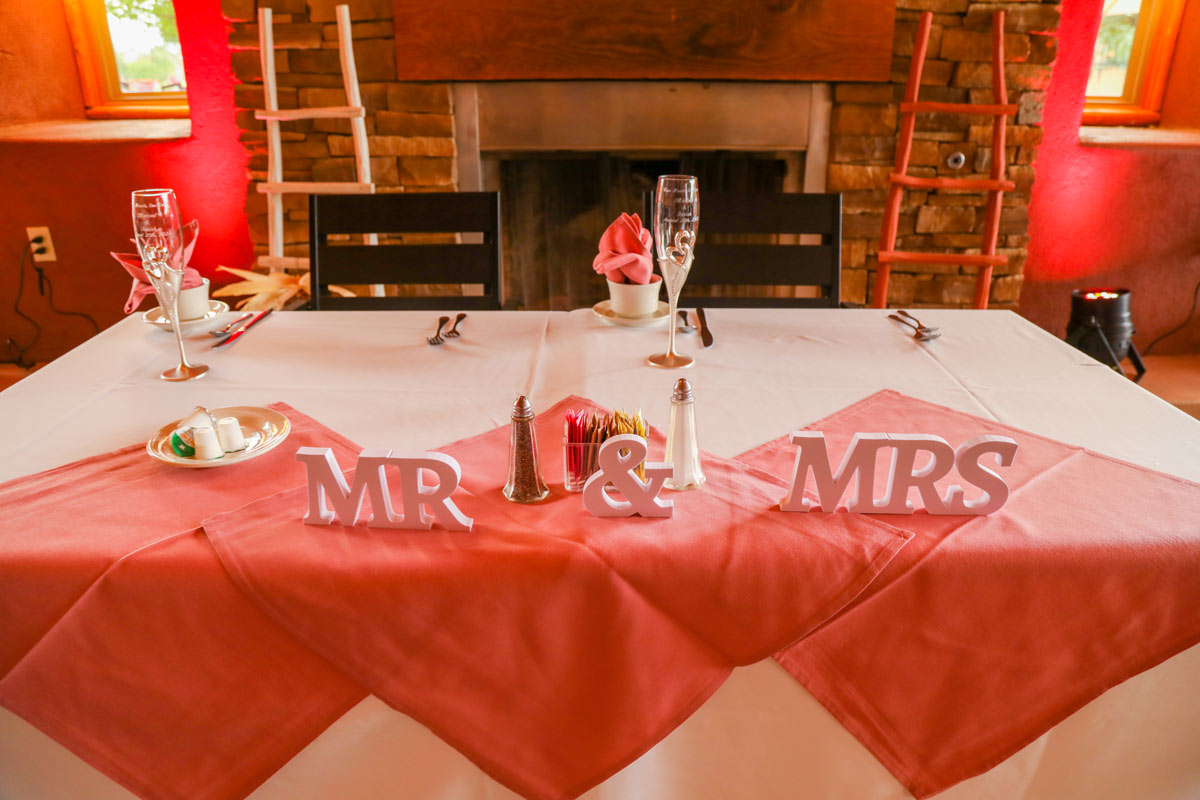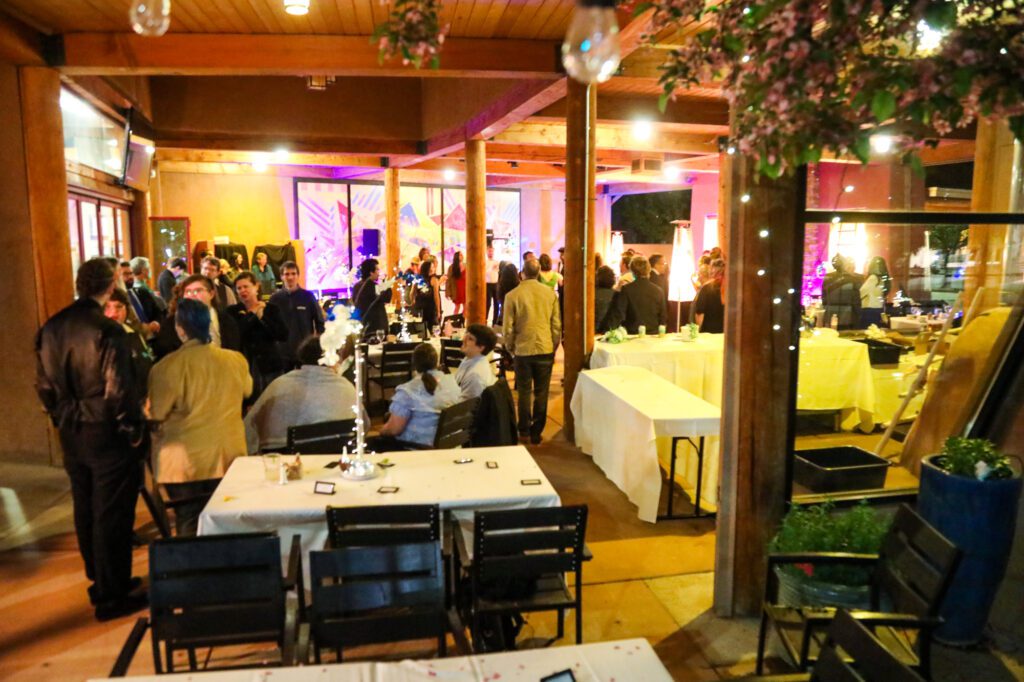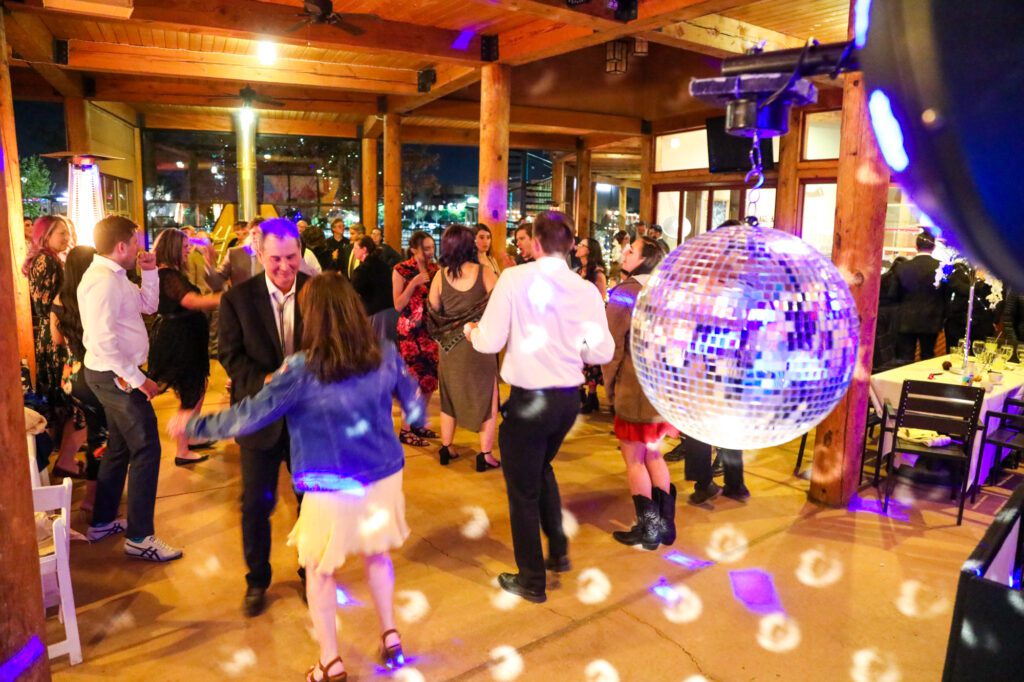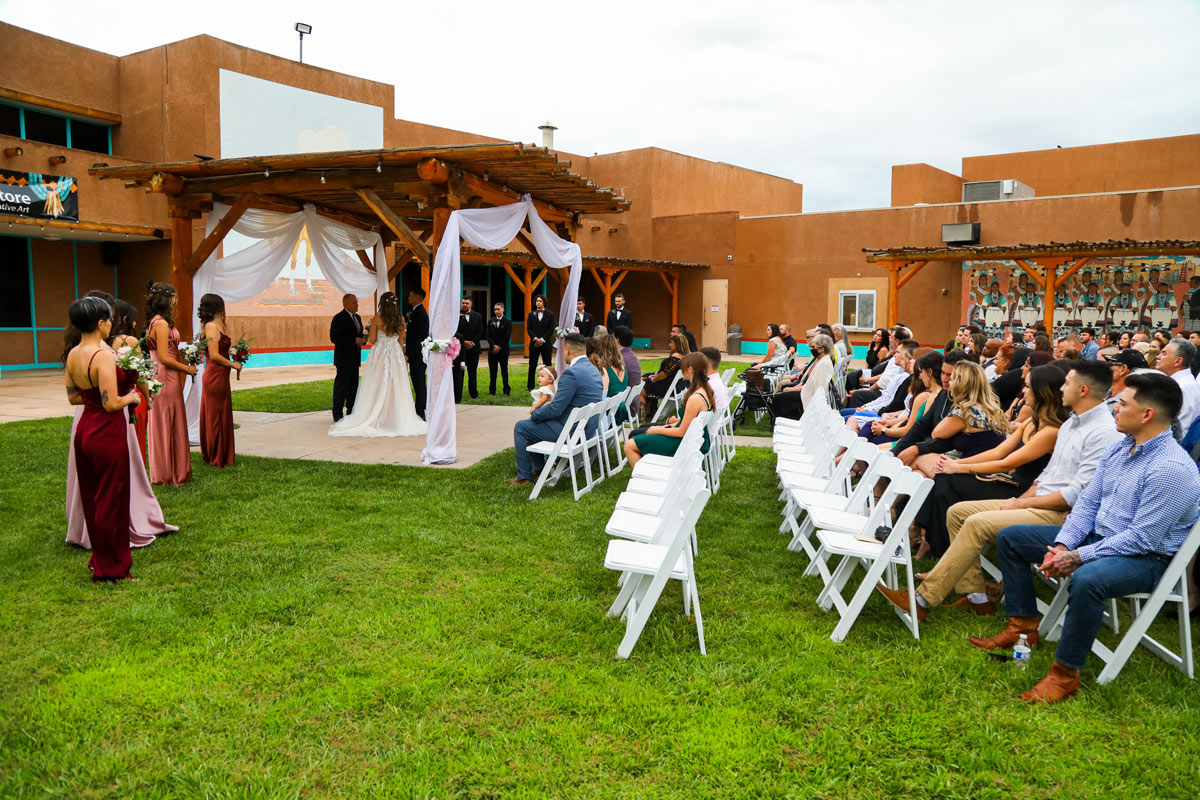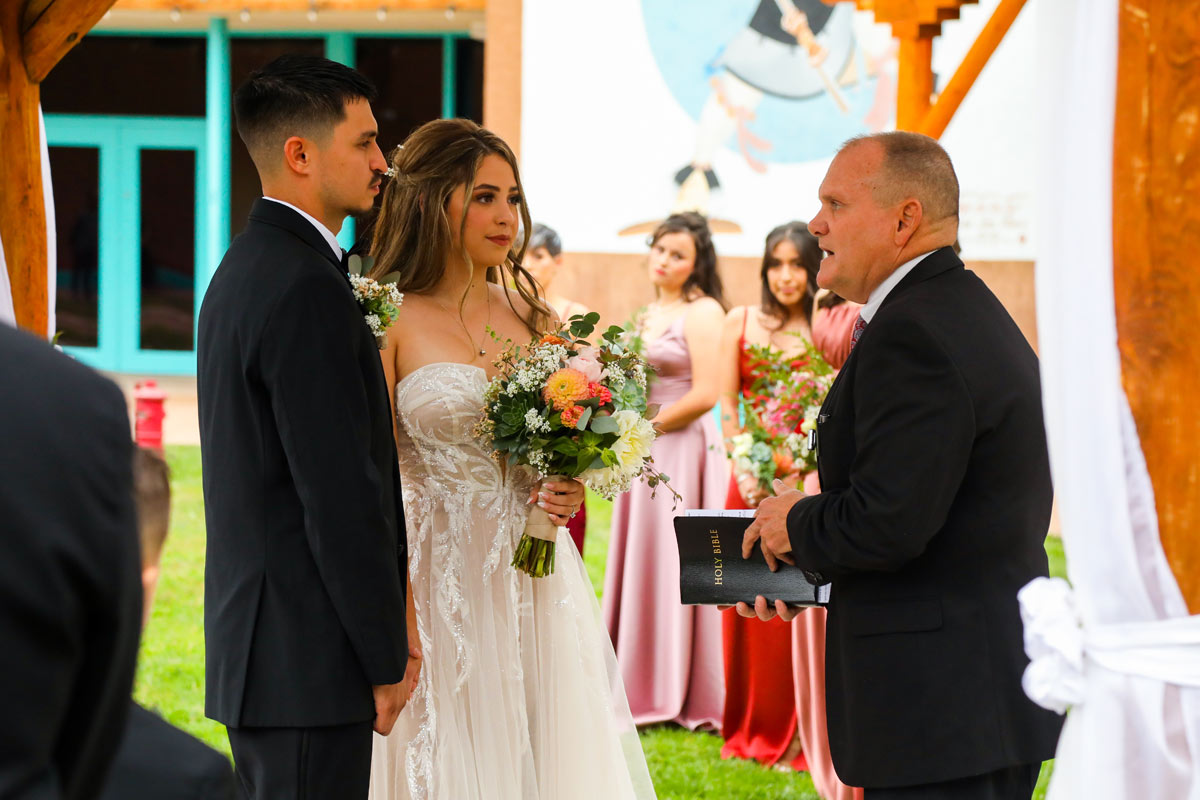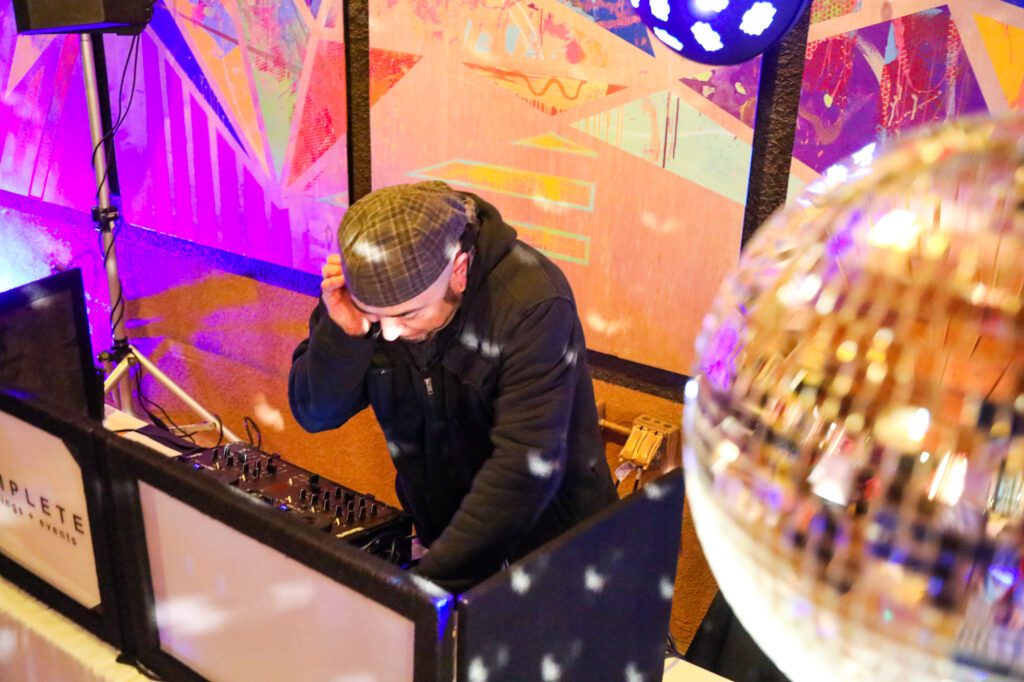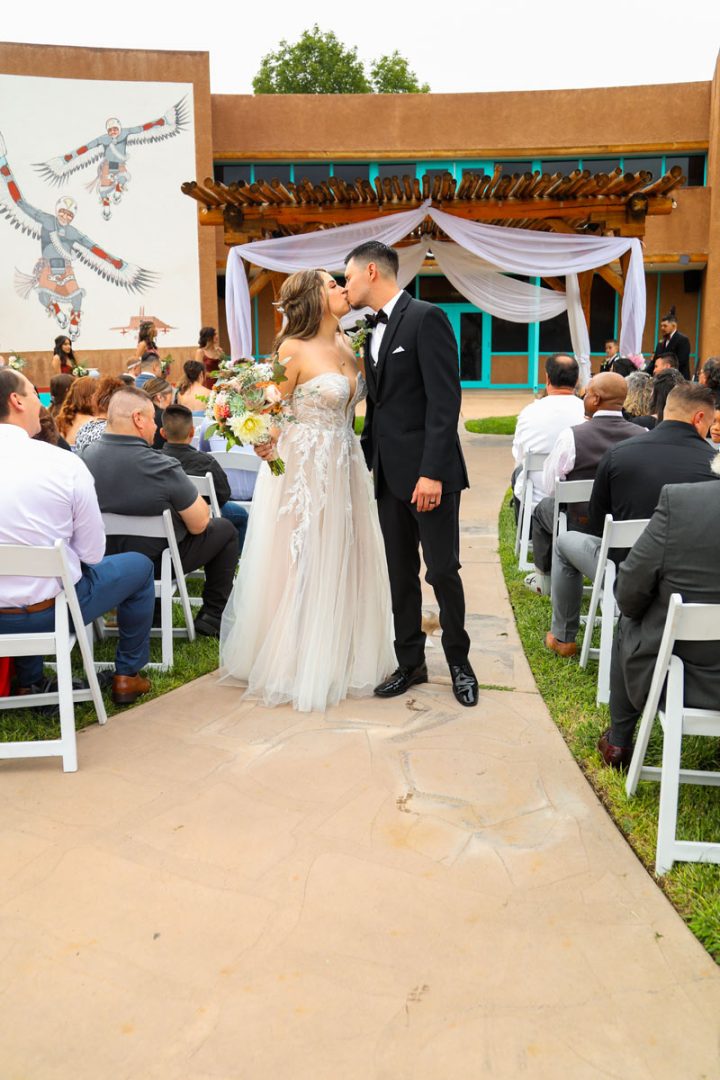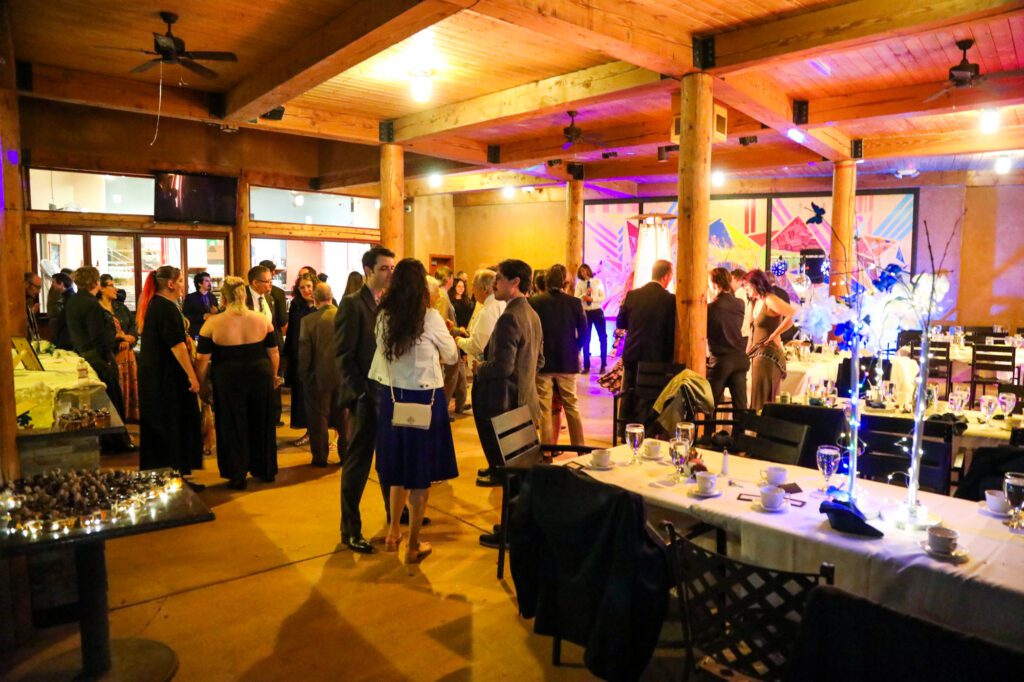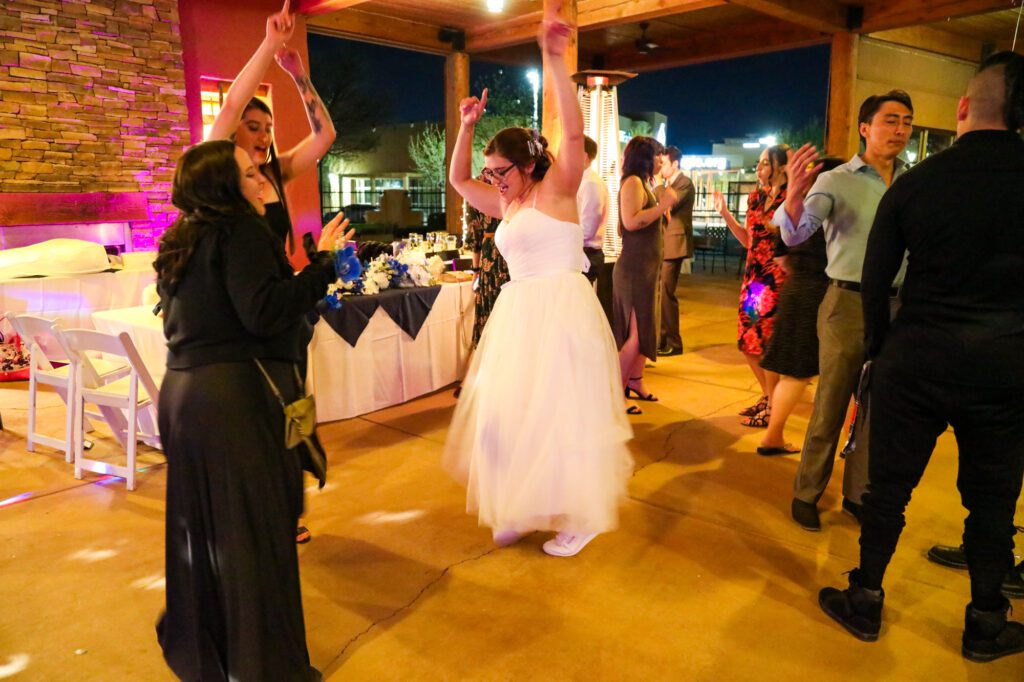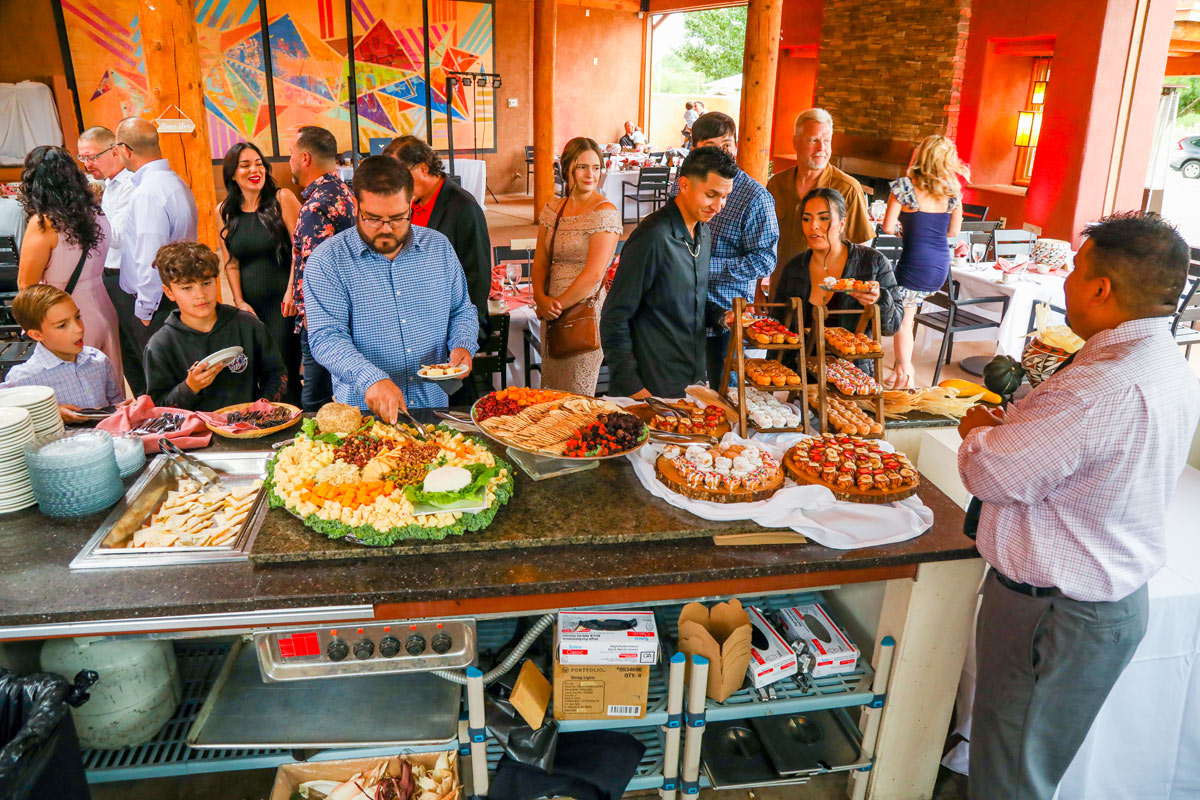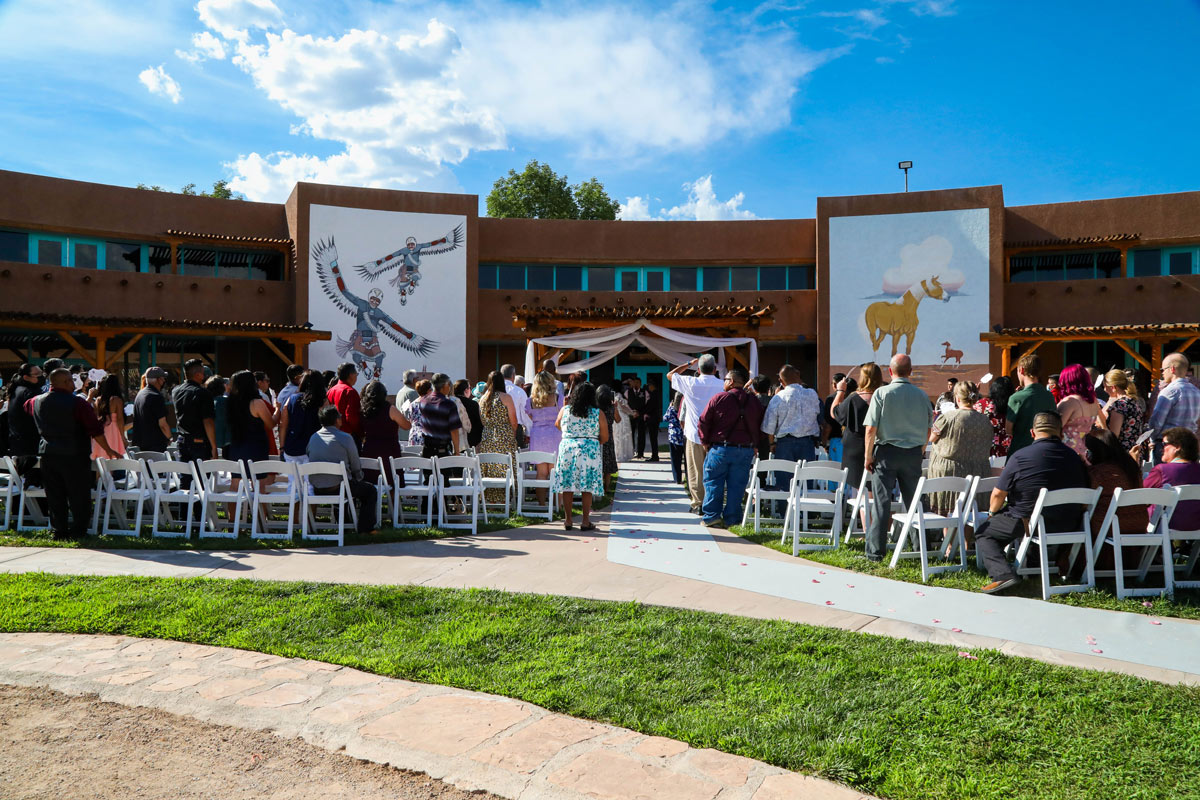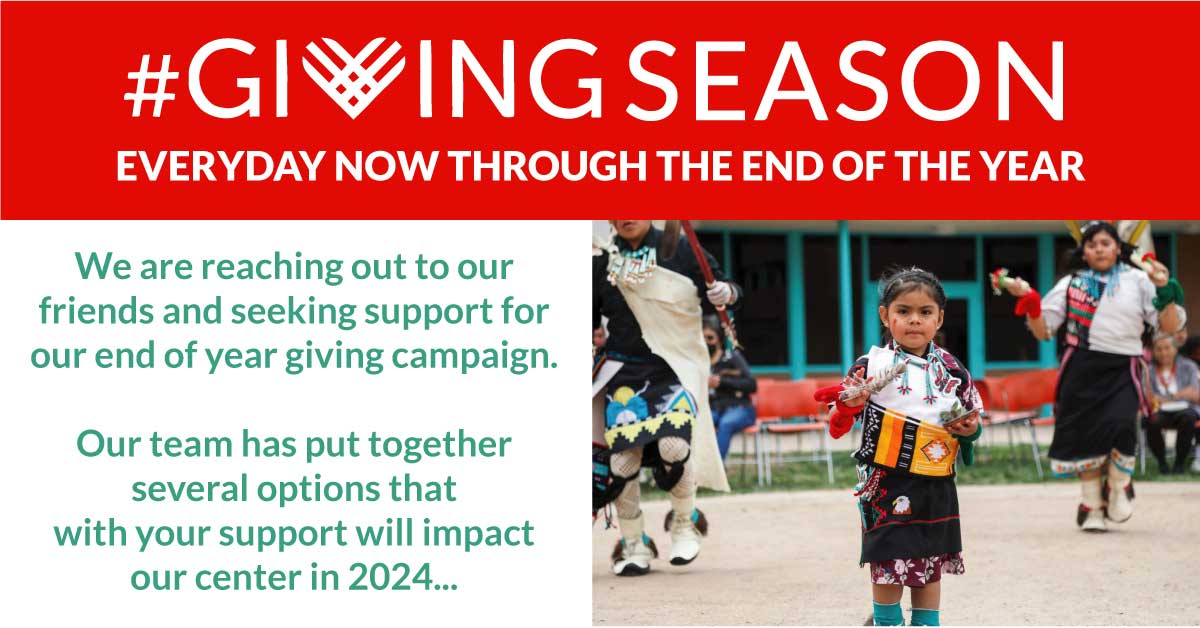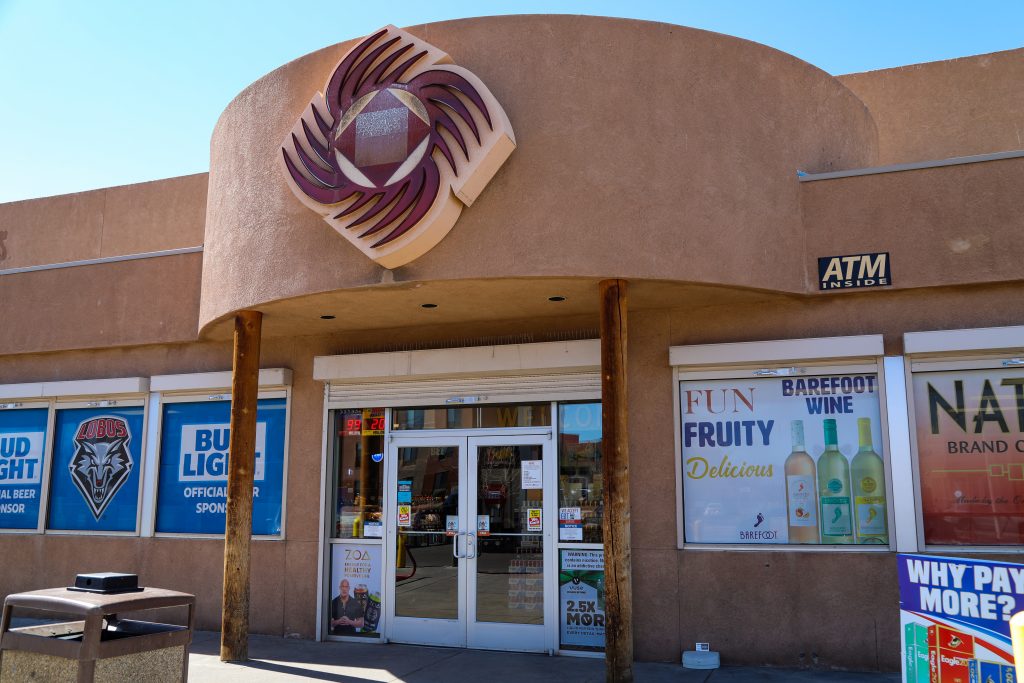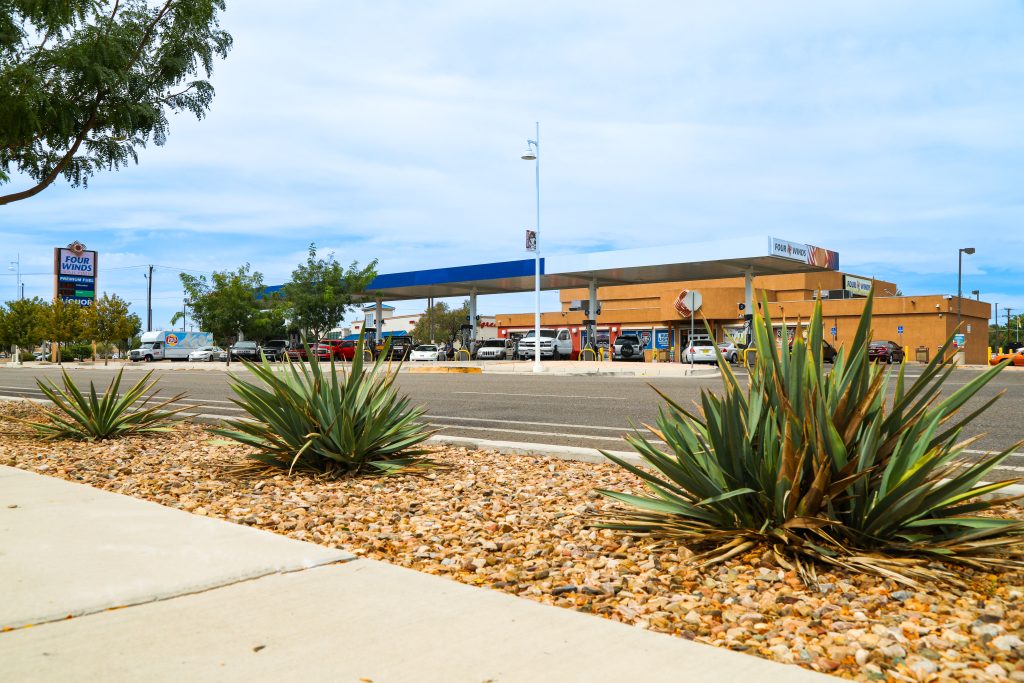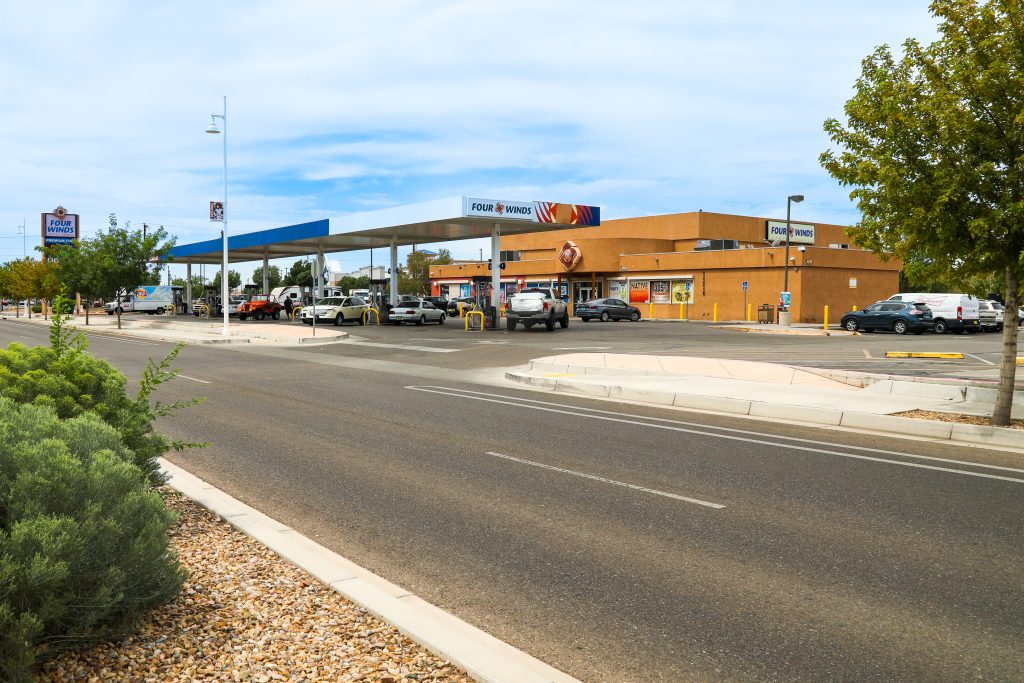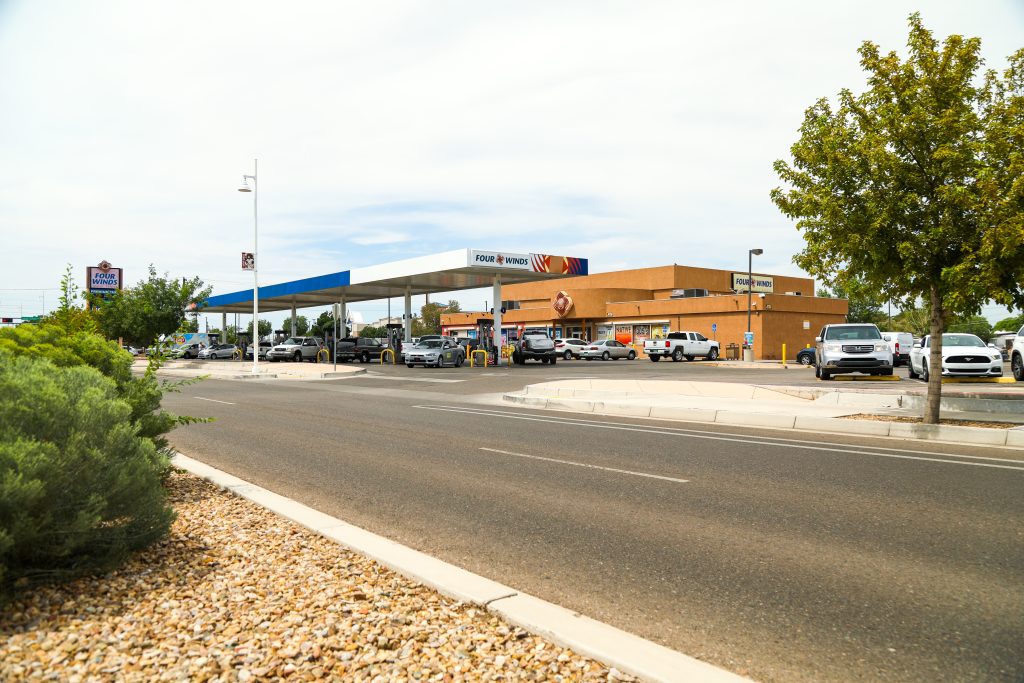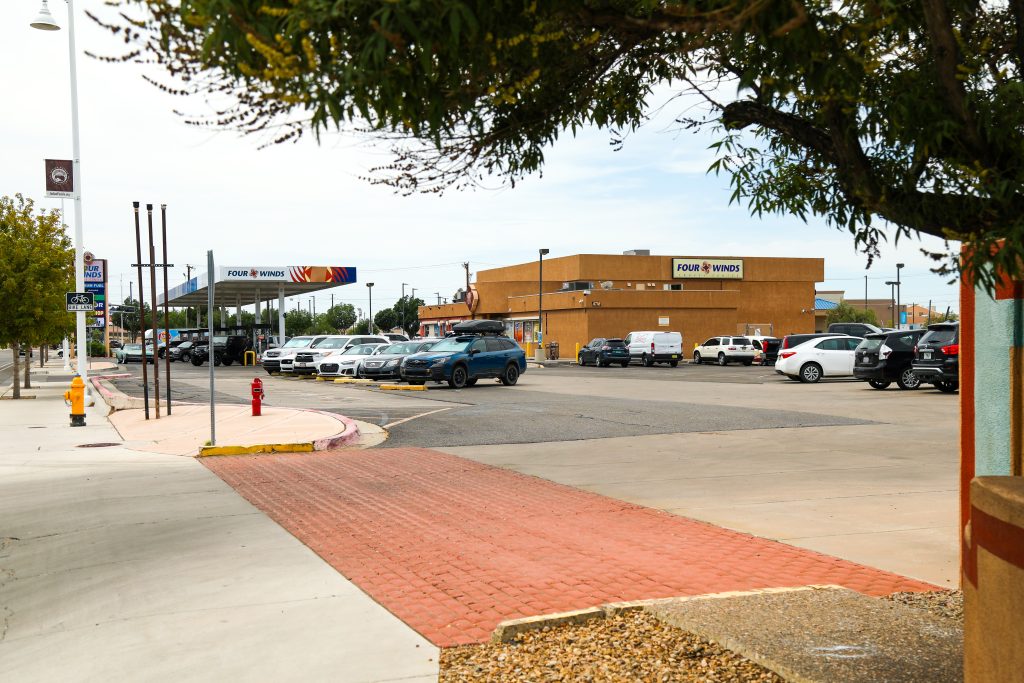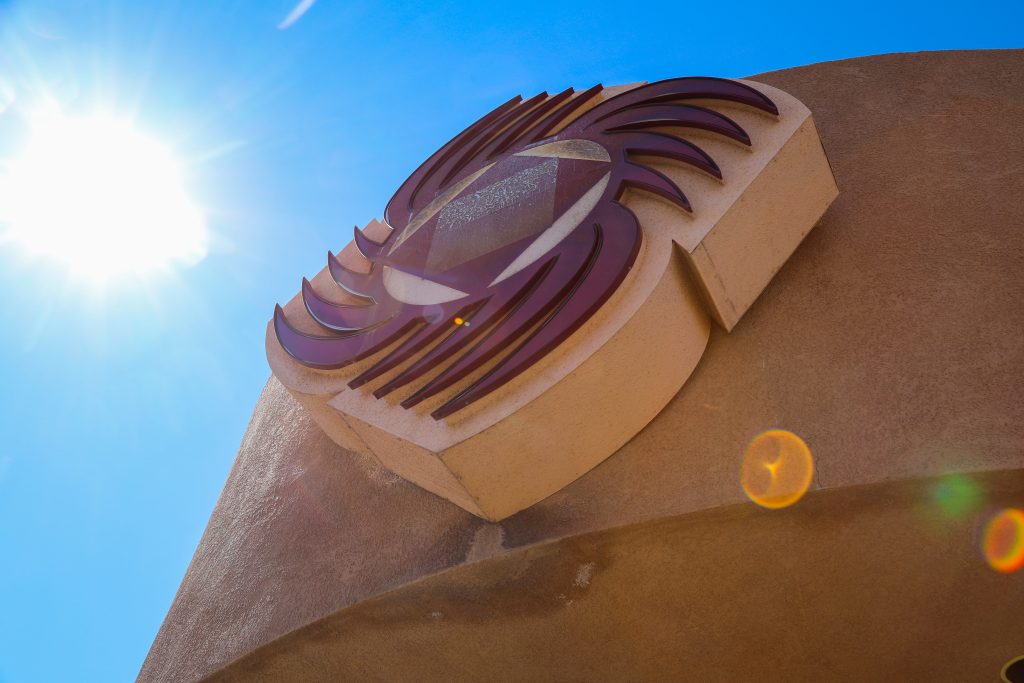Fighting Fires and Chasing Dinosaurs: An Interview with Artist Levon Loncassion
Levon Loncassion is an award-winning artist from Zuni Pueblo, with works at Mesa Verde National Park’s visitor center and the Heard Museum. A former wildland firefighter, his art is heavily influenced by nature, along with Zuni culture, and artists from Pueblos to Picasso.

Levon, who earned a Bachelor of Fine Arts from the University of New Mexico in 2005, grew up on Zuni Pueblo lands, enjoying the adventure that came with the Southwest landscape. He knew from a young age that art was an integral part of him, and a way to satisfy the need to understand his culture, past, present, and future.
His exhibit, “Zuni Ceratops and Anomalous Illusions,” has been on display in our Artists Circle Gallery for a few months, and will close July 15, 2018.
Levon is a person with a lot to say, and he shared many thoughts with us about adversity, art, resilience, and culture.”
IPCC: How did you know you were going to be an artist?
LEVON: I realized I was an artist because no one else in my family could draw as well as I could. I was drawing things that my older siblings couldn’t do, and so they would say, “Oh, you’re an artist.” And I didn’t really think of myself as an artist, it was just like . . . I guess if I were to think back at it, it was just kind of that strength of image. It’s burned into my brain and I just want to bring it out into a piece of paper, or drawing, or a pottery, or a basket.
IPCC: How did you get started with art?
LEVON: I remember when I was probably around seven years of age, I think I had my first psychological breakdown. The realization that we’re all going to die, and the universe is expanding, the sun’s going to burn out, all these things that they were teaching us in school. And for me, just having that realization, I think I internalized it to the point where I was fearful of everything else, so there was a time where I just was caught in that space, and every time they would ask me, “What’s wrong with you?” and I was like, “We’re all gonna die!” and as a kid, no one really took the time to explain it to me properly, and so I internalized it, and I think that was another influential part of me being an artist because I went inside [myself].
And I would just be crying, and then they’d be like “He’s crying, we don’t know what to do with him.” “Just give him some markers or crayons and he’ll be fine.” So once they did that I kind of broke myself out of it and I spent like hours just drawing dinosaurs, really large dinosaurs. After having that experience they put me in this thing called the Enrichment Program, and they would bring in people from the community, and artists that were passing through, and then there’s this woman who taught us how to make traditional Zuni pottery. That kind of focused my thoughts and energy into creating works of art.
Even at a young age I was selling pieces at art shows. It was crazy when I was in the third grade, getting a check for $200.
IPCC: Even at a young age, art was cathartic for you, helping you cope with the world?
LEVON: Growing up in a household where there’s an alcoholic father—there was a lot of abuse, violence, shouting—so for me to get away from that, I just had to escape, and what I would do is take a bunch of those materials from school and work on it alone by myself in my room, just to get away.
IPCC: Are you sure you want to talk about this?
LEVON: I think it’s important, because to talk about what it was that makes me an artist, I think that’s one of the main reasons. And even to this day it affects me, especially when I’m a father, knowing how traumatic that is, it speaks a lot. And I think when it speaks a lot and it hits you at the core, the work becomes more personal, and it becomes more true.
IPCC: You were a wildland firefighter for a long time. Was that your primary calling?
LEVON: I used fighting fire to fund a lot of my artistic ambitions. That was great up to a point. I would go through fire season, save up a bunch of money, then paint after the season. But most art shows are happening during fire season, and it made it hard for my art to be seen or get shown.
I was fighting fire with Mt. Taylor Hot Shots and I got into Santa Fe Indian Market, and then I knew for a fact that I couldn’t swing it, because I think that year we grossed 1,000 hours of overtime, so it was an eye opener. I did make a lot of money doing that, but I felt like a certain part of me was dying every time I was taken away from my painting.
IPCC: How did you end up transitioning professionally from firefighter to artist?
LEVON: I don’t know if you know about the Granite Mountain Hot Shots that were burned over and killed? We worked closely with them the whole entire fire season from 2010 to 2011. One season I hurt my knee and decided to take a year off, and that was the season they got burned over. In my mind I was thinking as much as it was really heartbreaking and hit home, in my mind I was thinking that could have just as easily been me. And I was thinking about how precious time on this earth is, and then staying true to my convictions of being an artist was brought to the forefront. Having this option investing my time and energy in a job that I know I can do, and I can do well, and I could make a good living off of it, or I could just take a leap of faith and invest in myself as an artist.
IPCC: You’ve said the landscape around Zuni has been a big influence on you and your work, from the time you were little on up to the present.
LEVON: My grandma and her extended family had been planting a plot of land near Corn Mesa, or Thunder Mountain is another place name for it. We would go there usually during early spring, and I remember when our families would get together—not only my family, but my aunts and my uncles, and people my grandma would know, who would come with a tractor and plow the fields. That was more like an event that I looked forward to, because everybody got together and we went out there and we planted, everybody pitched in, and people brought food and we had a big ol’ feast outside—steaks, corn, the whole nine yards.
Once the planting was done, there was just the rest of the day to go explore, so me and my brother and my cousins would go explore the mesa. We would venture out into the mesa, not really knowing or understanding the enormity of history that the place had. I would find myself picking up pottery sherds, caught at a very young age in this wanderlust, that random anonymous artist all those years ago who went and gathered clay, built that clay into a pot, burnished it, and then painted it, and then fired it—and that life progression of that piece feeding, cooking, carrying, and then breaking and being discarded—just that whole sequence in my mind, being blown away by it.

IPCC: You also mentioned traditional storytelling as an influence.
LEVON: During the wintertime when I was growing up, my grandma would sit us all down—and growing up we had a big ol’ fireplace—and in the dead of winter is usually the time of year when where stories were told, traditionally, and she would sit and tell us the creation story, and serpent of the sea stories.
Sitting there listening to her, she would speak only in Zuni, so it made it more precious, made it more influencing, because if somebody talks to me in Zuni versus English, I feel like it’s more important. Being caught in that moment where I’m captivated, listening to her, my mind just went—I was going to these places, and I was seeing them visually in my mind. And especially when we would go plant, that’s where some of the stories were relating to.
IPCC: What would you like to get out of the Artists Circle Gallery show?
LEVON: I guess try to put a name with the work, or a face with the work, especially it being here in Albuquerque, and it being my home away from home, and using it a kind of a platform or stepping stone. I feel like after deciding to make this transition to be a full-time artist that it’s a great opportunity, a good place to start, something to focus on. Hopefully it will take on a life of its own.
Be sure to check out Levon’s prints and t-shirts available exclusively through the Indian Pueblo Store.

